The name Paschimottanasana comes from the Sanskrit origin and is a combination of 3 words Paschim which means West, Uttana which means stretch and asana which means pose. Interestingly according to the western philosophy, the front of our body is called East and back is called the West and as this asana stretches the back muscles more, it has received this name. It is a classic Hatha Yoga pose with numerous inherent benefits. In this guide, we will provide you with the detailed information about Paschimottanasana including the steps to do the same, how to master, tips for beginners, variation for advanced practitioners, benefits, precautions and much more. Read here to get yourself enlightened about this classic asana called the Paschimottanasana.
Ever wondered why our grandparents lived healthier lives and longer ones too? There could be many reasons, such as:
- Healthy eating habits.
- Clean air.
- Natural supplements.
- Holistic lifestyles.
- Positive thinking.
- Natural and simple living.
- Enough sleep.
- Enough entertainment.
- Less tension and worries.
- Exercise.
Yes, the last one, exercise and they did not have to pump iron or gain pain for the same. The ancient art and science of yoga helped our grandparents stay healthy and fit. The same is being applied these days by millions across the globe.
Paschimottanasana Yoga (Seated Forward Bend):
So if you too believe in natural ways and not the iron-pumping fiascos, we would ask you to read on and learn more about yoga, and it’s various benefits. Today we would like to speak more on Paschimottanasana, one of the branches of yoga. It is also known as an intense dorsal stretch. Hence, please read on and be well-informed for the same paschimottanasana yoga (Seated forward bend).
Paschimottanasana in literal terms means an intense stretch of the west. It is also known as the seated forward bend pose. The pose though seems simple, is slightly difficult to perform. The asana focuses on the spine of the body. The Paschimottanasana benefits of this asana and Paschimottanasana images are mentioned below.
[See More: Adho Mukha Svanasana]
How To Do Paschimottanasana Yoga Steps, Benefits, Modifications, And Precautions:
This guide will explain what is paschimottanasana, how to do Paschimottanasana perform steps, benefits, precautions, and modifications along with tips for beginners.
Steps:
- This asana has to be done by beginning with a staff pose or dandasana. Here are the steps for dandasana
Dandasana:
- Begin by sitting on the ground with your feet extended forward.
- Rest your palms beside your hips firmly and sit upright. Now flex your feet. The thighs must be firm and toned, and the legs must be rolled towards each other, in such a way that it hugs your midline.
- Now draw up the pelvic floor, draw in your lower belly, lengthen your neck and tuck your chin.
- Now the focus must be on your spine, must be in its natural shape. If you sat against a wall, you could feel a hollow behind your lower back and neck. This means that your spine is naturally aligned.
- From dandasana, inhale and reach your fingers to the sky, in order to lengthen the side bodies.
- When you exhale, draw your inner groins into the pelvis, ensuring that the torso is kept long.
- Now bend forward – not bending at the waist but at your hip joint. Stretch your tailbone away from the back of your pelvis.
- In this posture, if your hands happen to touch the toes, then grab the outsides of your feet with your hands.
- If you do not manage to touch the toes, then keep your hands on your shins.
- Remain in this posture for a few breaths, ensuring to deepen the pose with each breath. Maintain your gaze at your feet and keep your spine long.
- For each inhalation, lift your torso and also lengthen it. With each exhalation, release your torso into the forward bend. With regular practice, you may be also able to reach your arms out beyond your feet.
- Remain in this position for at least 1-3 minutes and return back to dandasana.
Benefits of Paschimottanasana Asana (Seated Forward Bend Pose):
The following are the advantages of Paschimottanasana, both physical and therapeutic.
Physical Benefits:
- This asana is known to stimulate organs of the body like liver, kidneys, uterus, and ovaries, and aids in their functioning perfectly.
- It improves appetite, digestion, cures diseases, and also controls obesity.
- The spine, shoulders, and hamstrings are stretched by performing this asana.
Therapeutic Benefits:
- The asana is considered to soothe people who experience anxiety and headache. It is also known to reduce fatigue and stress.
- It is also beneficial for people who have problems like high blood pressure, insomnia, sinusitis, and infertility.
- Women with menstrual discomforts can also benefit from performing this asana.
- Menopause discomforts can also be battled well with this asana
- This asana calms the mind and is capable of curing mild depression.
Modifications for Paschimottanasana Yoga (Seated Forward Bend):
A variation to this asana is Urdhva Mukha Paschimottanasana or upside down the intense stretch of the west pose. This can be done with the following simple steps:
- Start by lying on your back. Exhale and bend your knees into your torso.
- While inhaling, extend your heels towards the ceiling.
- On the exhalation, bring your feet towards the floor, resting them above your head.
- While doing so, ensure that you do not lift the back of your pelvis from the floor.
It is preferred to sit on a folded blanket for doing this pose, as doing this asana is difficult. Attaining a complete forward bend in the first try is not easy. For a more intense version of the pose, you could place a block in front of your feet, to use them as an extension of your feet.
[See More: Karnapidasana]
Precautions for Paschimottanasana Yoga (Seated Forward Bend):
There are certain paschimottanasana precautions and contraindications. The asana is not suited for people with the following conditions:
- Lower back injuries (however can be performed with the assistance of a trainer).
- Asthma
- Diarrhea
- Pregnant women should avoid doing this asana under all circumstances.
Paschimottanasana for Beginners – Tips:
- Beginners must not force themselves into a forward bend while doing this asana. If you experience pain or discomfort while doing this asana, you must come back to the original position immediately.
- You can use a trap around your feet so that you can use the open handles to touch the toes indirectly.
Preparatory and Follow-Up Poses:
The preparatory poses for paschimottanasana are balasana, uttanasana, and Janusirsasana.
Let us now know elaborately all about the preparatory poses of paschimottanasana and also the benefits of paschimottanasana. This posture is in the seated position, and Ardha Paschimottanasana should be followed at least about 5 times before you do the paschimottanasana steps. The Vajrasana Yoga posture should also be practised before doing this. You can also follow the Vajrasana posture with the grinding mill pose for about 5 times before you start with the paschimottanasana.
This is a very interesting posture and also has a lot of benefits. In this one, you again do a seated forward bend yoga. What you have to do is sit with your spine straight and then spread your legs in front of you. When done, just pull out your hands and then clasp them together right parallel to your face. Now slowly rotate this clasp just how it happens in a grinding mill, and this is how you practice the posture. The Ardha Padma Bandhasana and the Ugrasana (ferocious pose) are two of the follow-up poses of the paschimottanasana.
When Should You Not Practice Paschimottanasana:
There are always contradictions to all exercises, and each one is a little not suitable for some people. In this case, people who have had abdominal surgery are not supposed to do this posture at all. If the surgery has been done recently, then it is an even stricter no-no for you. Also for people who are suffering from sciatica as well as slipped disc are advised not to practice paschimottanasana steps at all.
Some Tips and Tricks for Paschimottanasana Yoga:
To achieve proper paschimottanasana benefits, you should follow certain dos and don’ts, which even make the posture easier. For the posture, try to touch the toes with your hands and try to stick your nose until your knees. That is absolutely the correct way to do this.
A strict no-no is bending the knees because, in that way, you will have no benefit of practising the seated forward bend and also try to arch your back while bending. This is because you should always ease and relax your back and keeping it straight while bending may thus cause some problems.
Where Does The Anatomical Focus lie for Paschimottanasana Yoga?
The perfect anatomical focus of practising this posture lies on the lower and upper back, hamstrings, abdomen, and the like. Menstrual disorders are said to go away with regular practise of this yoga posture. This is also a beautiful and holistic remedy for diseases and ailments such as digestive problems, liver problems, diabetes, kidney issues, and colitis.
Overall this yoga posture is good for the whole body, and it stretches right from the head to the toe to even the sides of the body, which hardly happens in one posture otherwise. Besides, the focus is on the abdomen, which in turn is somehow linked with the respiratory system. The practice of this posture thus says to cure the problems of the respiratory and digestive system both.
Paschimottanasana Yoga is an extremely beneficial yoga posture and not at all a complicated one. What you have to do is keep in mind the tips and what to follow and keep practising paschimottanasana steps.
[See More: Virabhadrasana]
Science Behind Paschimottanasana:
This is a holistic asana giving the perfect stretch right from the top to the toe. Due to the contraction of the anterior muscles, which happens naturally with this asana, a pressure is created on the thorax as well as the abdomen and thus improves the functioning of the abdominal glands as well as the respiratory system. The blood circulation is improved in the back, and thus, the nerves of the spine are toned, and flexibility is improved. The nadis are purified, and even the kundalini is awakened.
Paschimottanasana is one of the classic asanas which, when practised regularly, can immensely benefit you not only physically, but also mentally. Certain psychosomatic ailments which have no treatment in the medical world can easily be cured by practising this asana regularly. Following the aforesaid steps and tips and tricks, one can soon master this asana. So have you begun your practice? Share your experience with our readers in the comments below.
Frequently Asked Questions & Answers:
Q1. What Does Paschimottanasana Mean?
Ans: Paschimottanasana is a Sanskrit word which is made up of 3 words, namely Paschim, which means west, Uttana which means stretch and asana, which means pose. Together the name means Seated Forward Front is bending. The other names of Paschimottanasana are Ugrasana, intense dorsal stretch, and Fierce or powerful pose.
Q2. How to Keep Your Back Straight While Bending Over?
Ans: The following steps would aid you in keeping your back straight while bending over:
- Keep the head high, chin in and shoulder blades pinched together
- Maintain the normal arch of the lower back.
- Pull your abdomen gently in to flatten it
- While the knees face forward, point your feet straight ahead of you
- While you are standing for long hours like in the kitchen, then it’s advisable that you keep one foot on a small stool and keep changing the foot often.
Q3. How do You Realign Your Body?
Ans: The following exercises will aid you in realigning your body faster:
- Stand straight with the feet hip apart and extend the arms to the side at the shoulder level
- Lie down on your back and raise your legs and put them on the seat of a chair
- Stand with your back supporting the wall and knees and feet hip apart
Q4: How to know if your spine is out of alignment?
Ans: The following are some easy ways to find out if your spine is out of alignment:
- When you lie down, your one leg is shorter than then the other
- While standing your one hip is higher than the other
- Your spine has twisted to the right or the left side
- Your movement is abnormal, or your muscles are imbalanced.
Q5. How to Touch The Head to Knee Forward?
Answer 5: The following steps will help you touch your head to the knee forward without bending them:
- Sit straight on your mat with both the legs extended in front of you
- Now bend your right knee and bring the foot of the right leg under your right thigh
- Turn torso to face the left foot
- Now inhale deeply and extend both your hands above alongside the ears
- Now maintaining your length along the spine and bend forward as you exhale. Let the hands fall anywhere they do naturally
- Stay for 4-5 breaths and inhale as you come back to the original position.
- Repeat the same with the other leg
Q6. How do You Master Paschimottanasana?
Ans: The following steps will help you master Paschimottanasana:
- While bending forward, always exhale. This will lengthen the front of your torso.
- While doing the exercise keep your feet close to each other
- Stop whenever you feel the stretch in the back or thighs even if you are not touching your toes.
- Repeat, and slowly and gradually, your flexibility will improve, and you will be able to master the same.
Q7. Is Bending Forward Bad for Your Back?
Ans: Bending forward could be bad for your back, especially when you are being pulled forward forcefully by your teacher or trainer as this could tear your ligaments and or seriously injure your spinal disc.


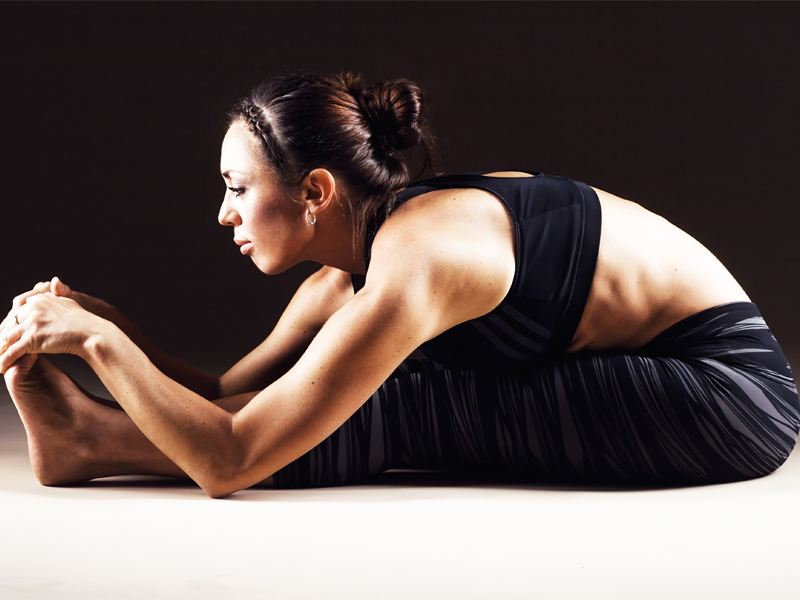
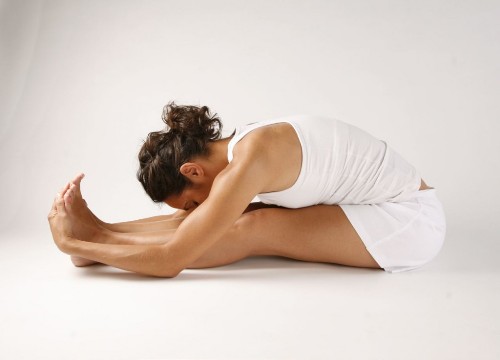
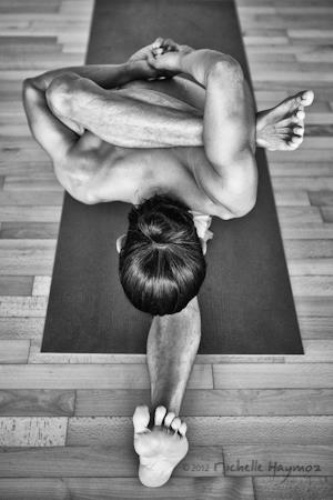









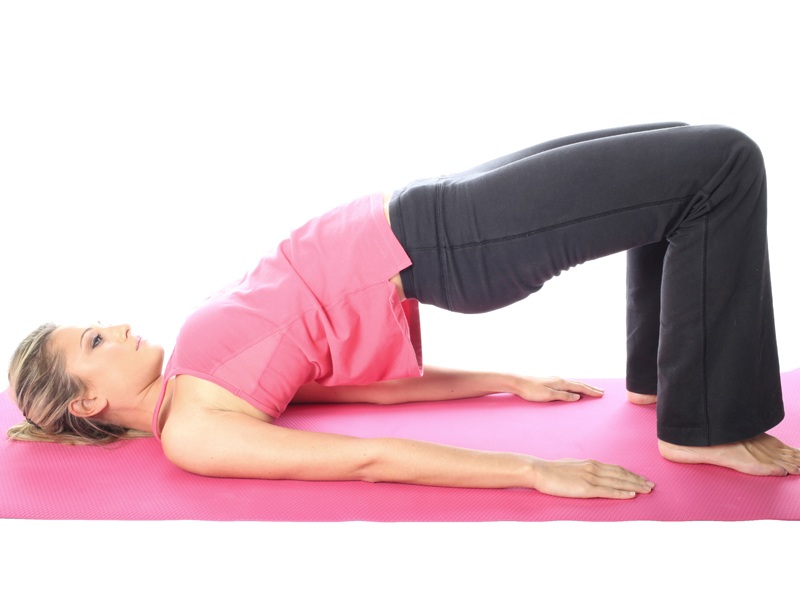
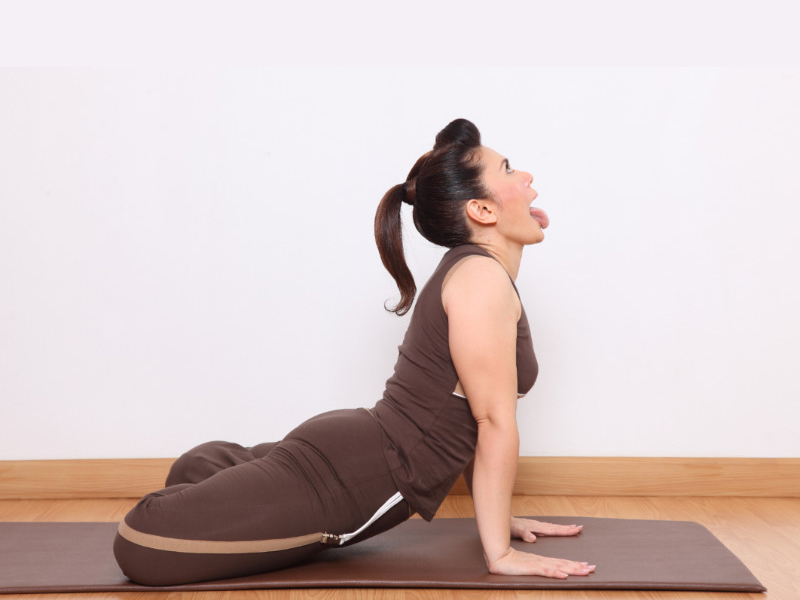

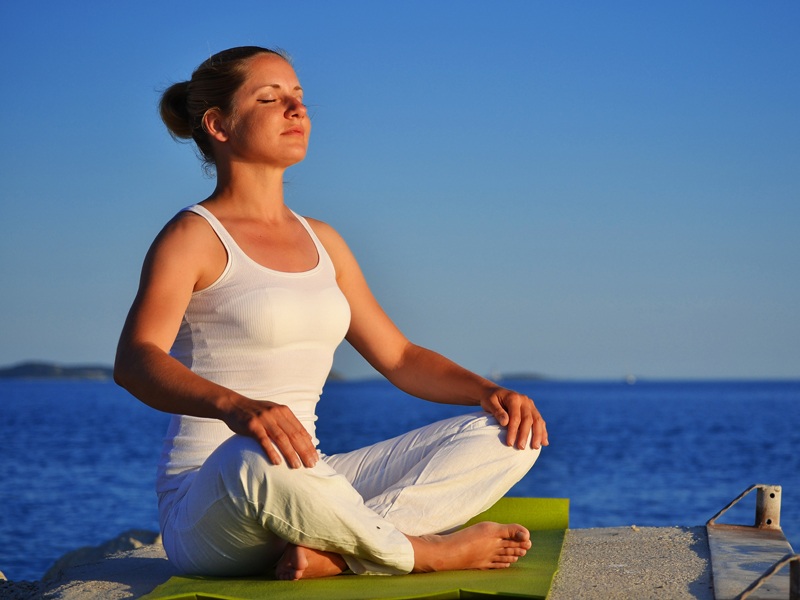
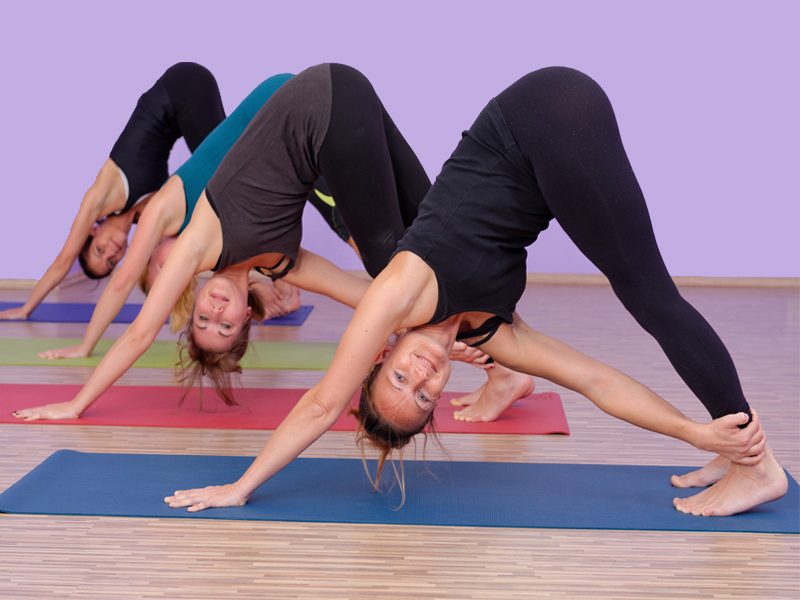

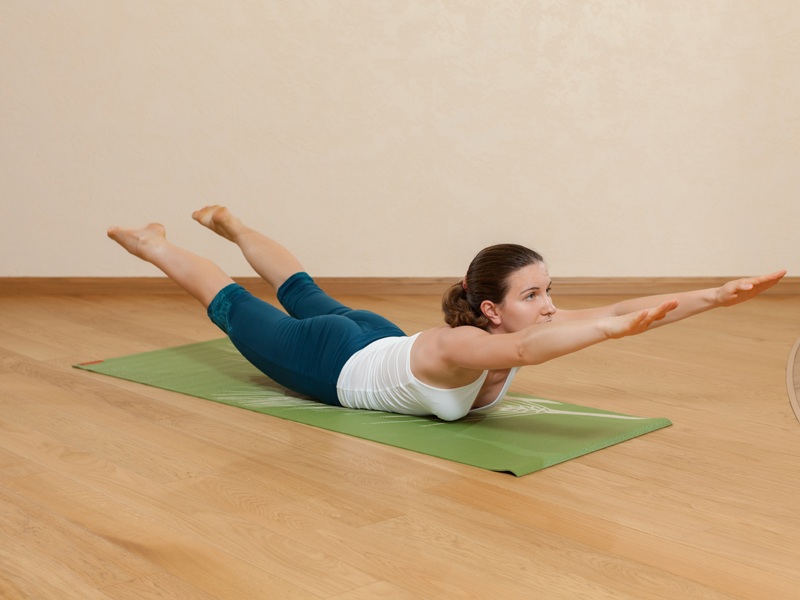
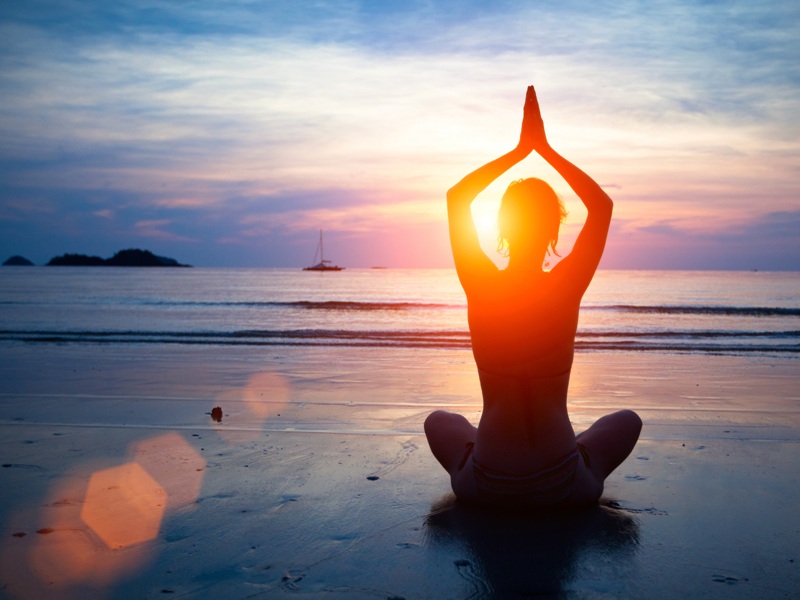

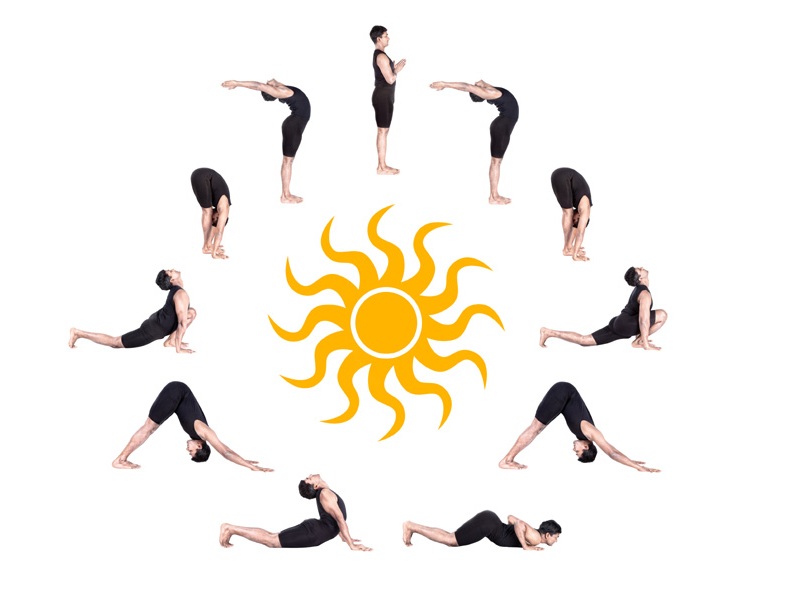
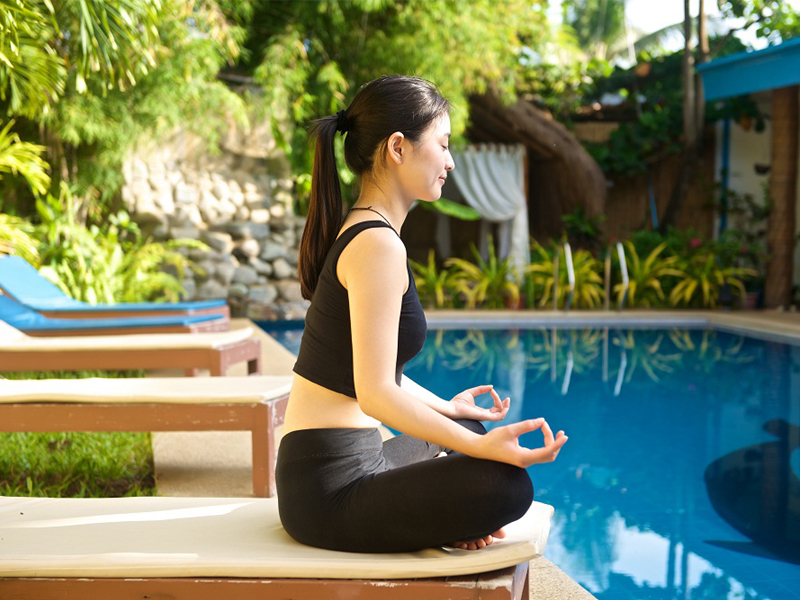
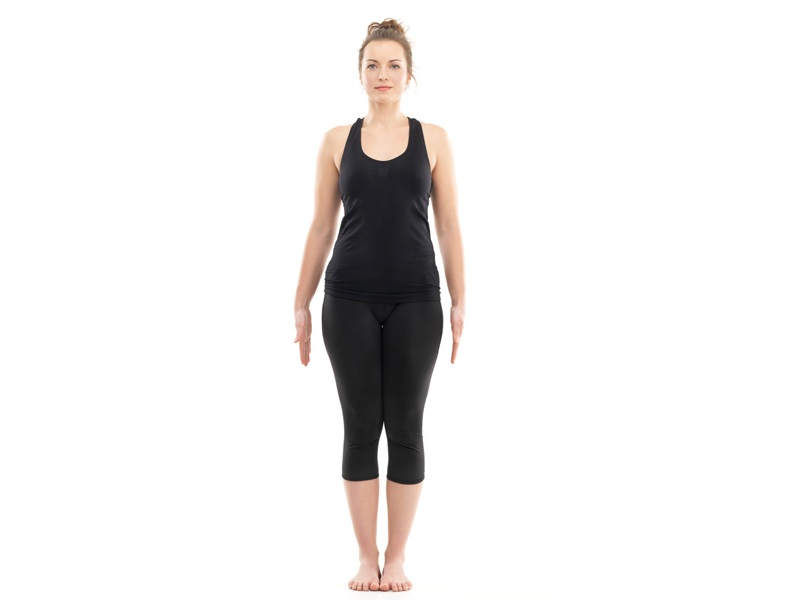
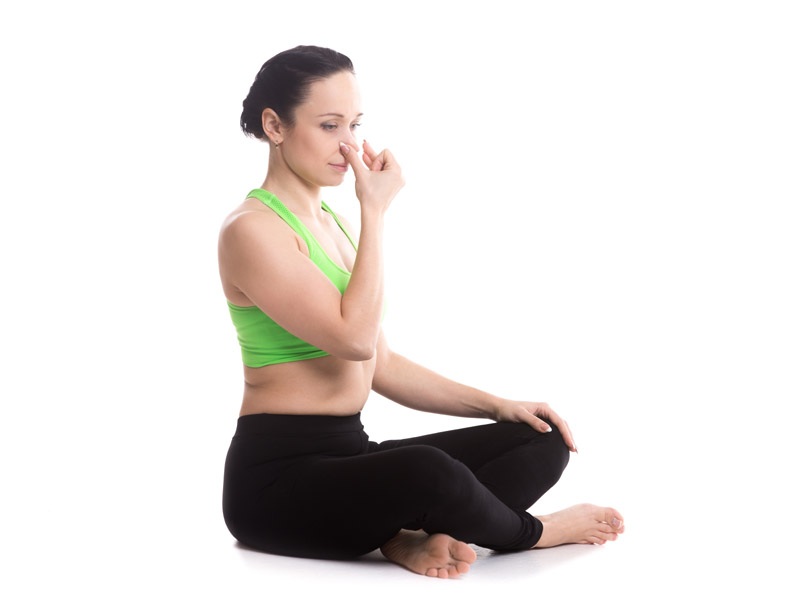
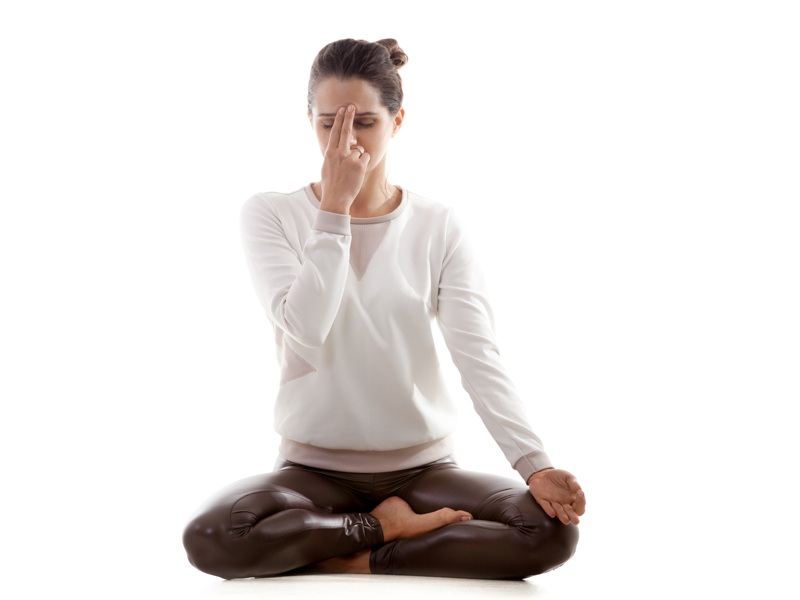
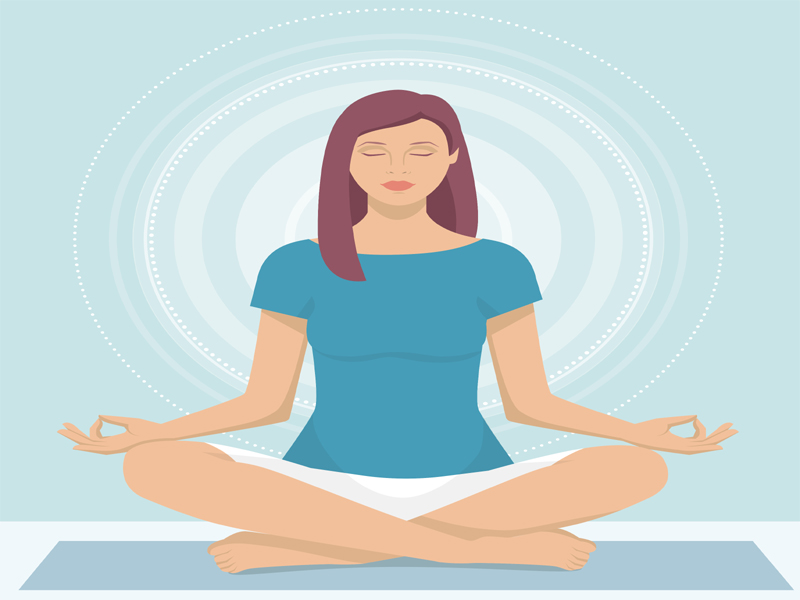
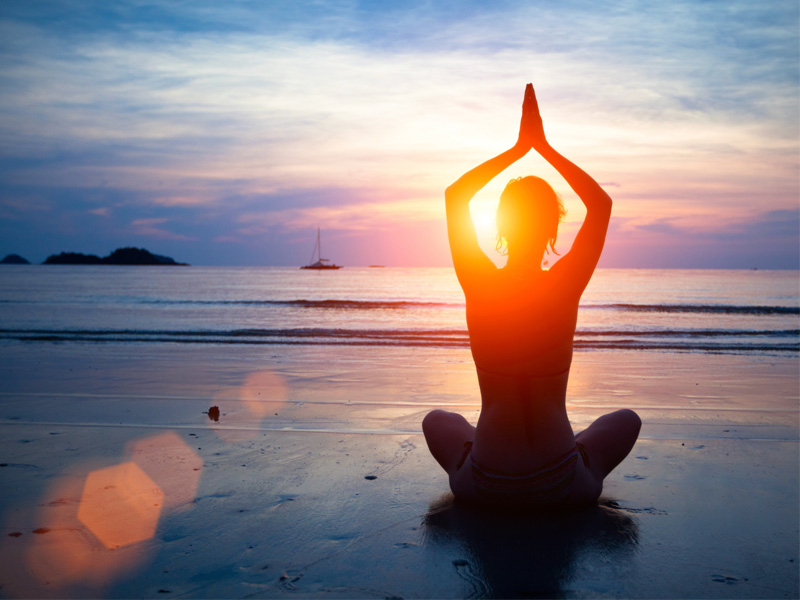
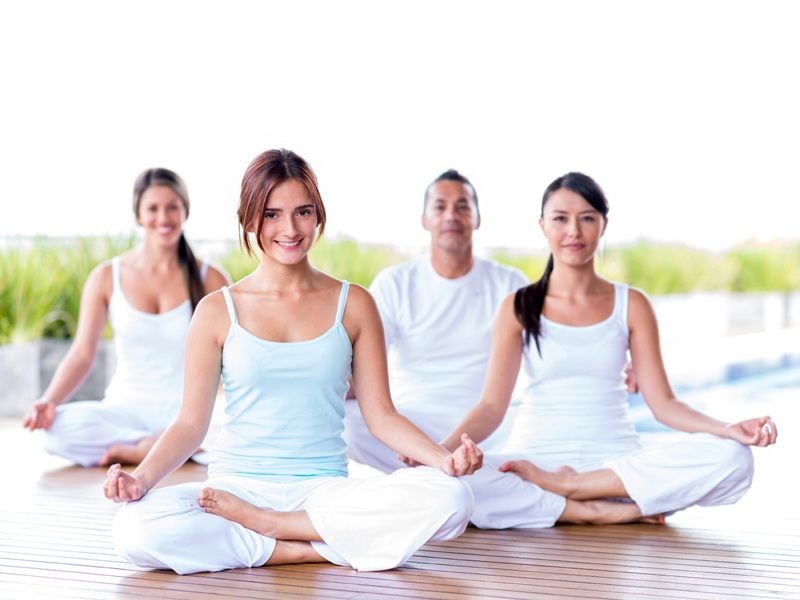
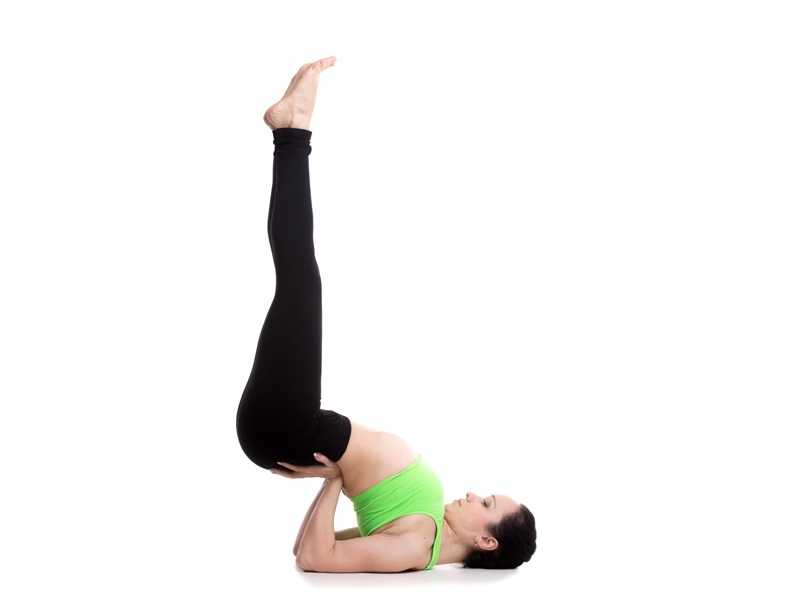
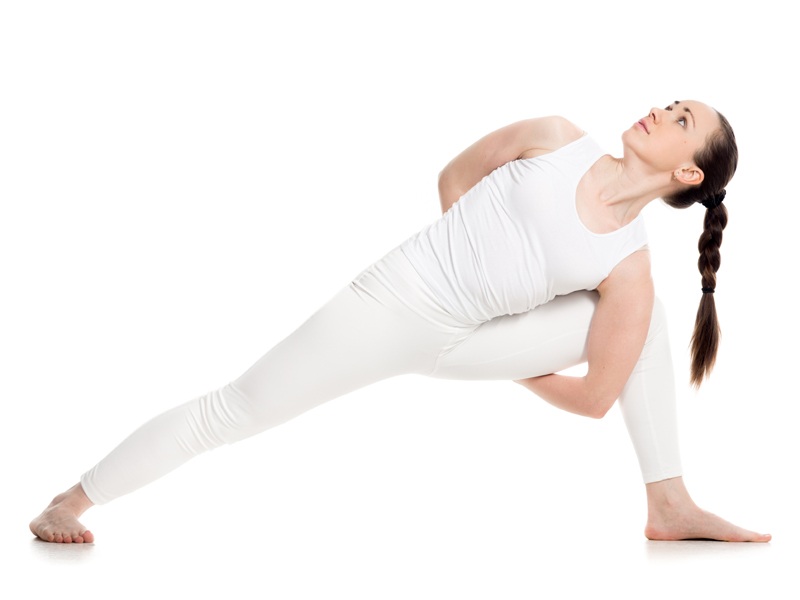
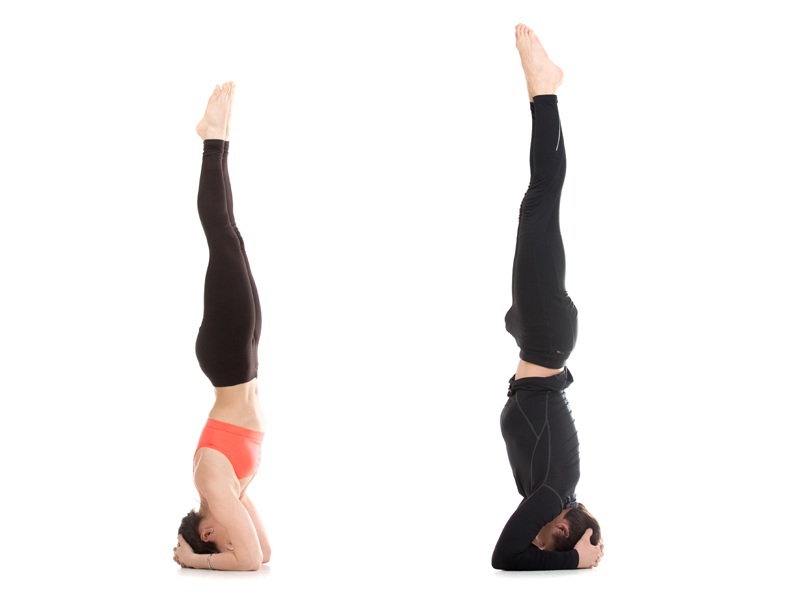

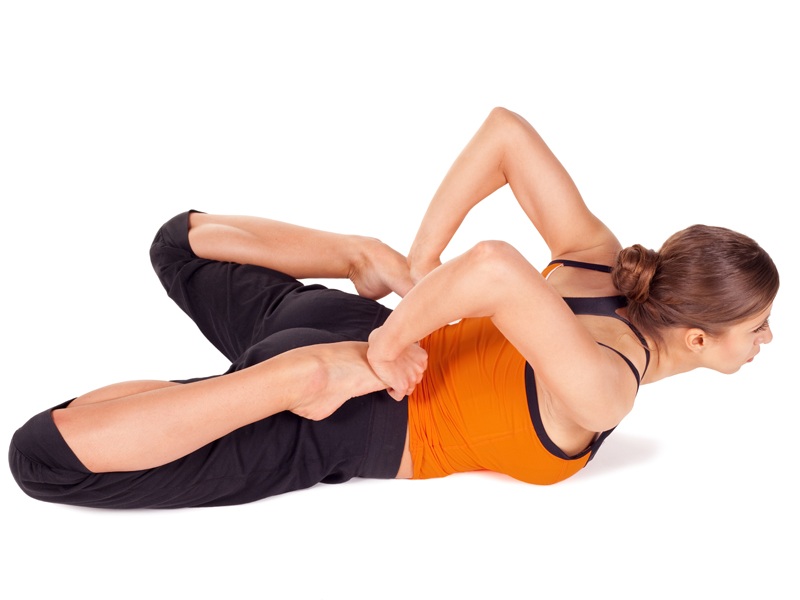
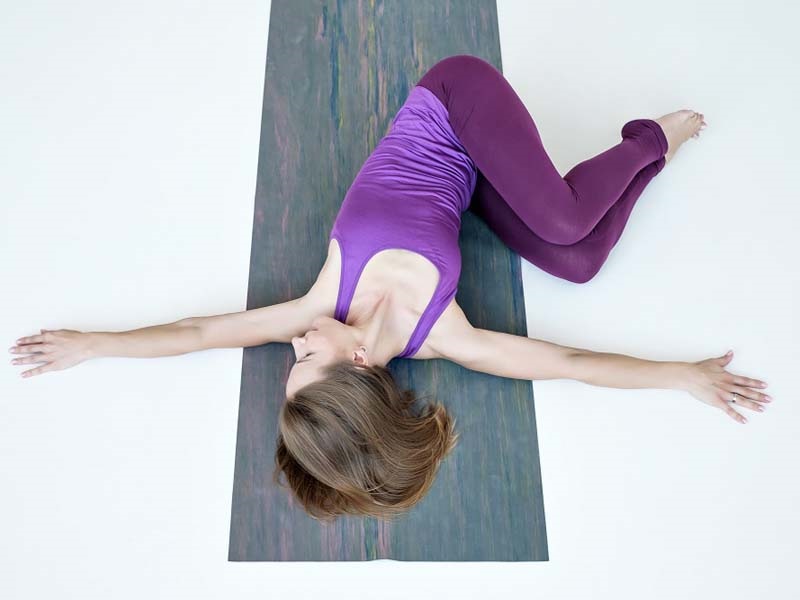
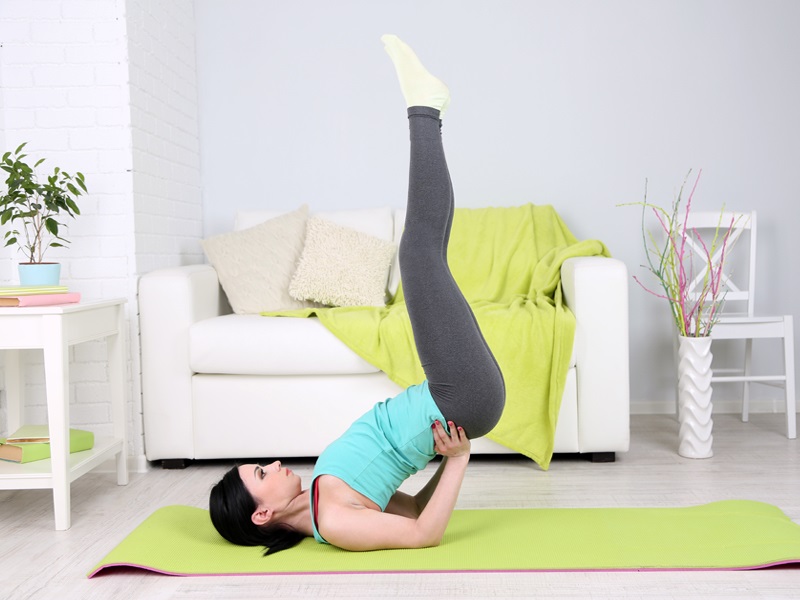
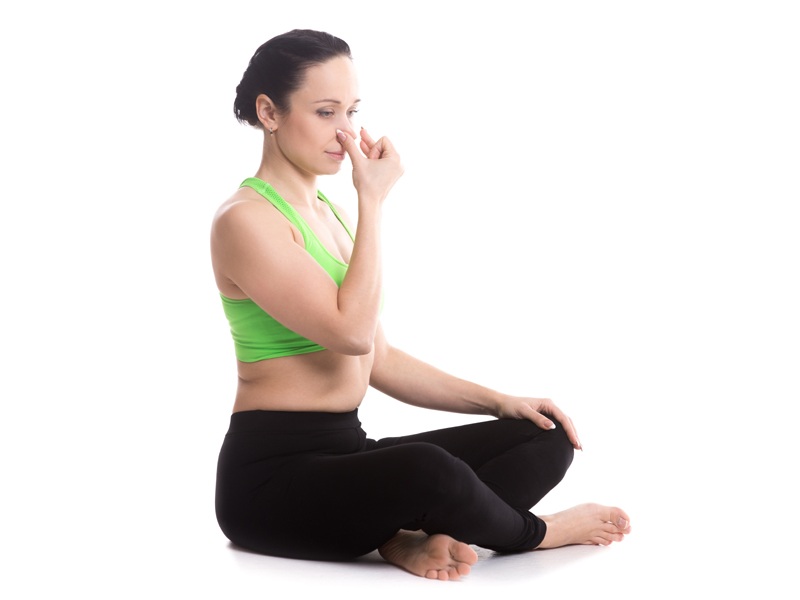
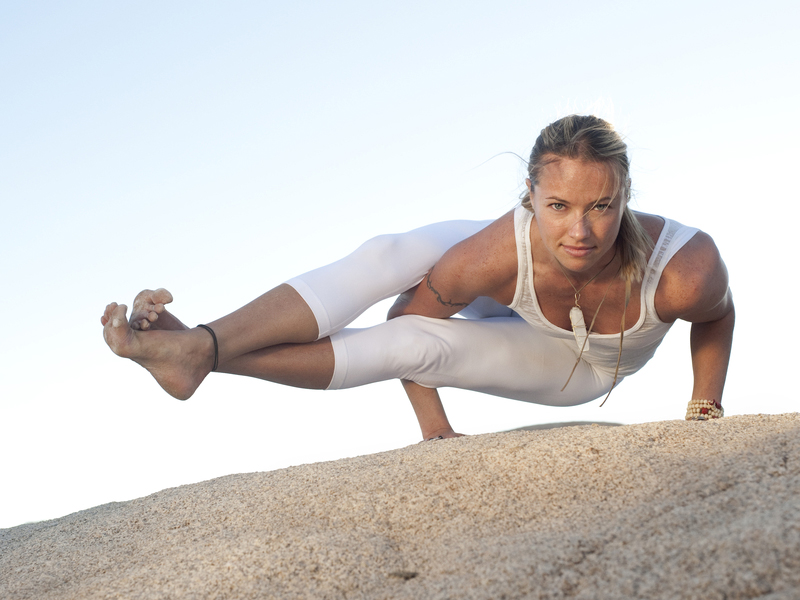
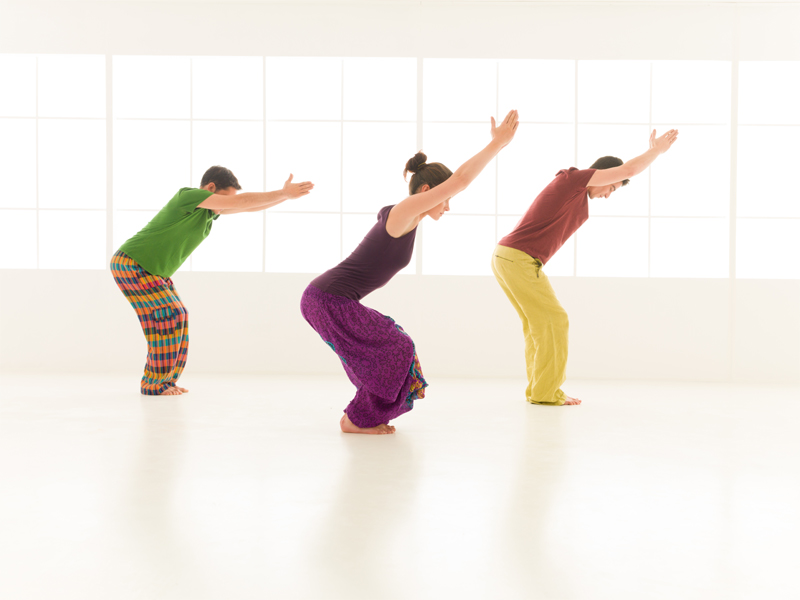
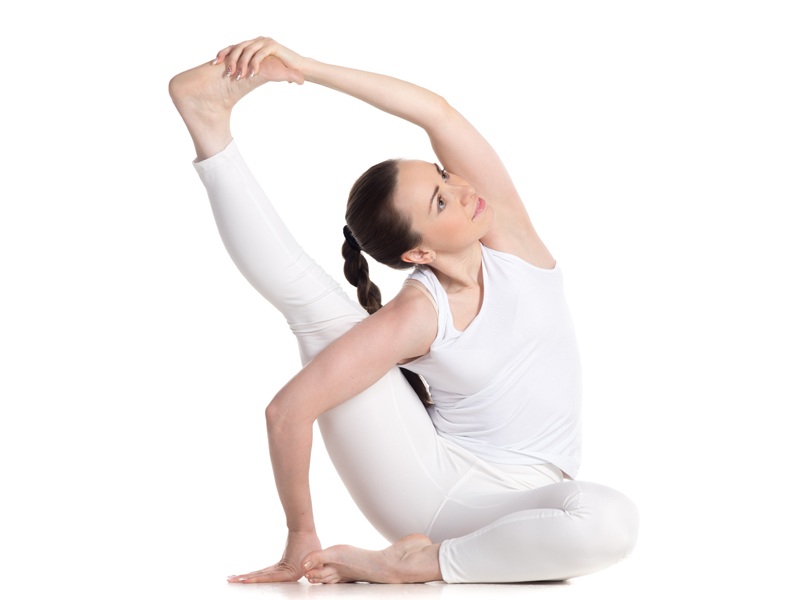
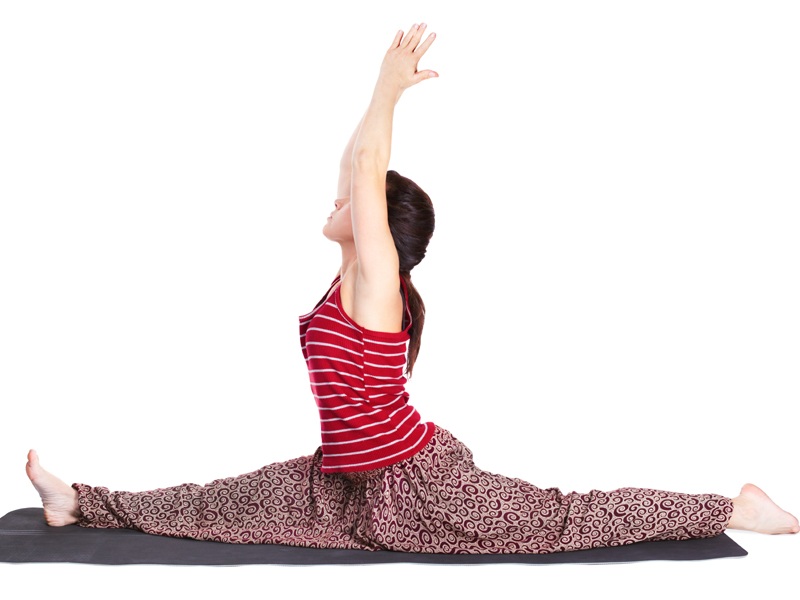

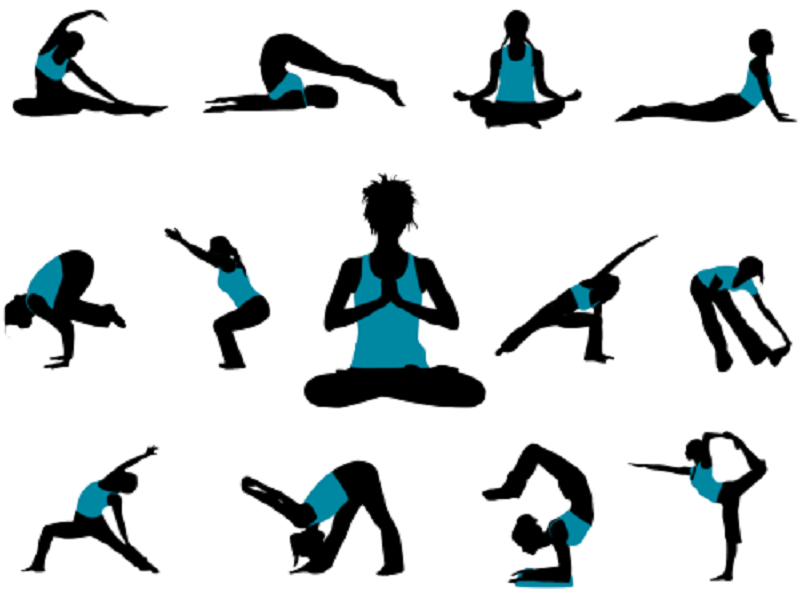
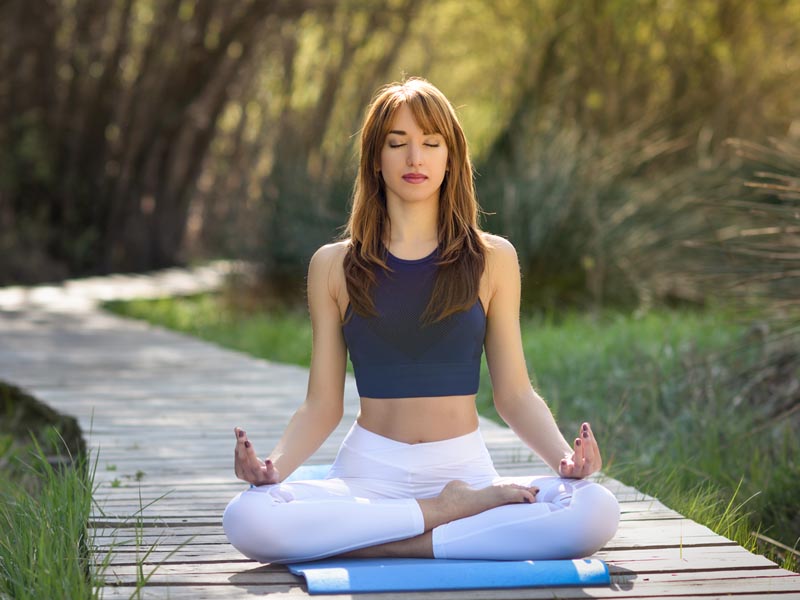

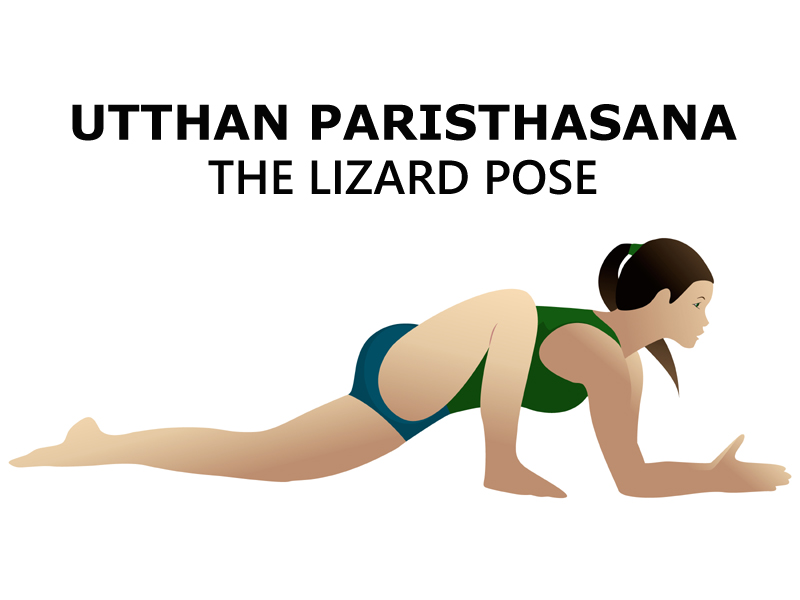
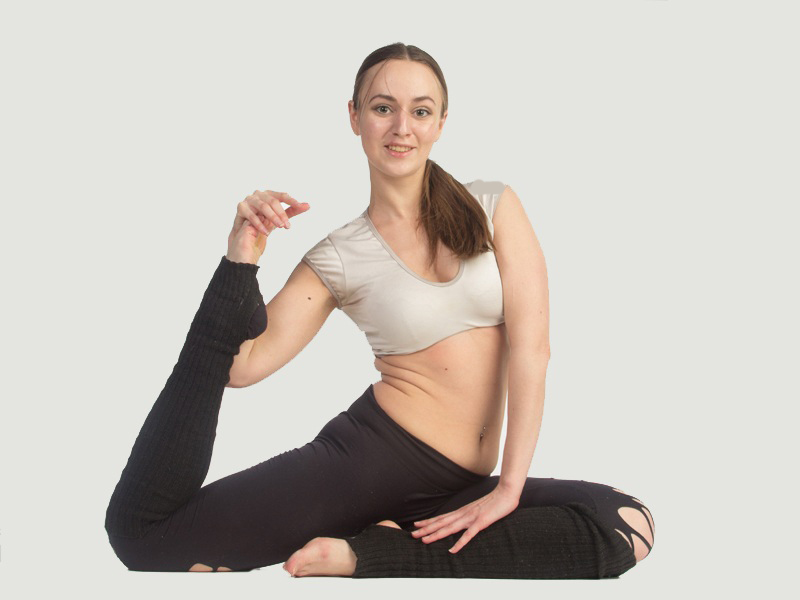
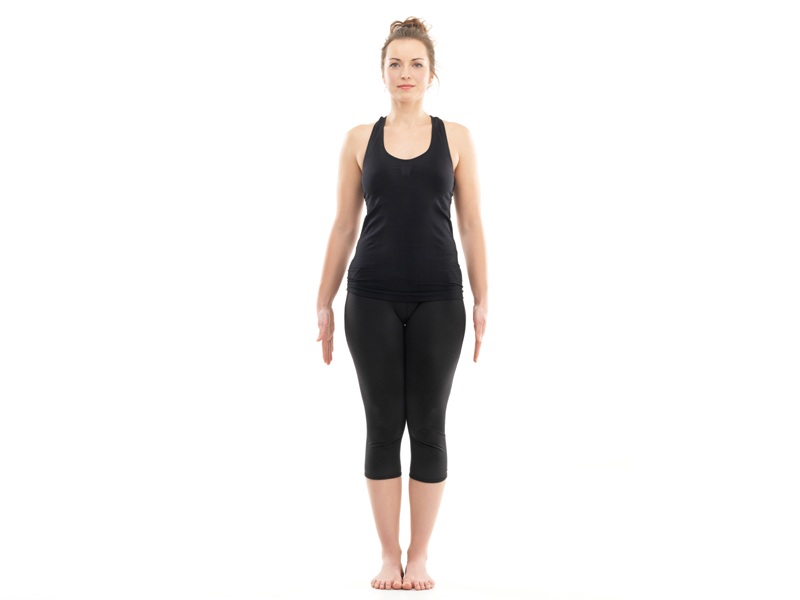
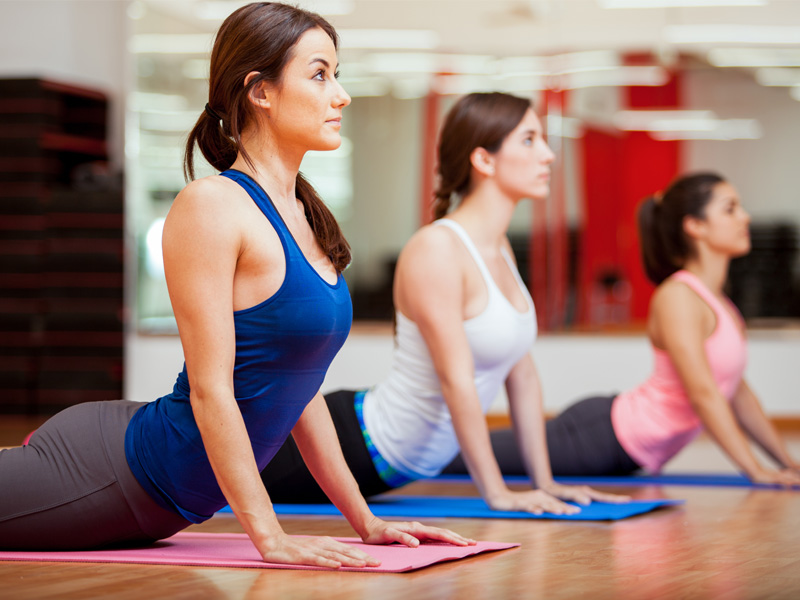
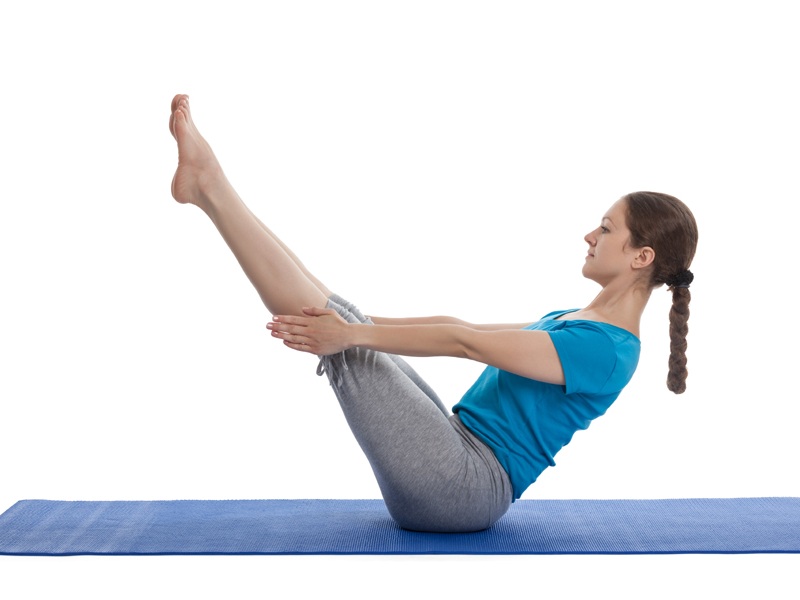
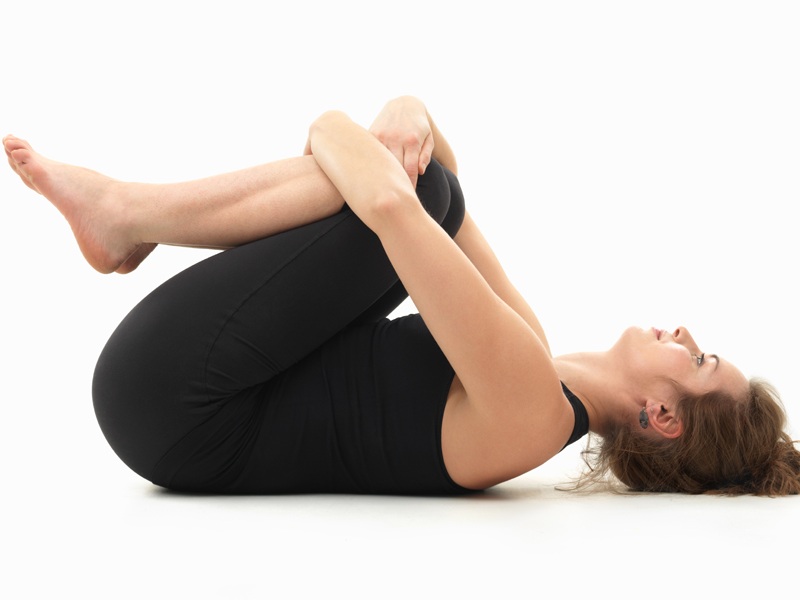
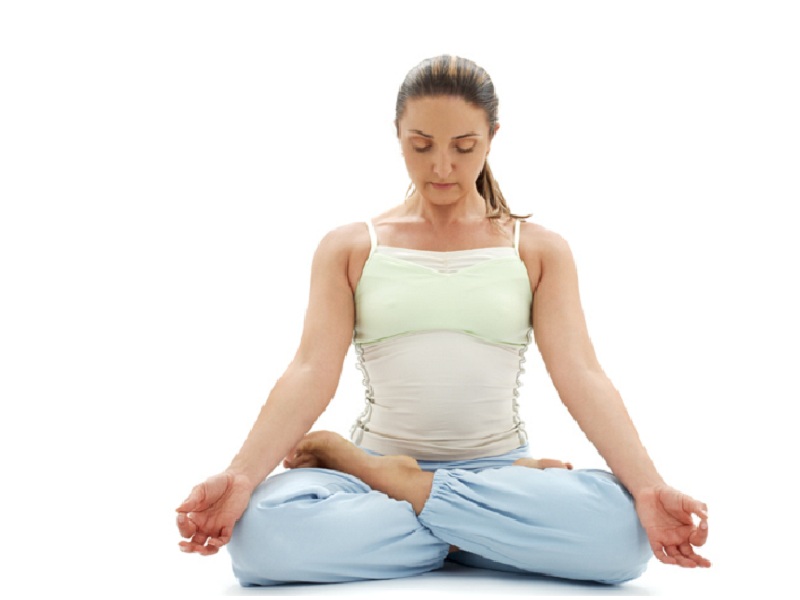
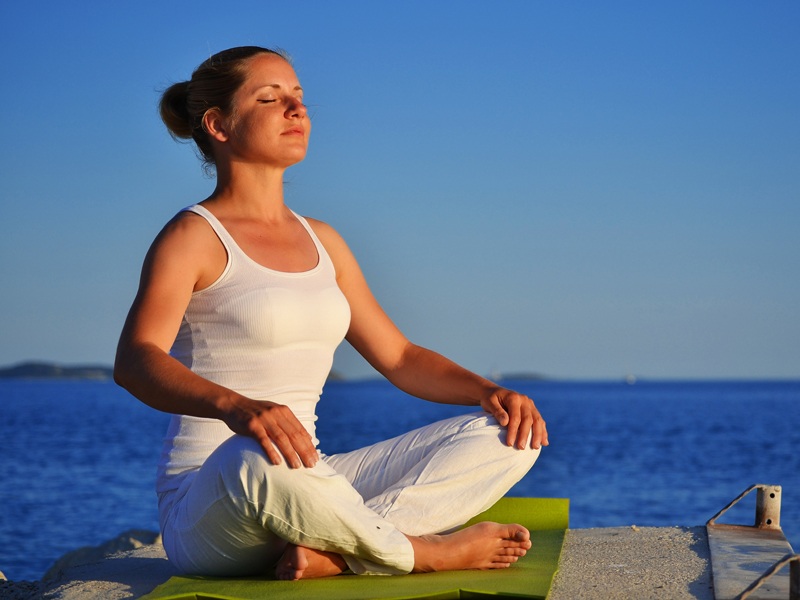
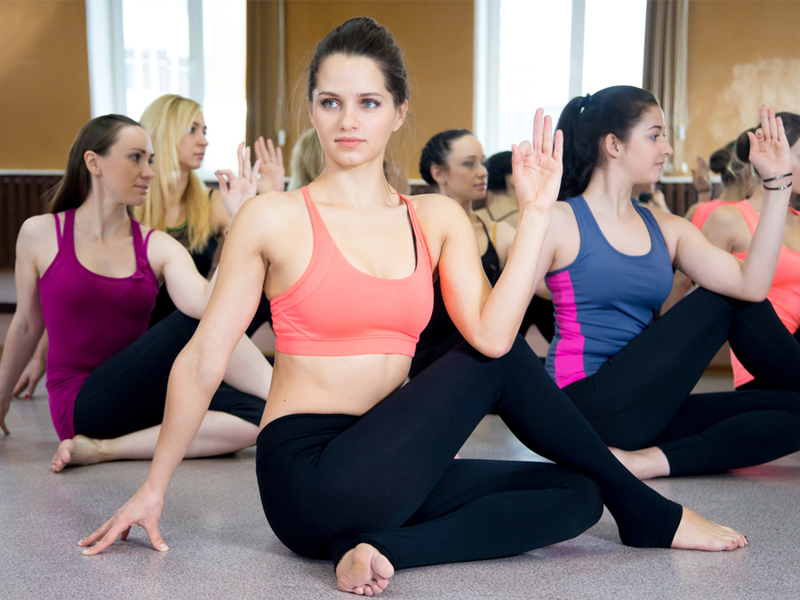

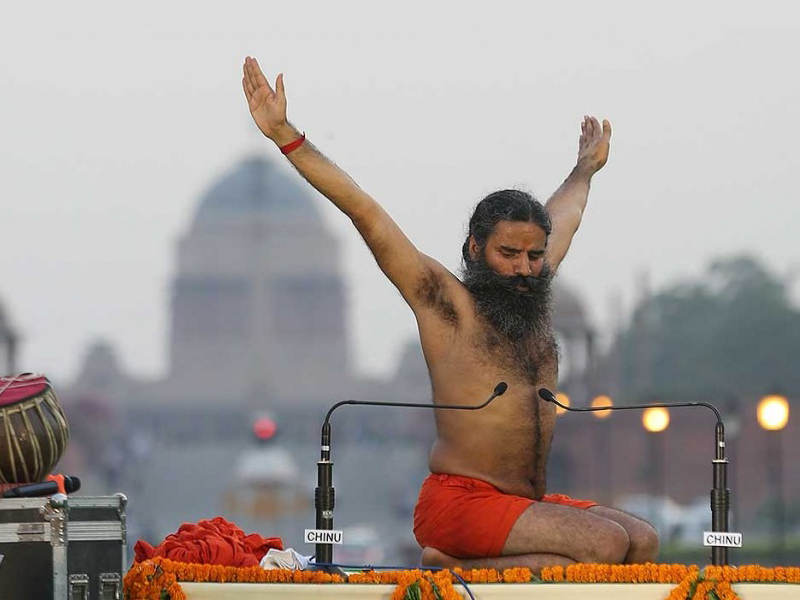
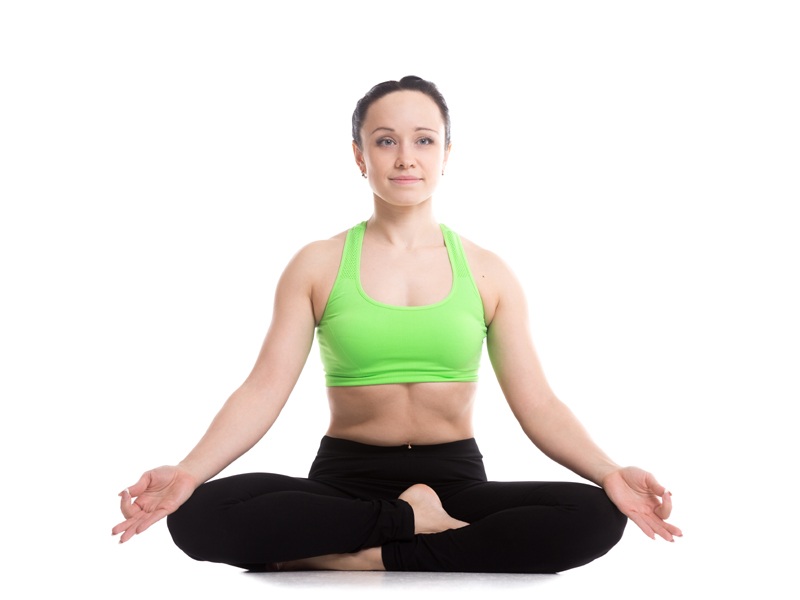
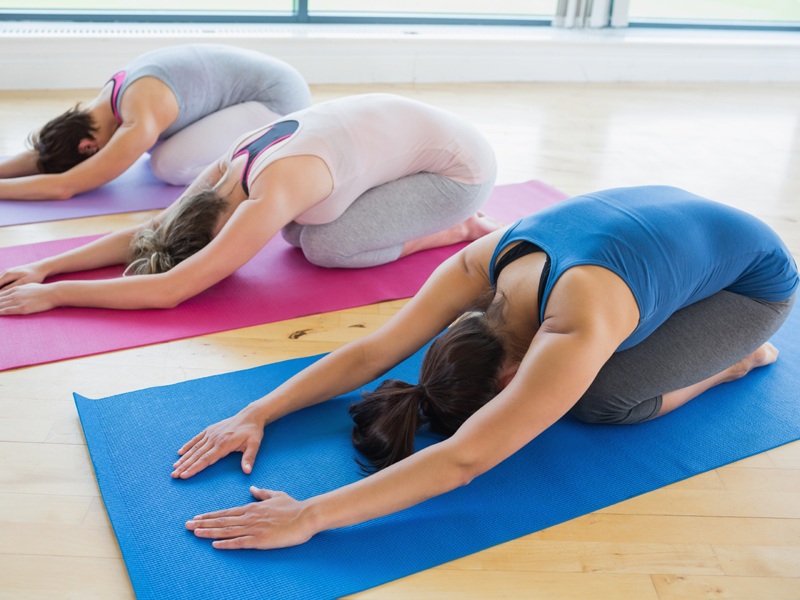
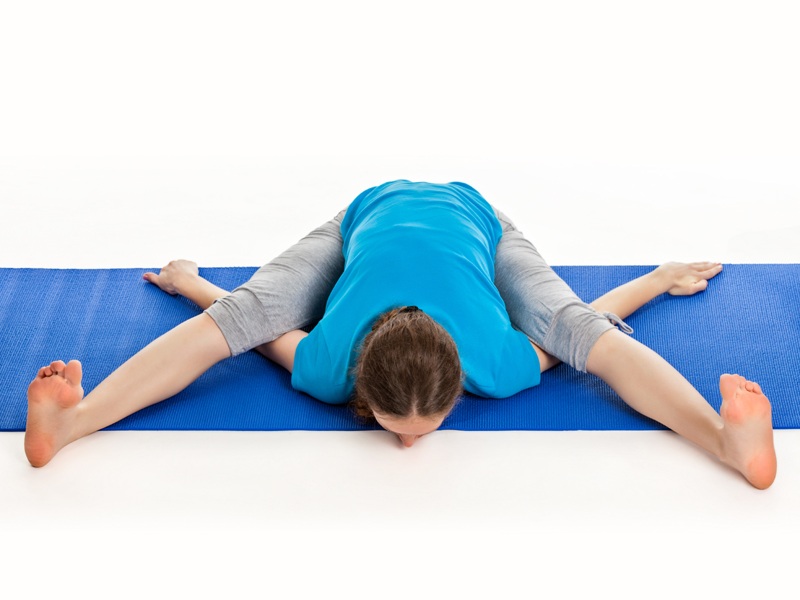
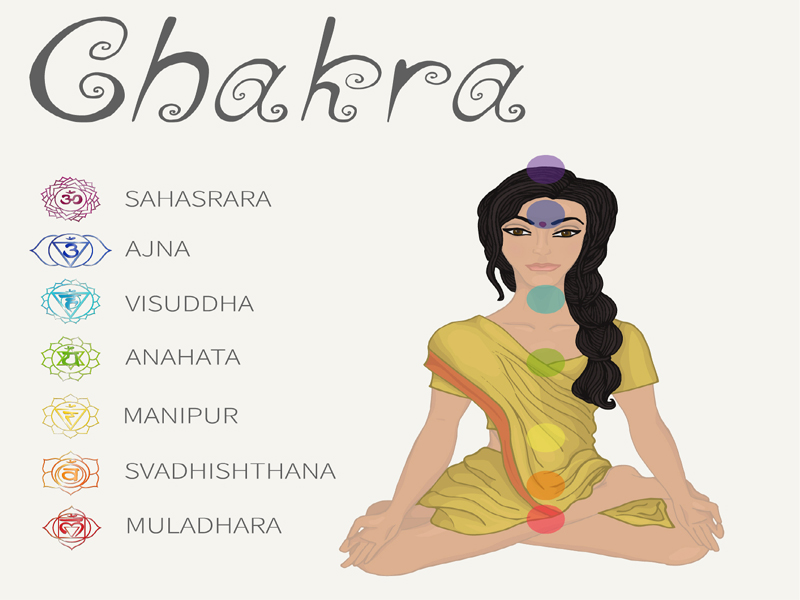
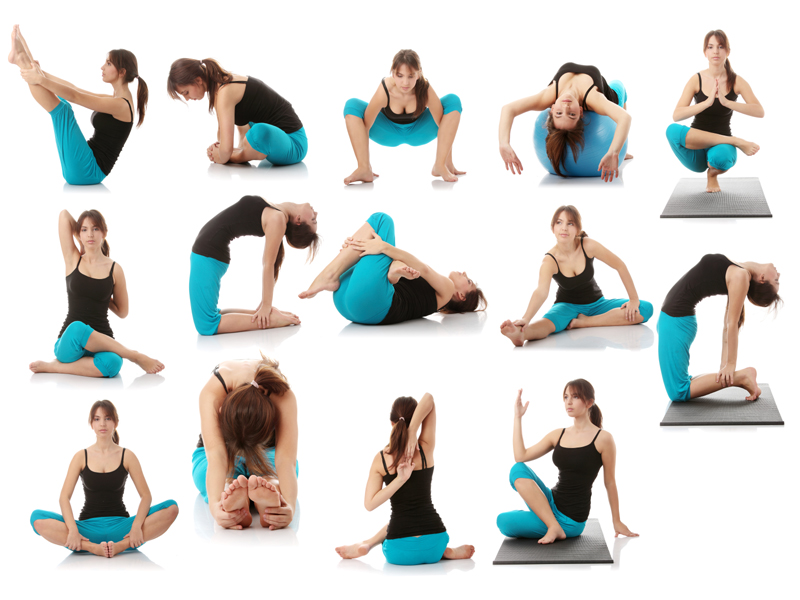
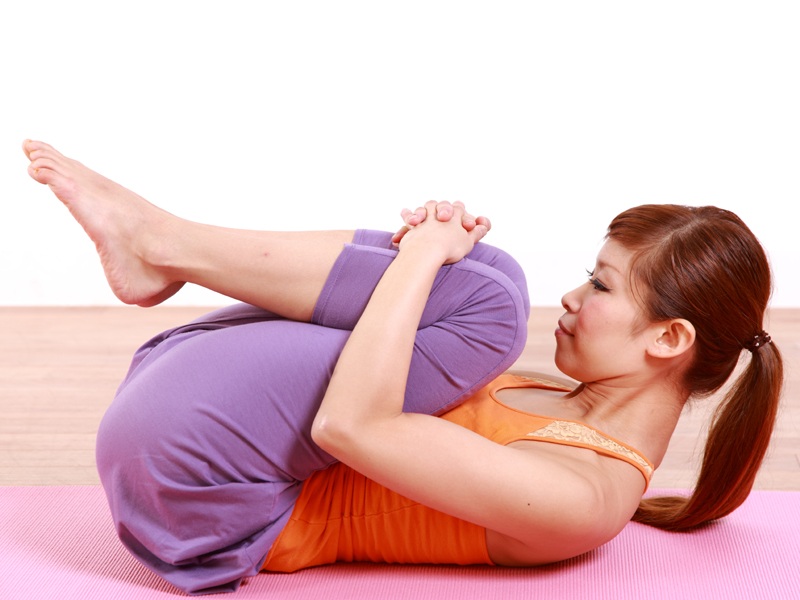
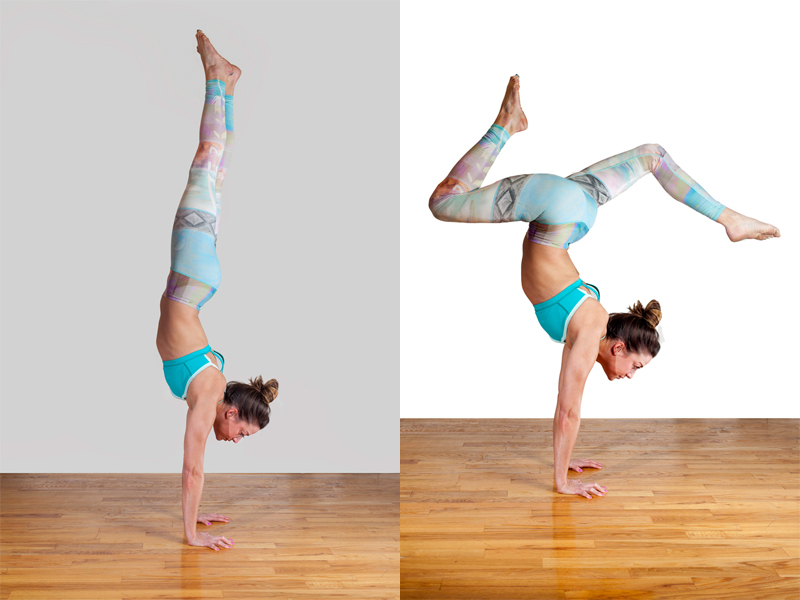
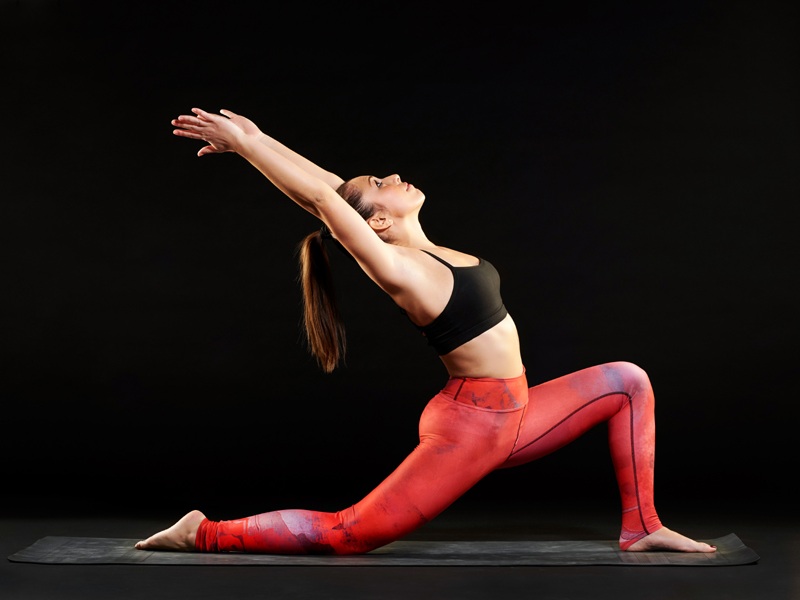
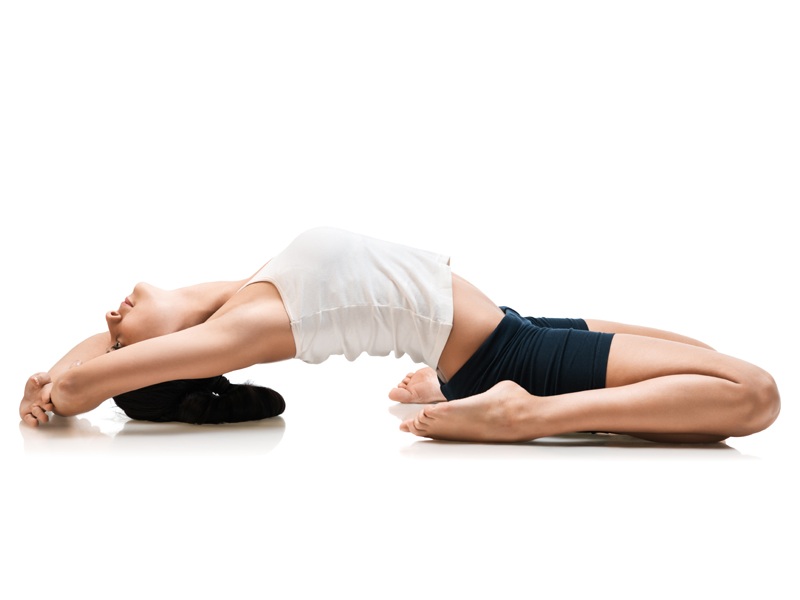
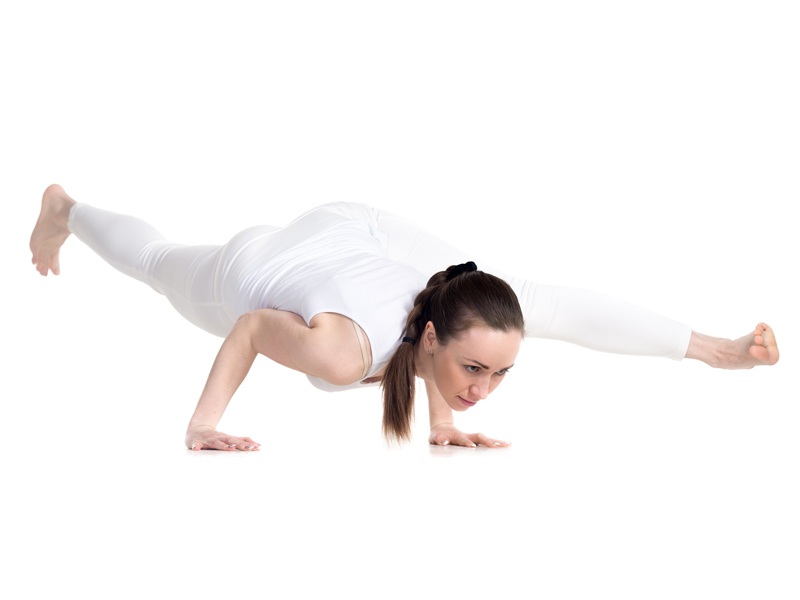
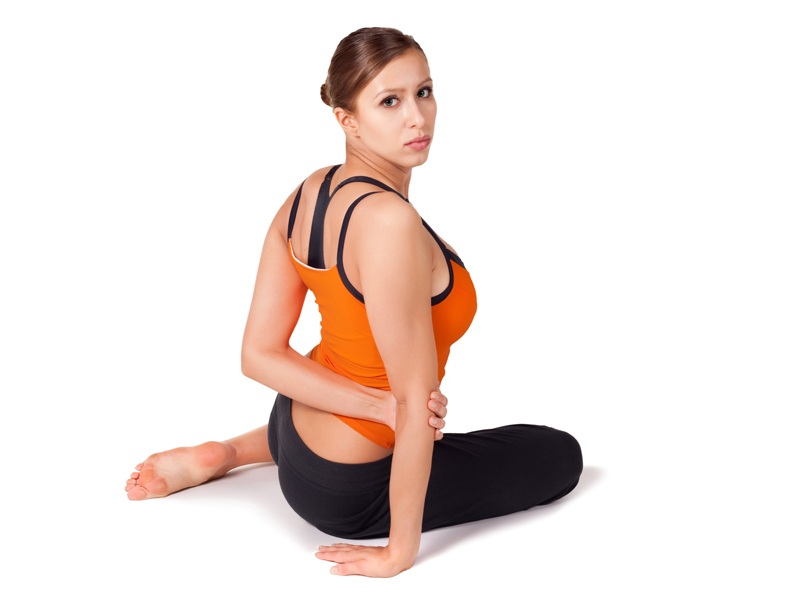

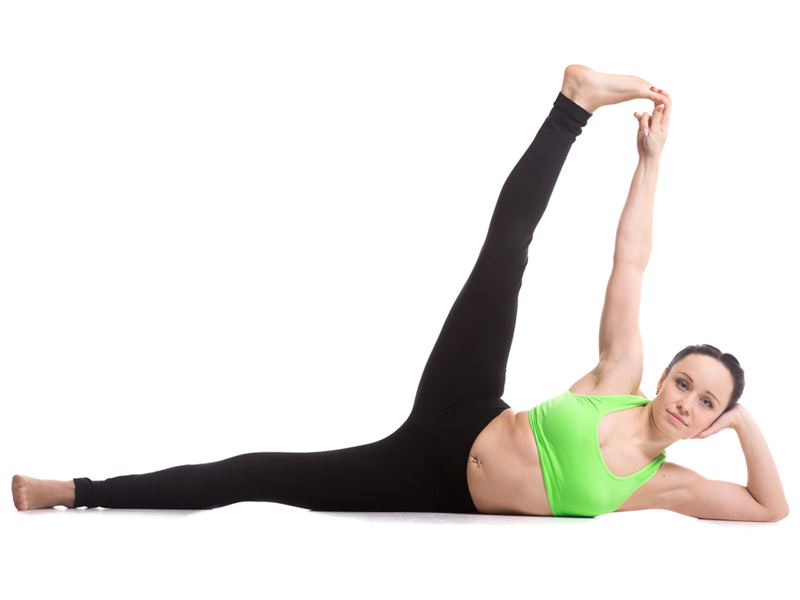
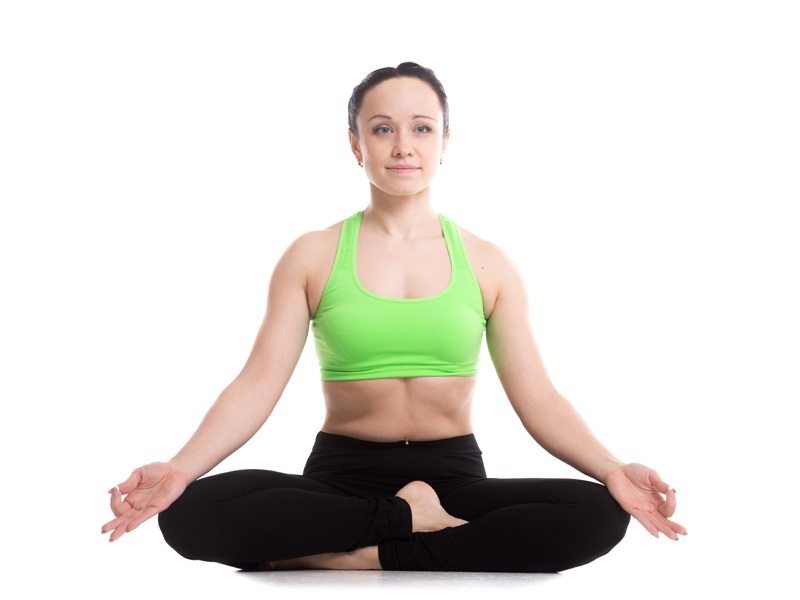
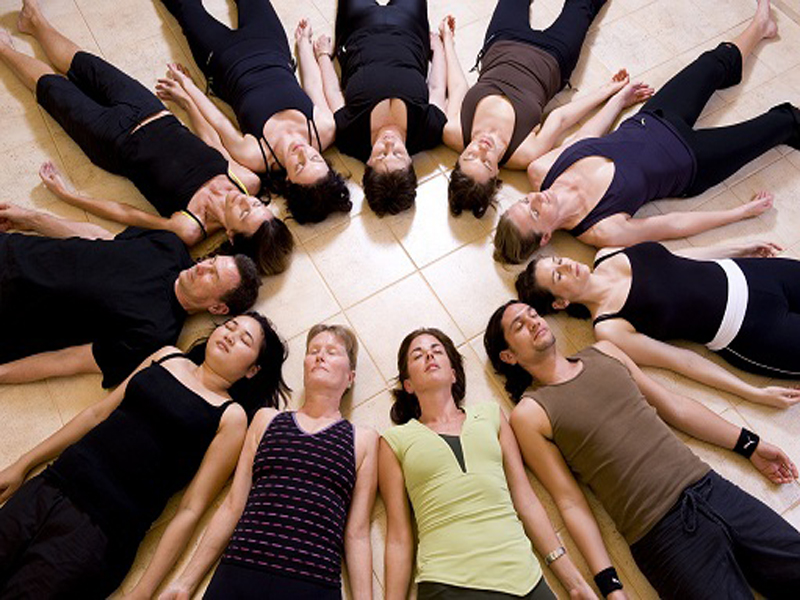
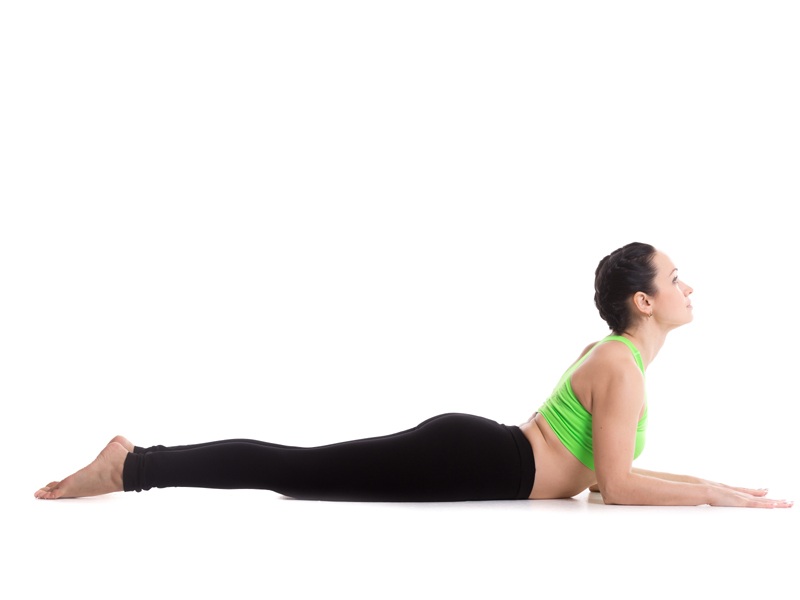
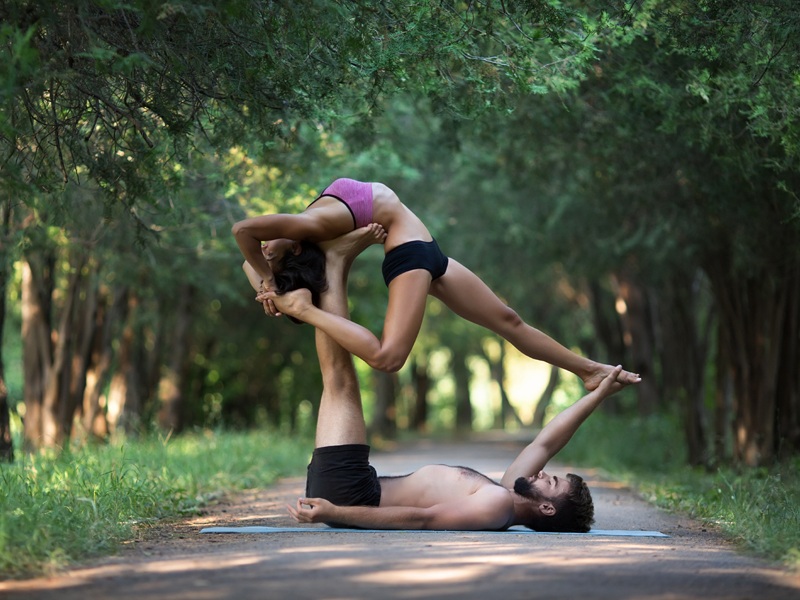
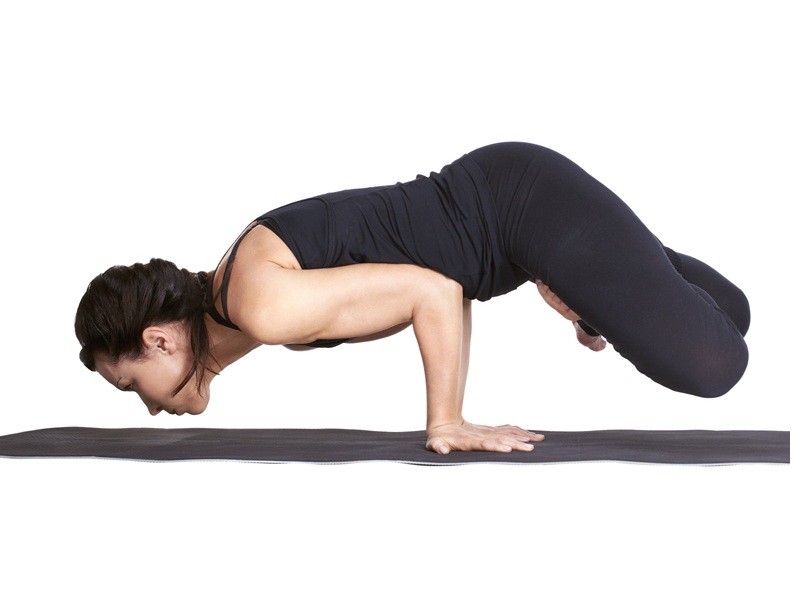
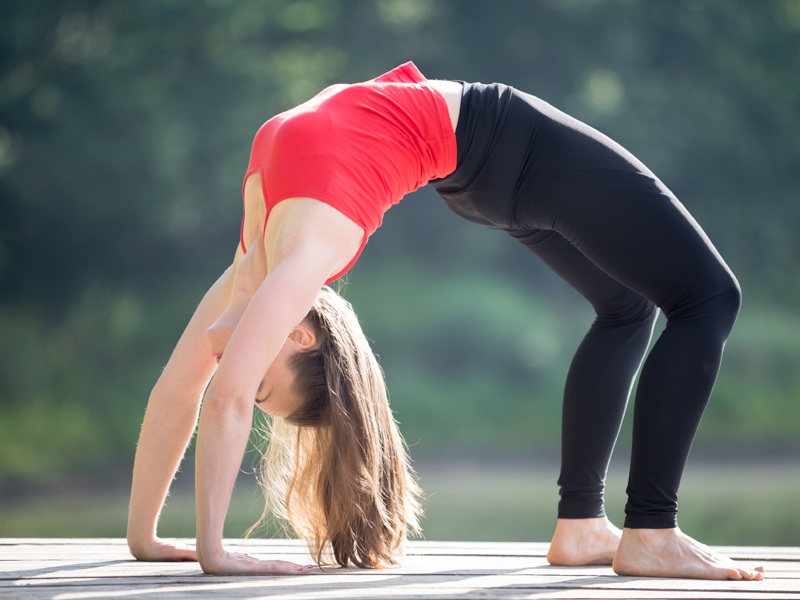
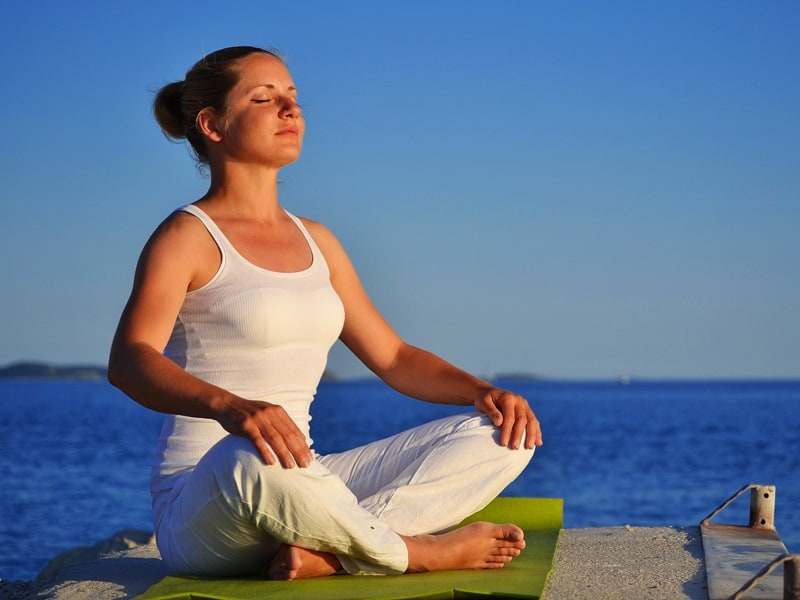
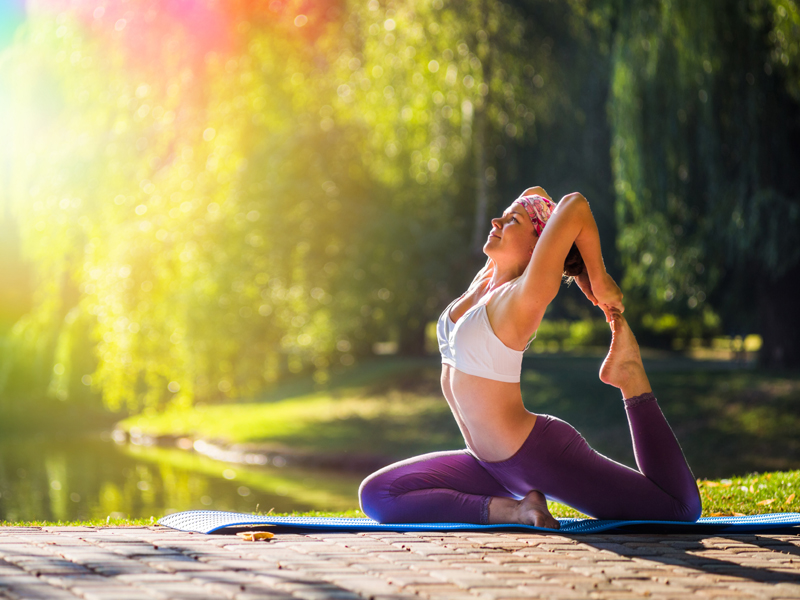
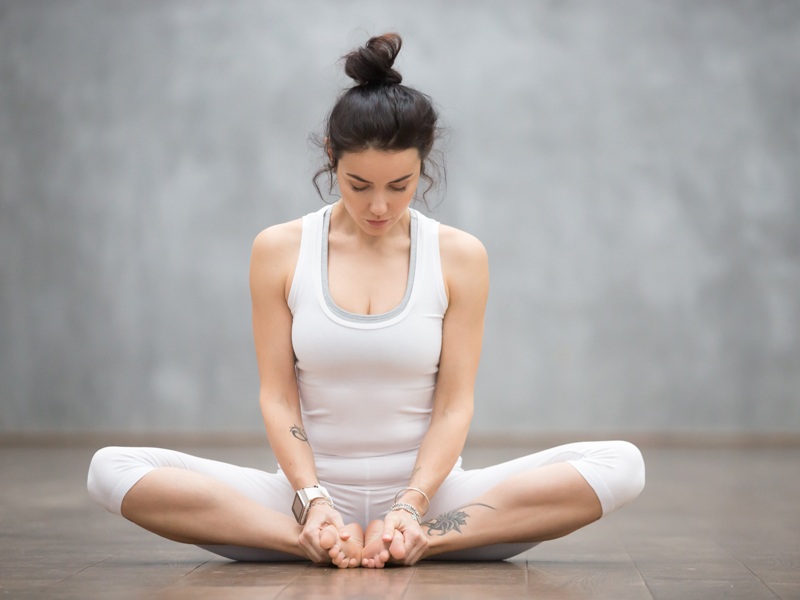
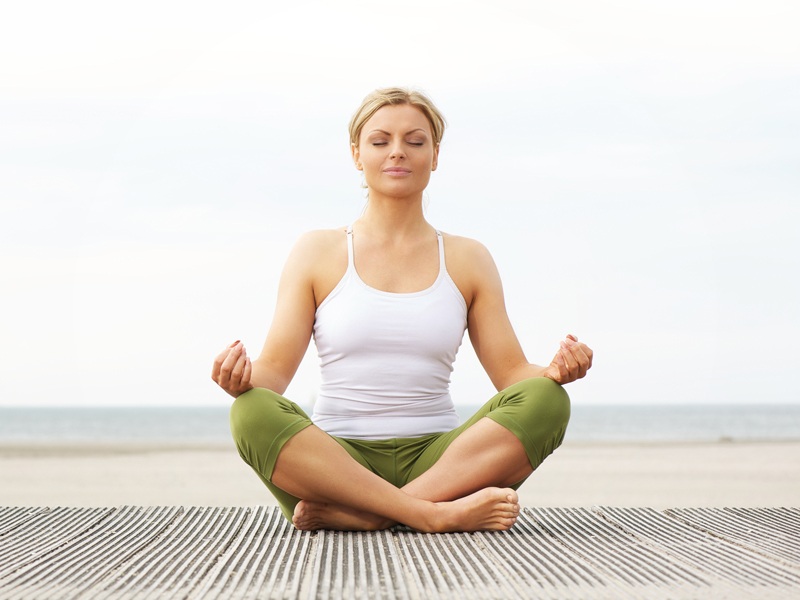
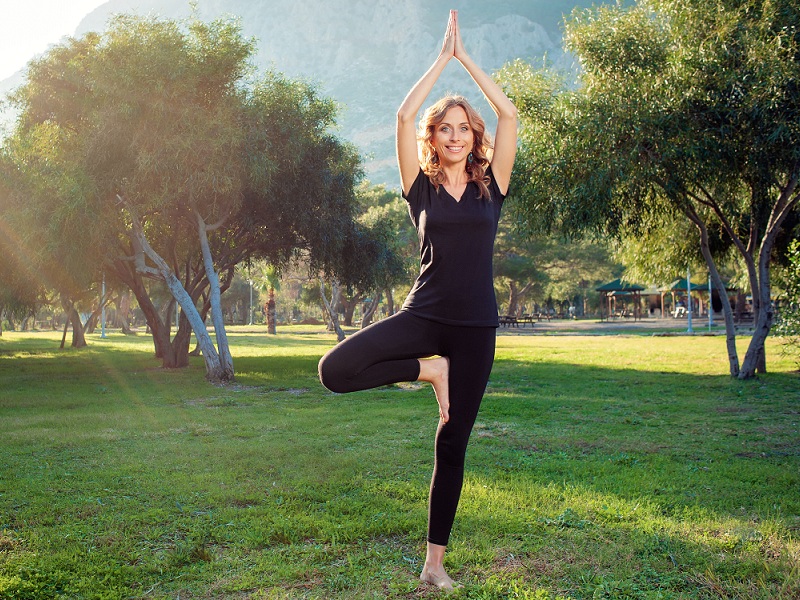
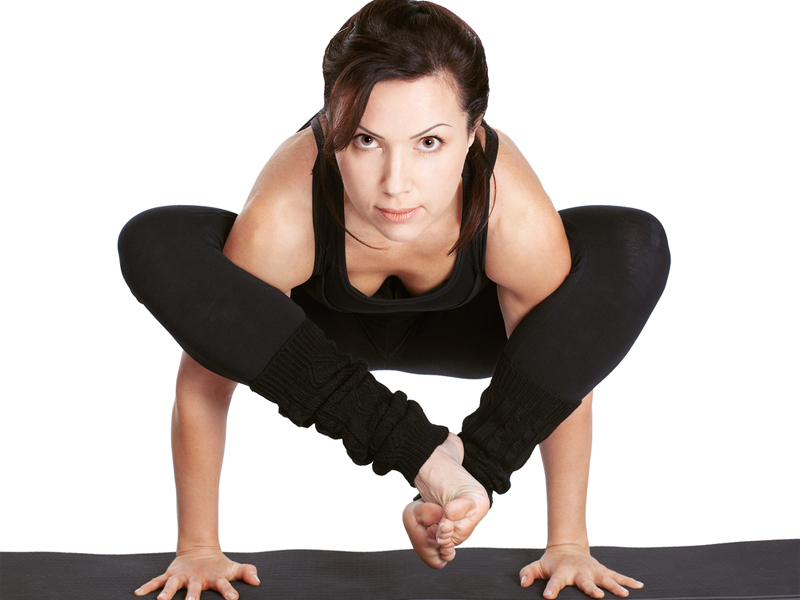
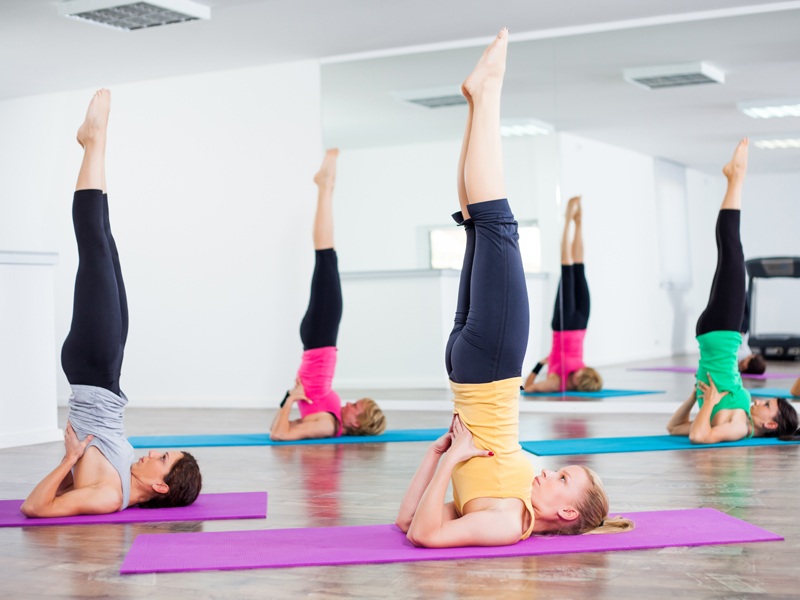

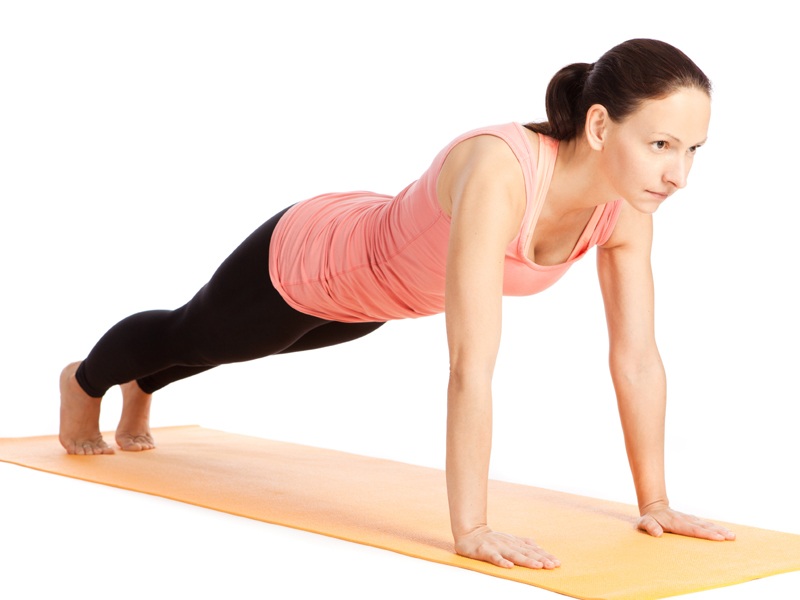
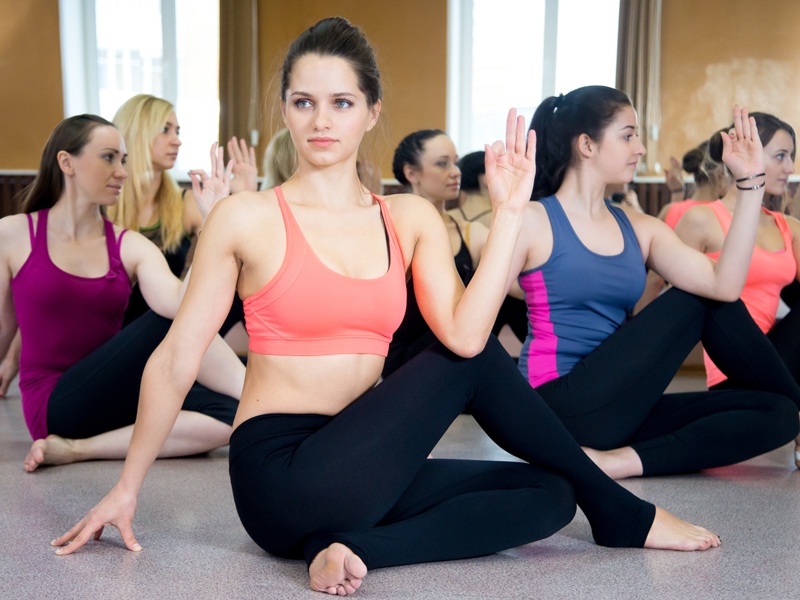
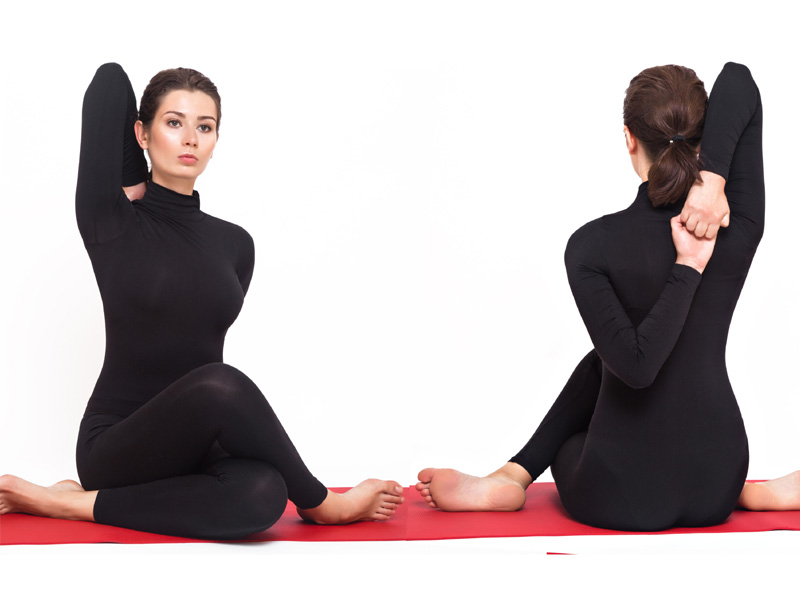
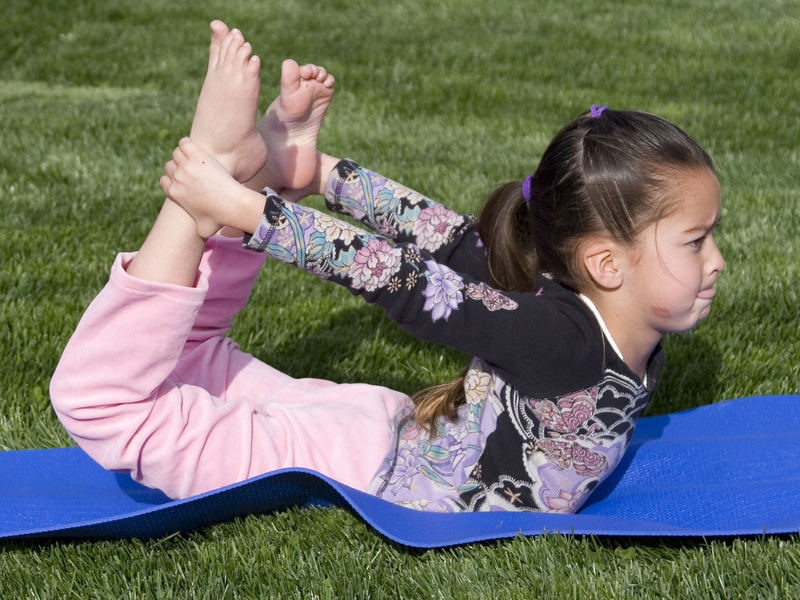
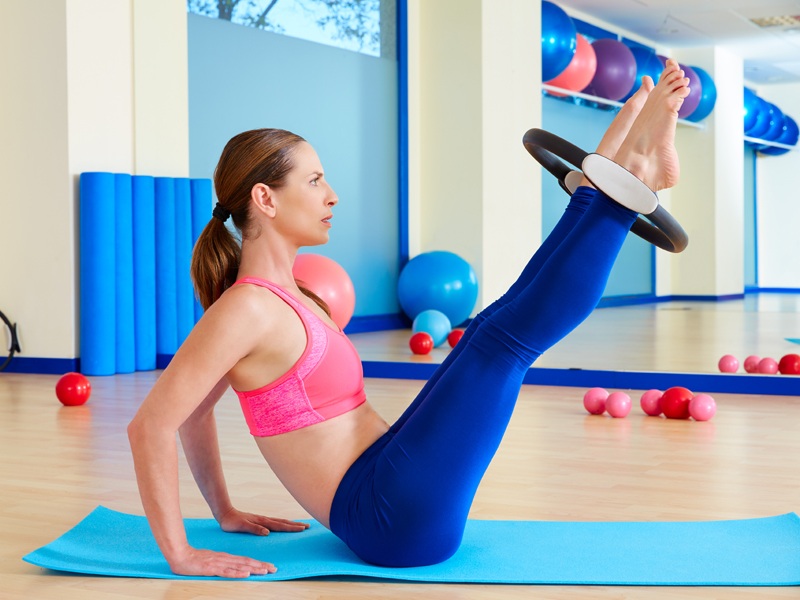
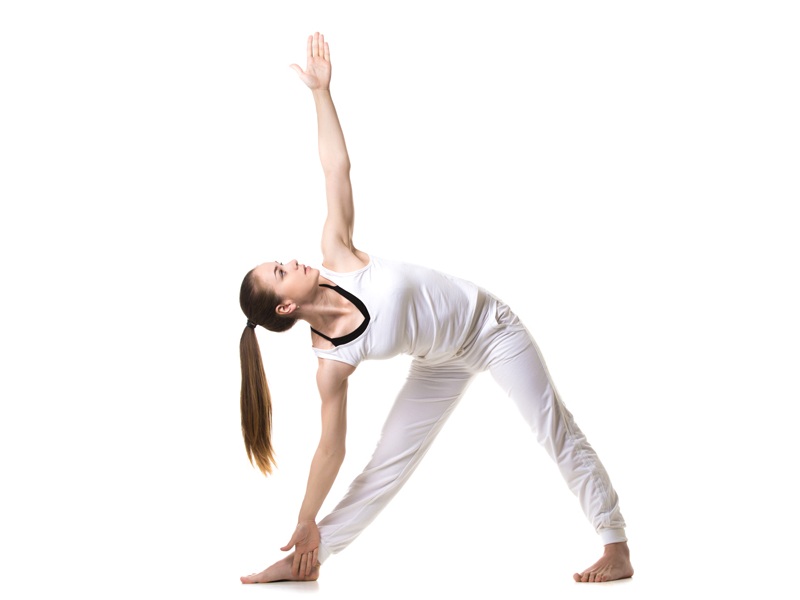
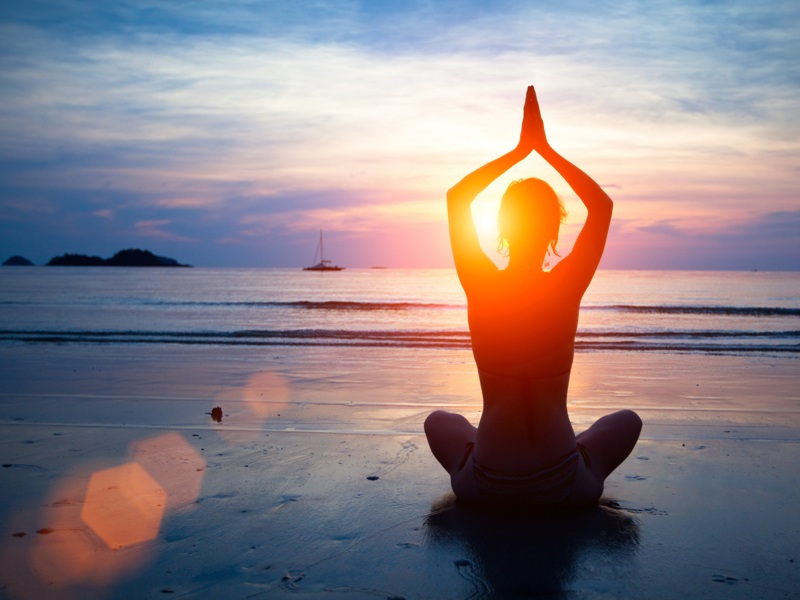
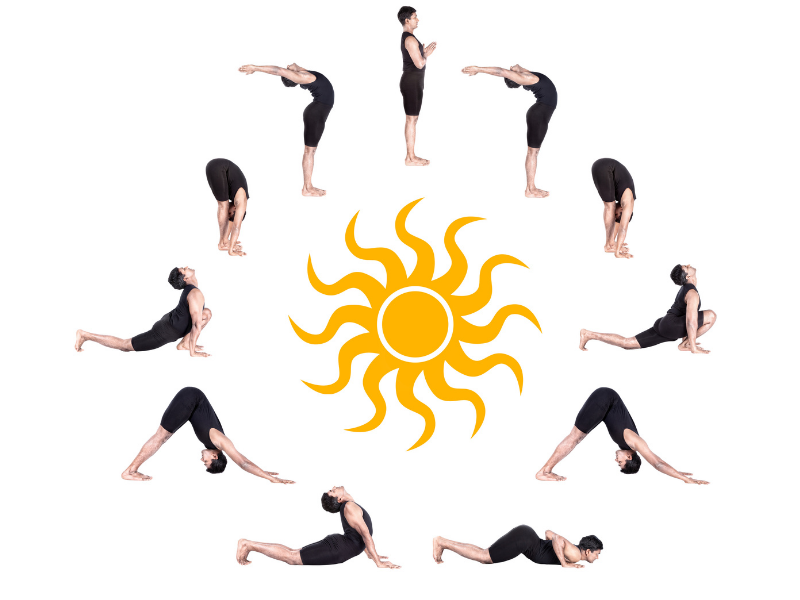

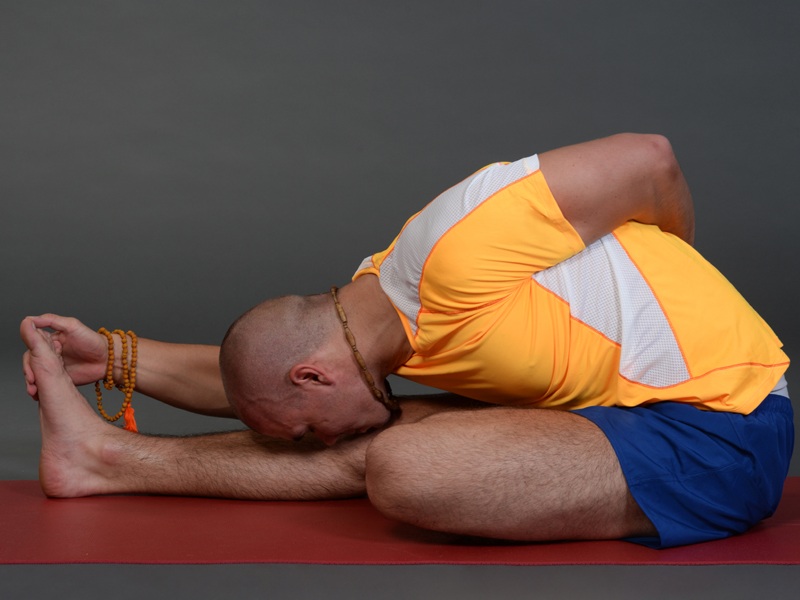
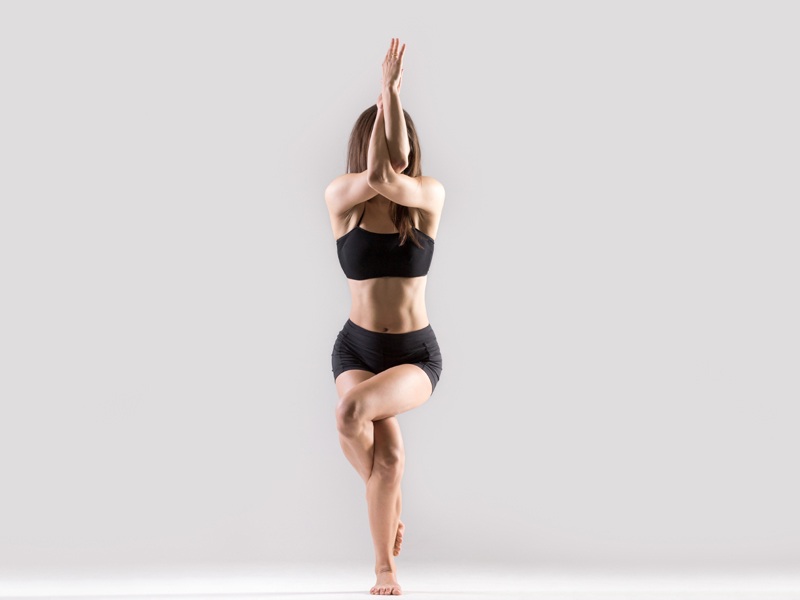
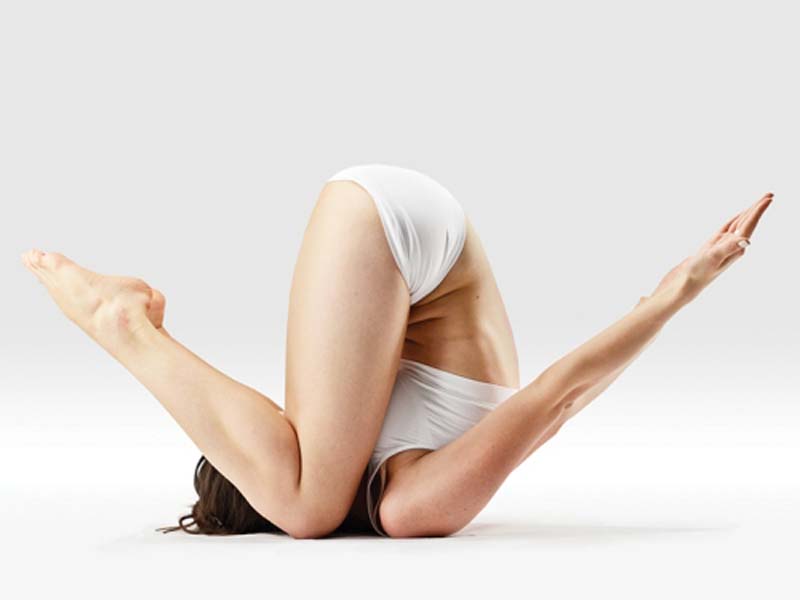
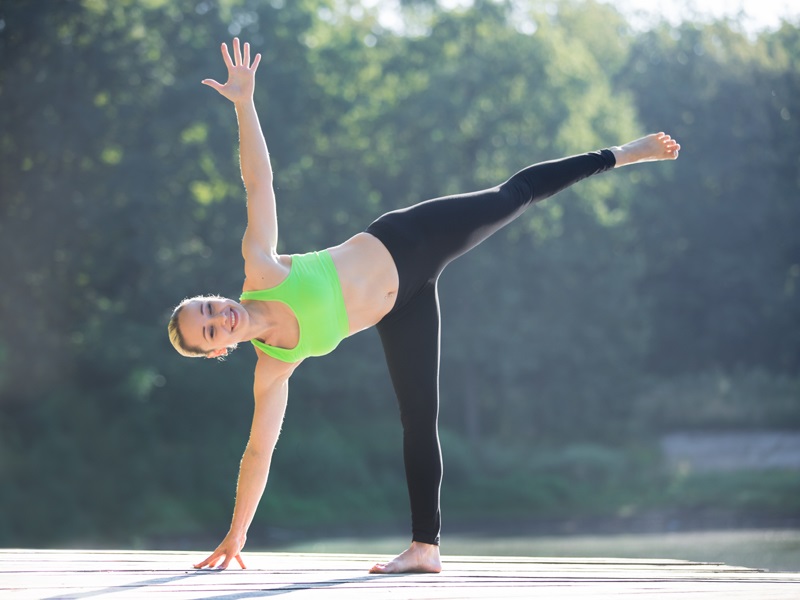
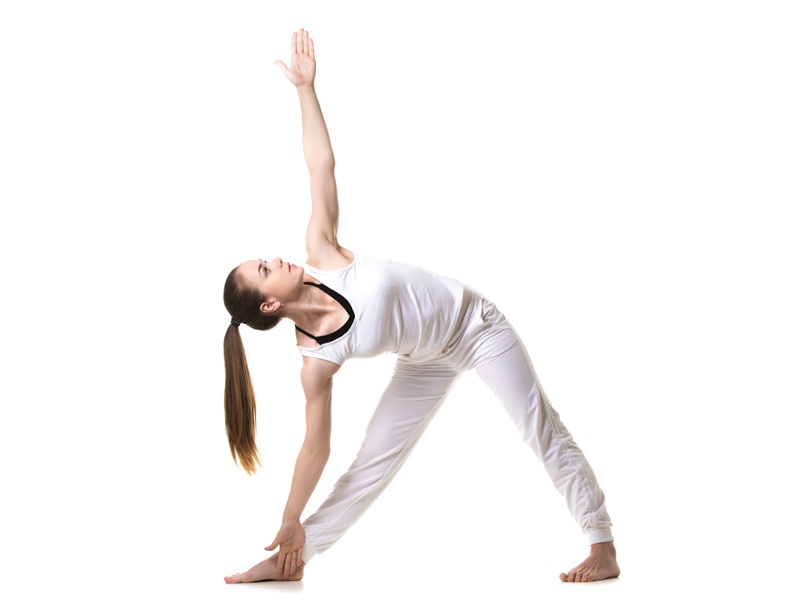
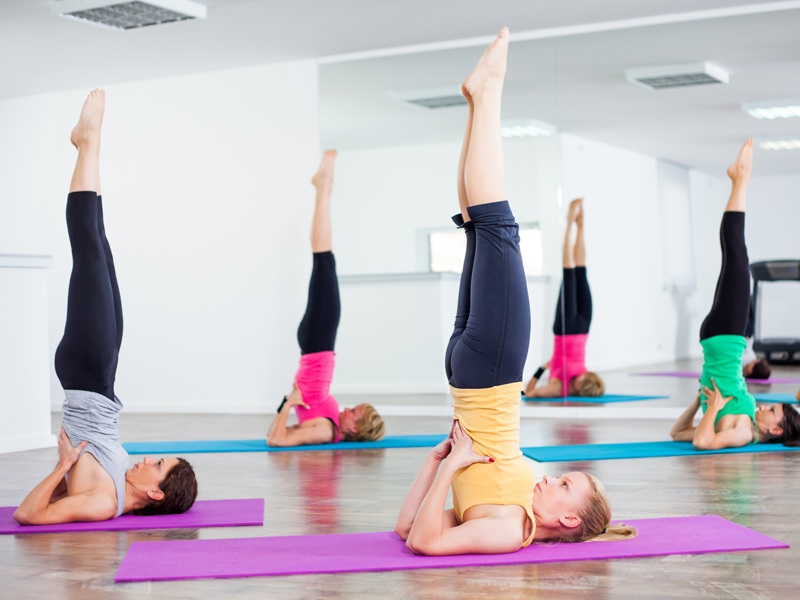
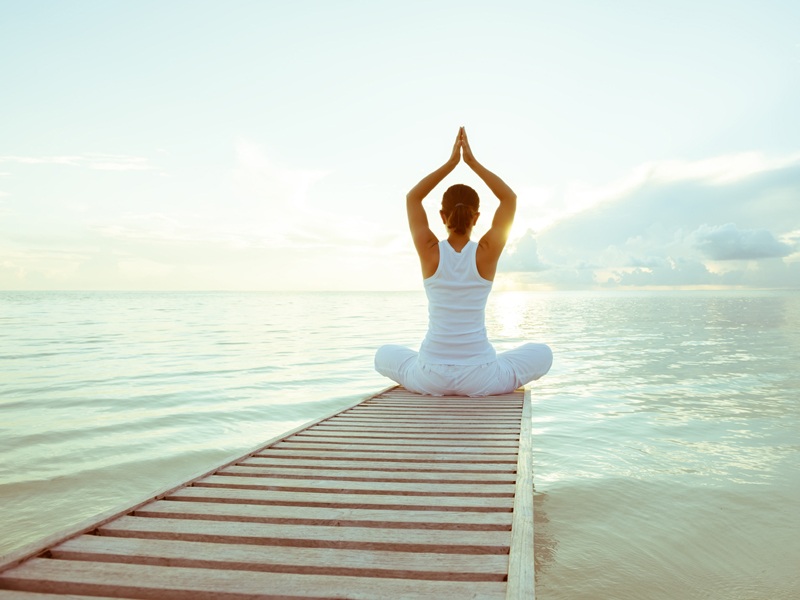
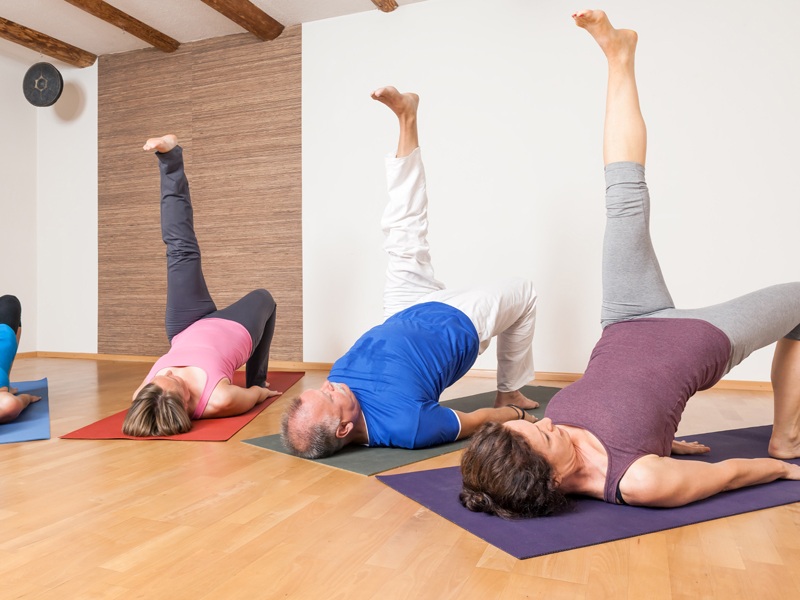
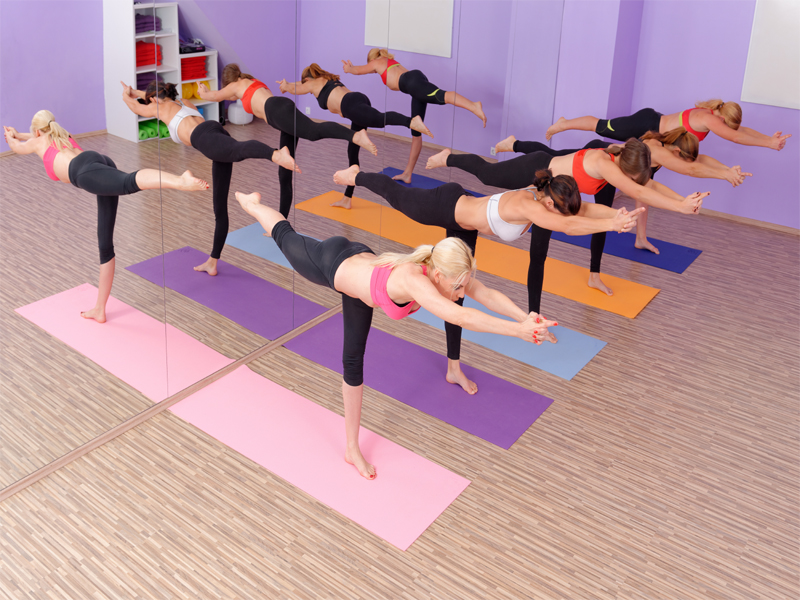
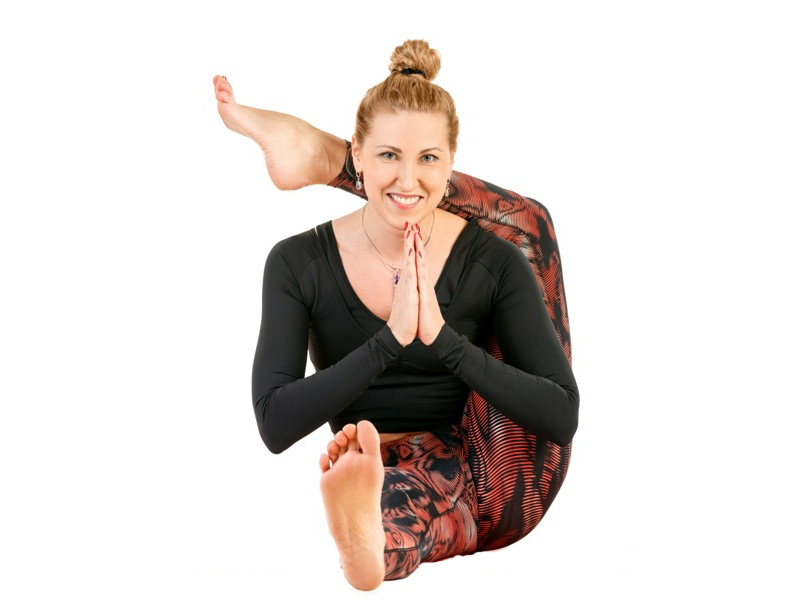
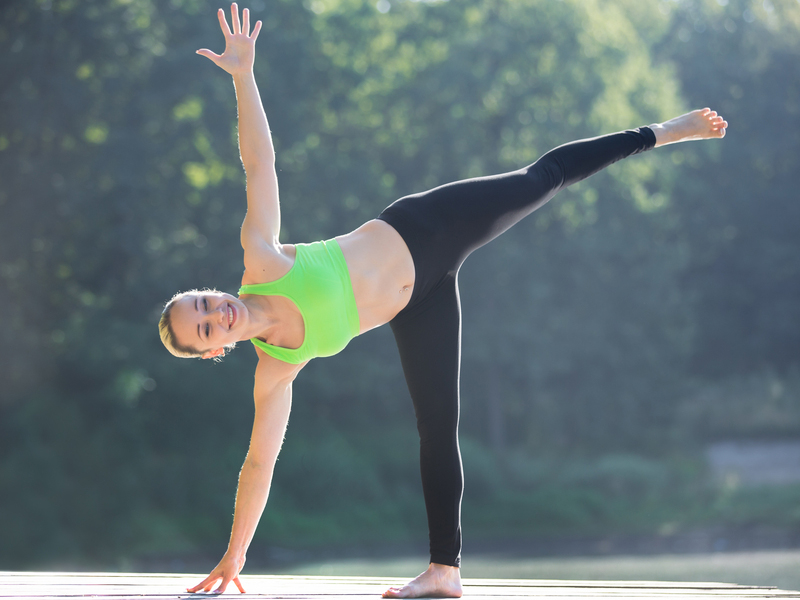
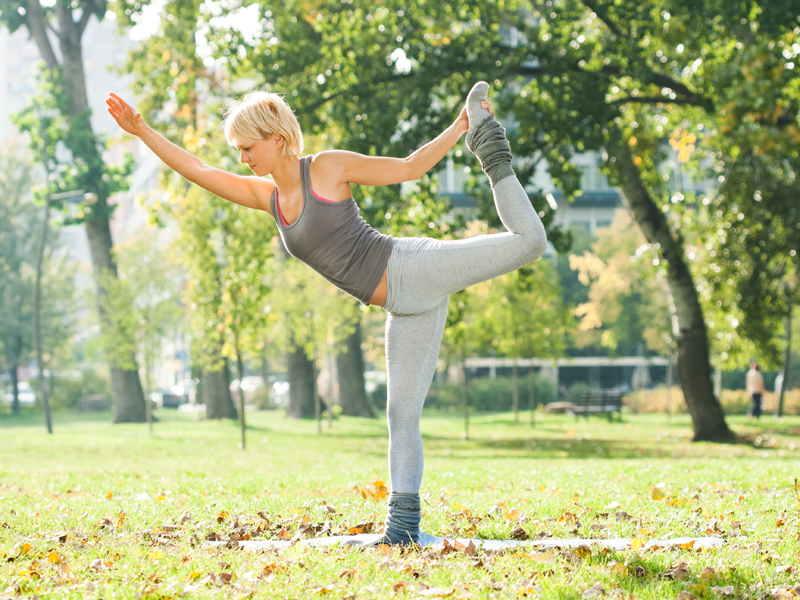
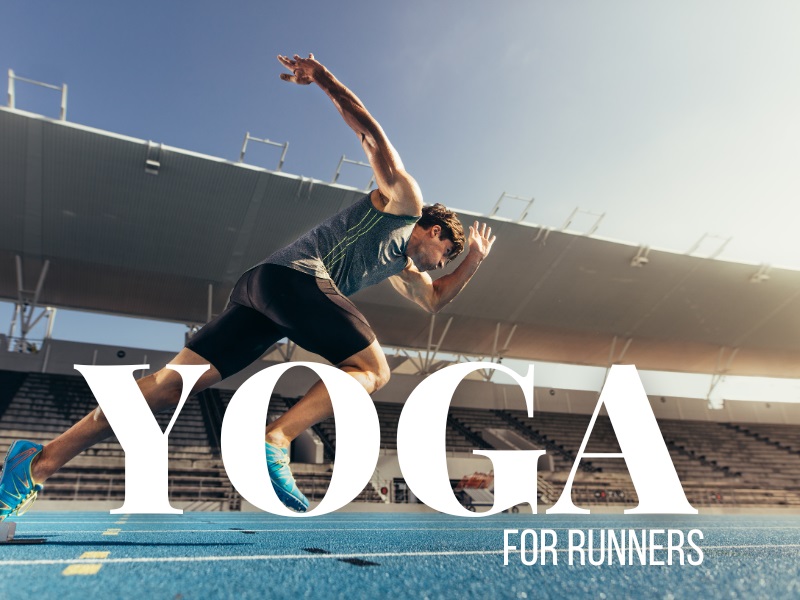
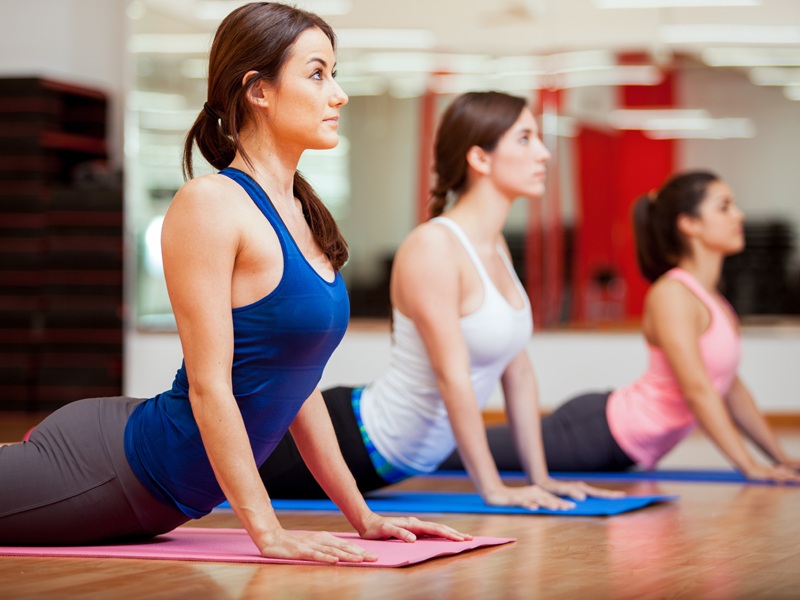
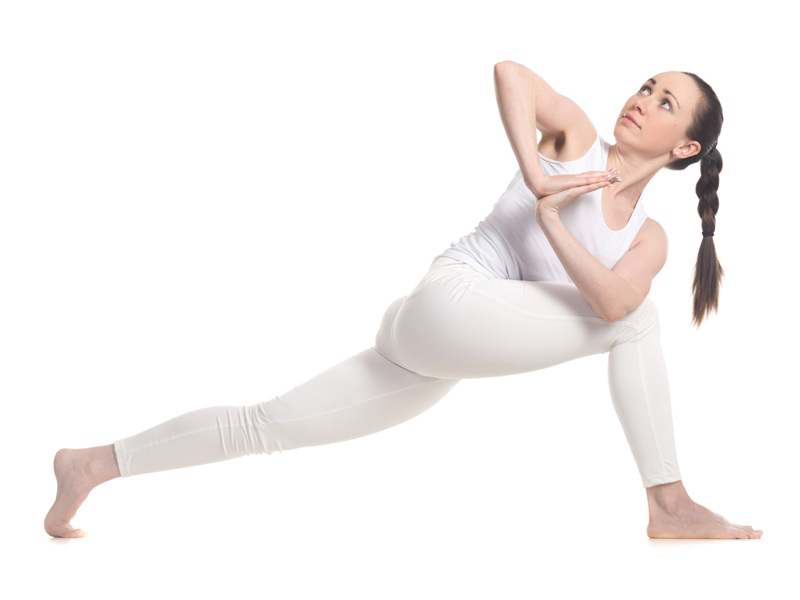
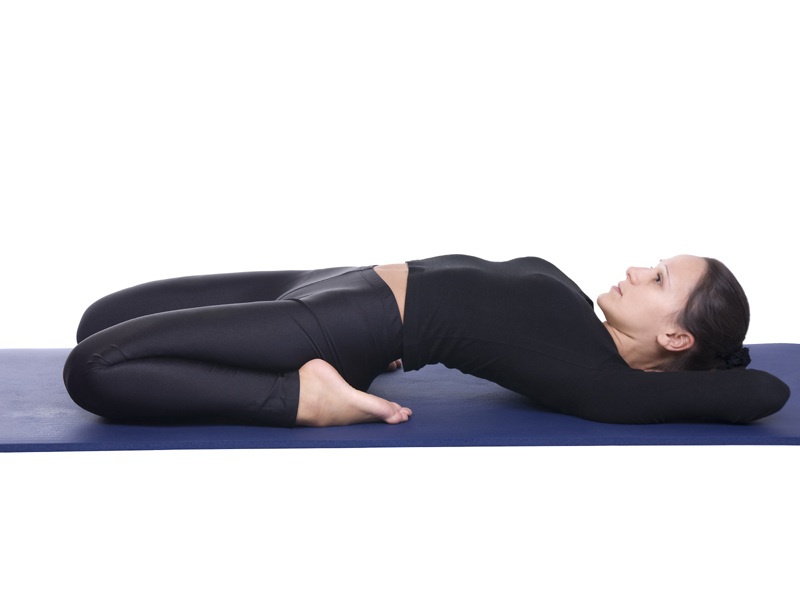
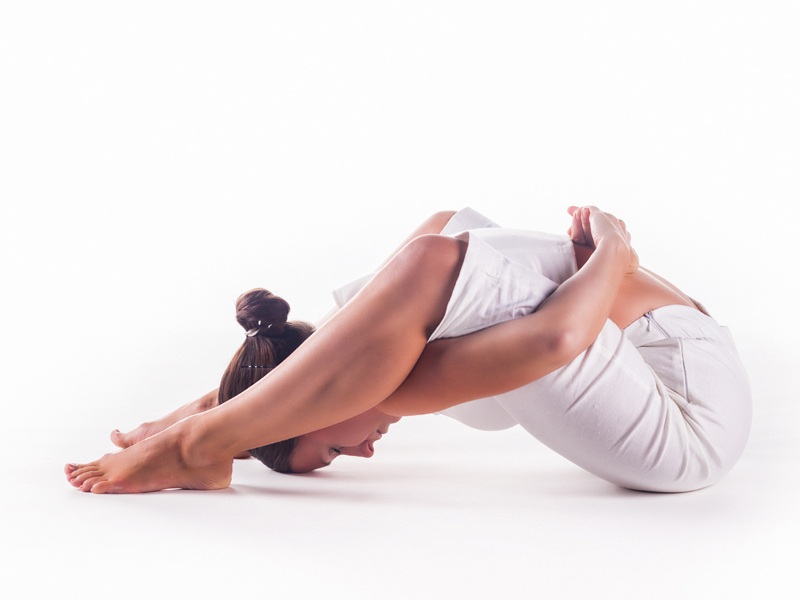
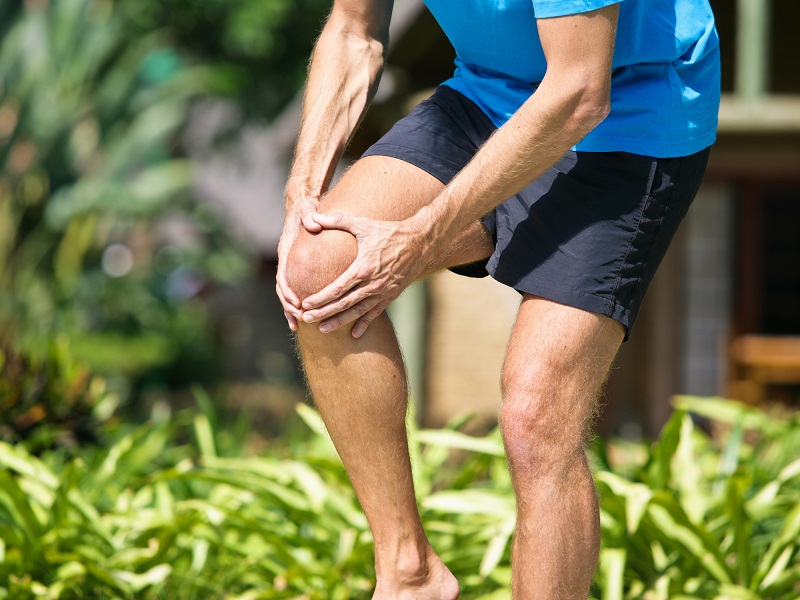
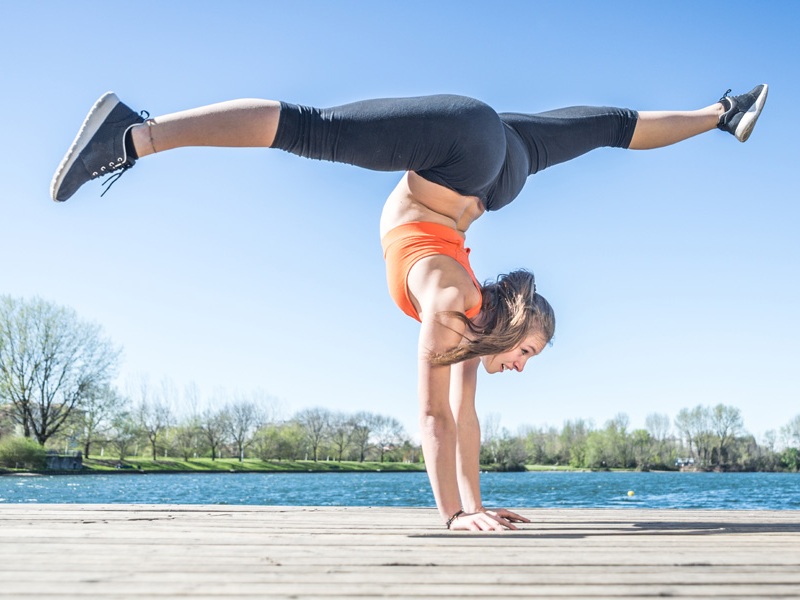
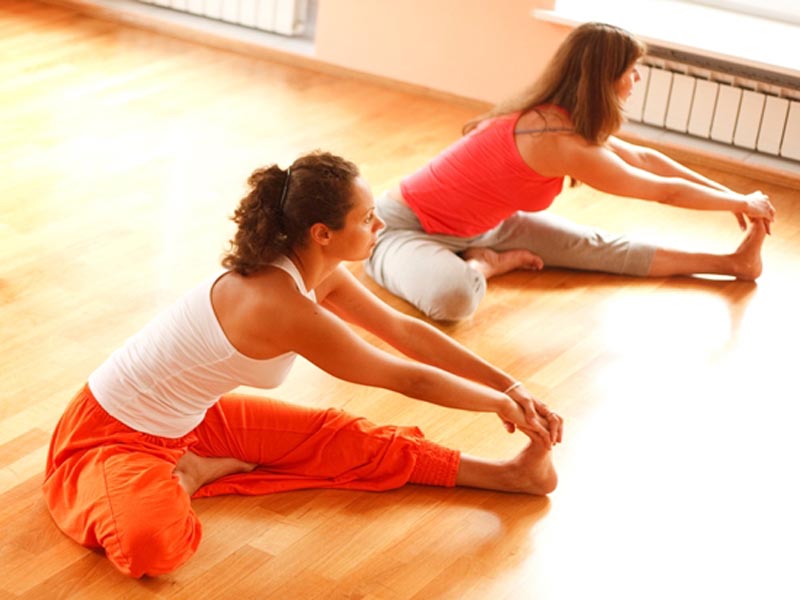
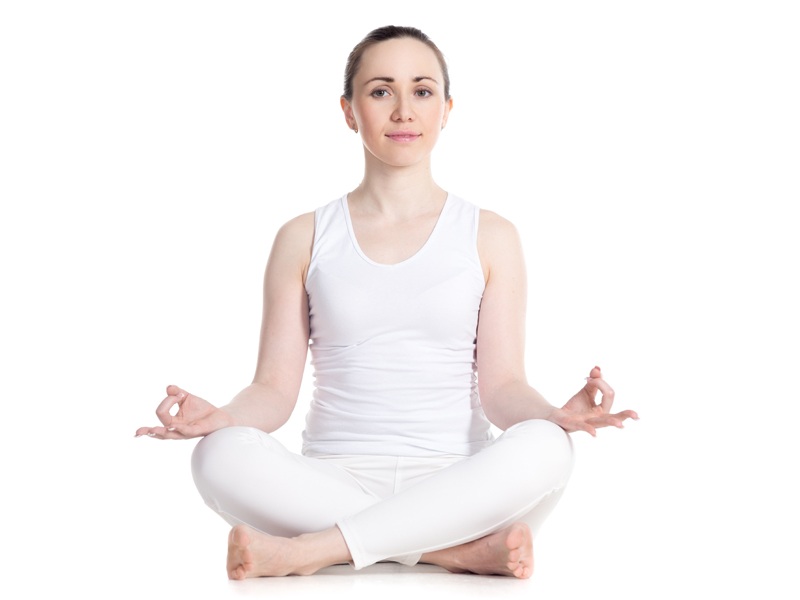
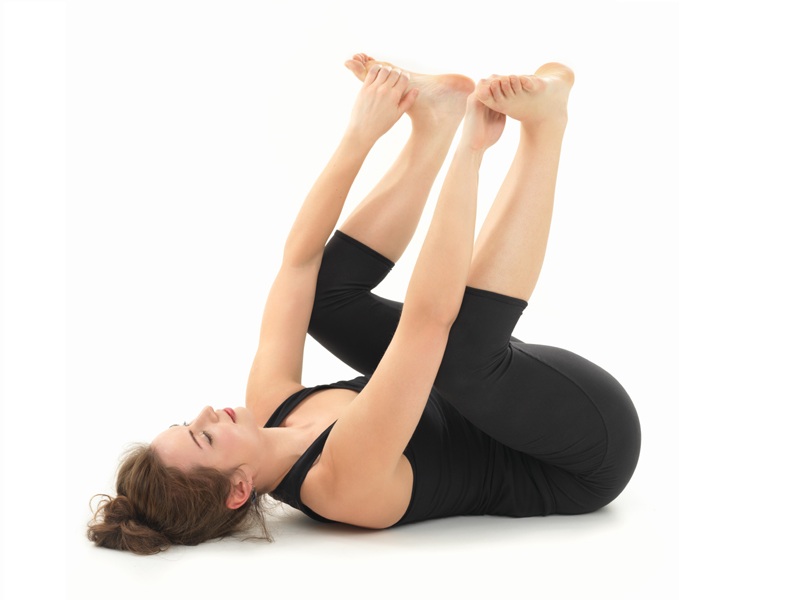
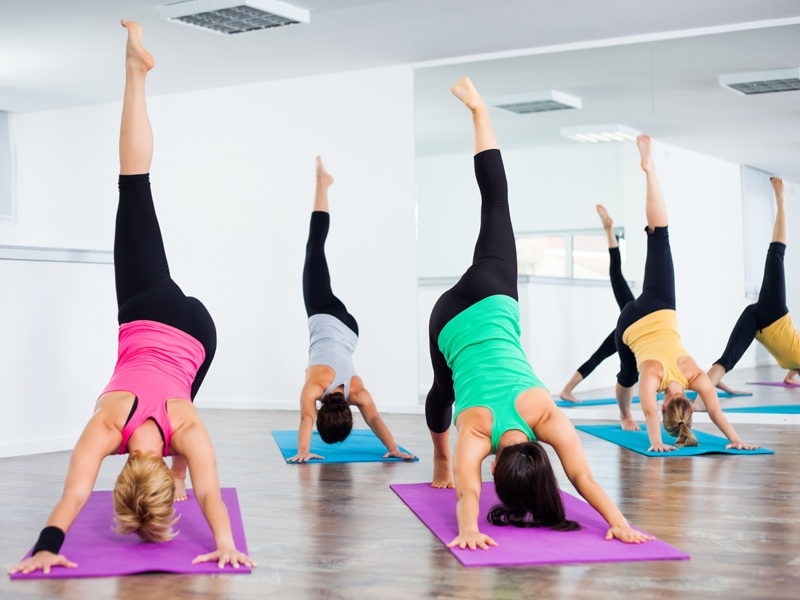
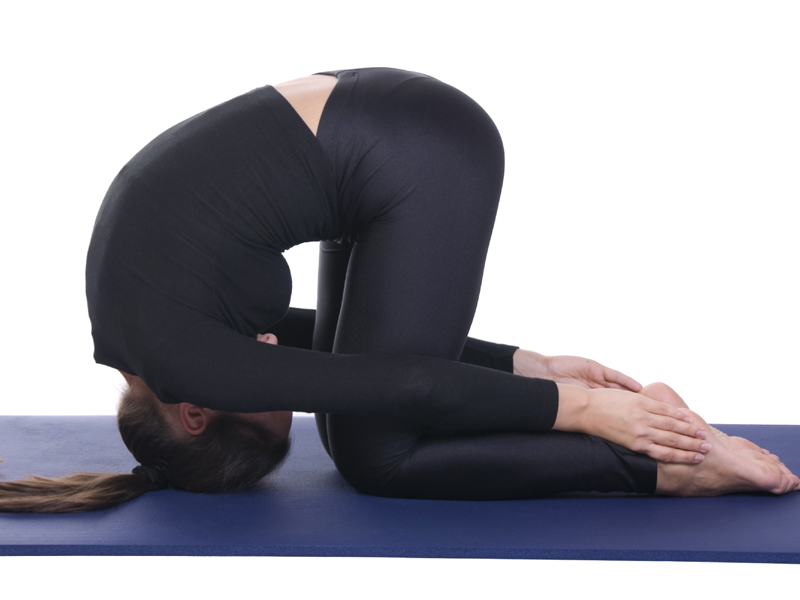


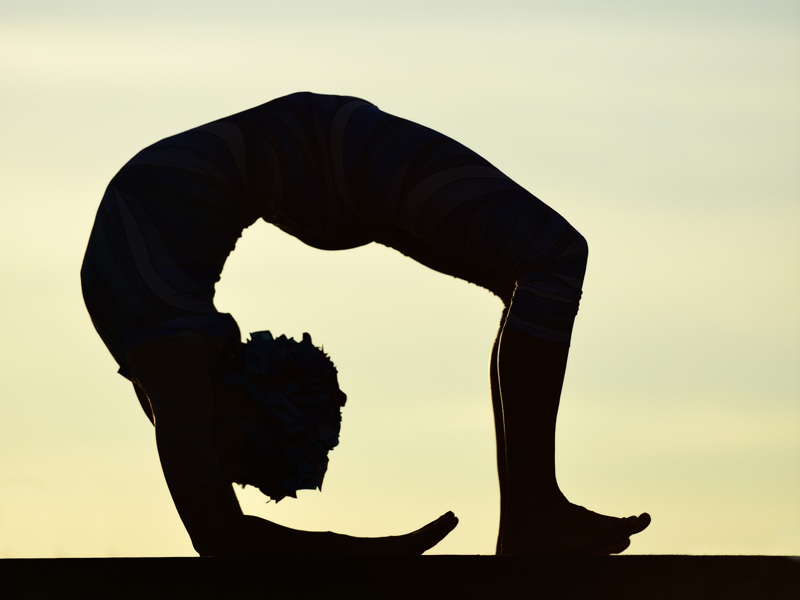
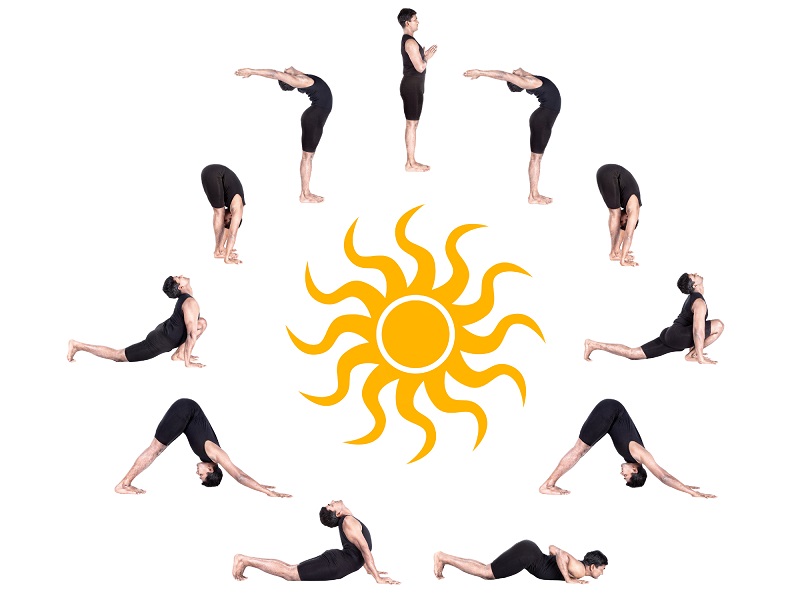
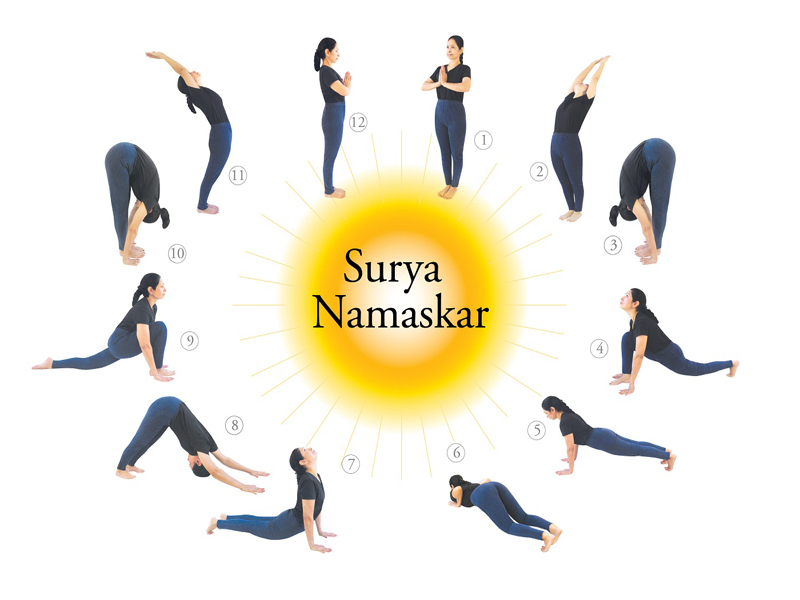
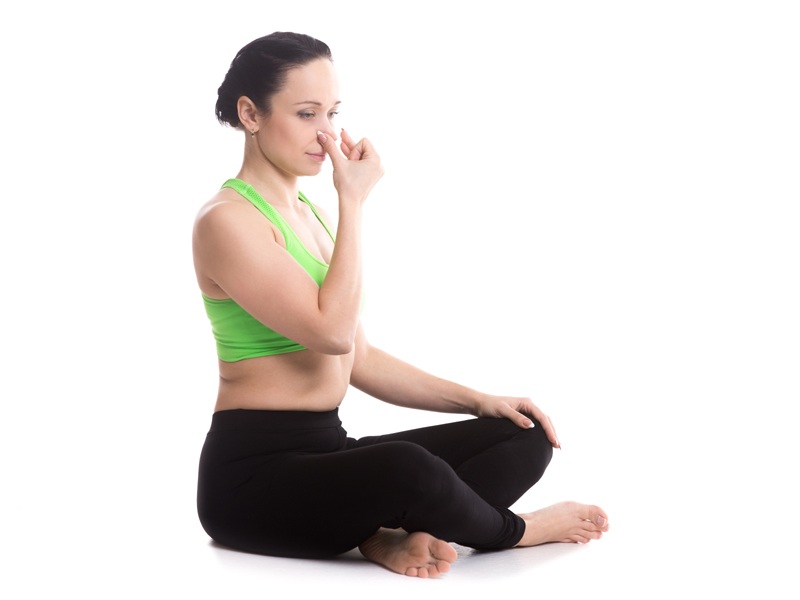
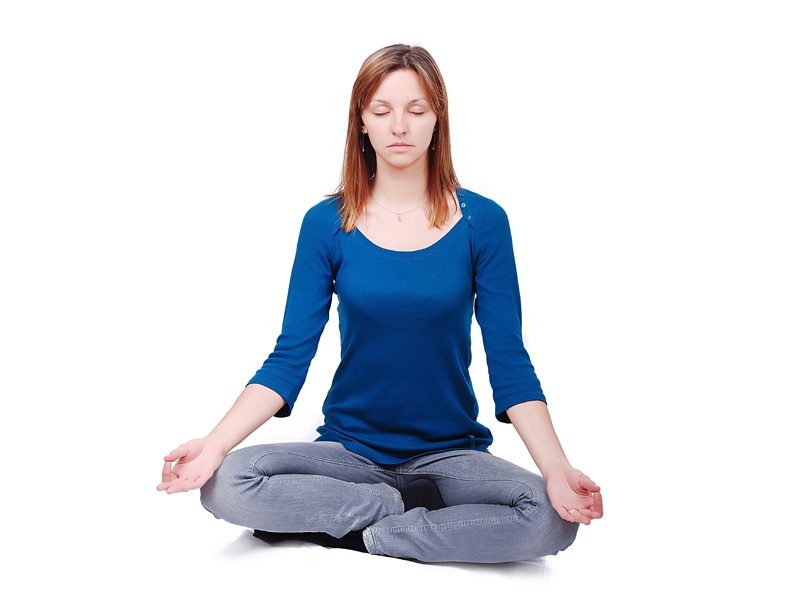
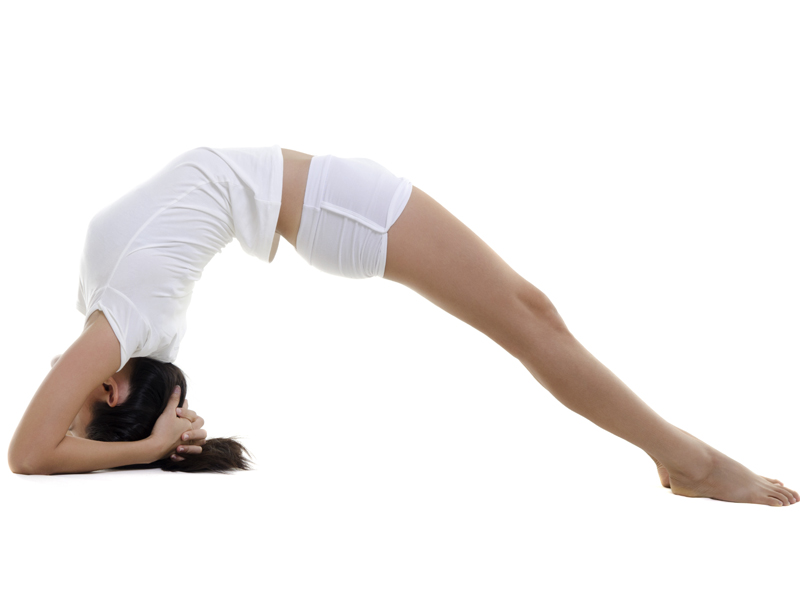
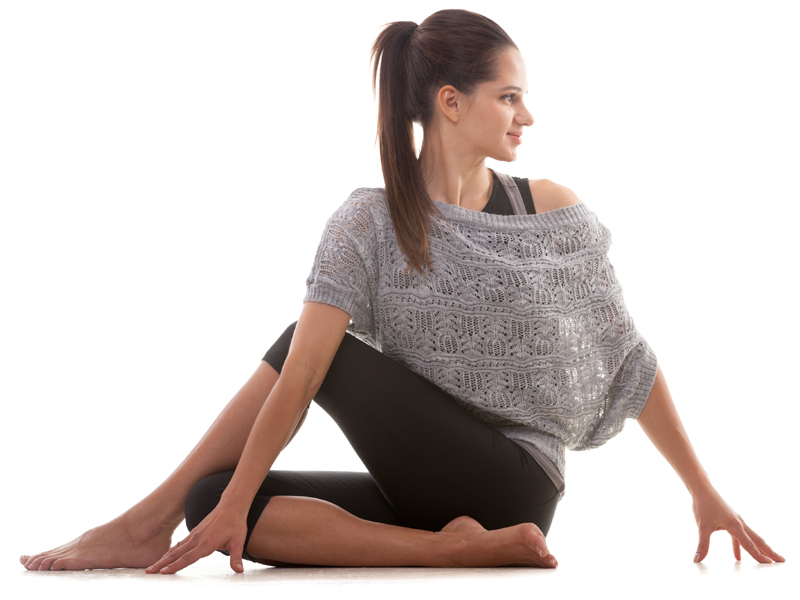
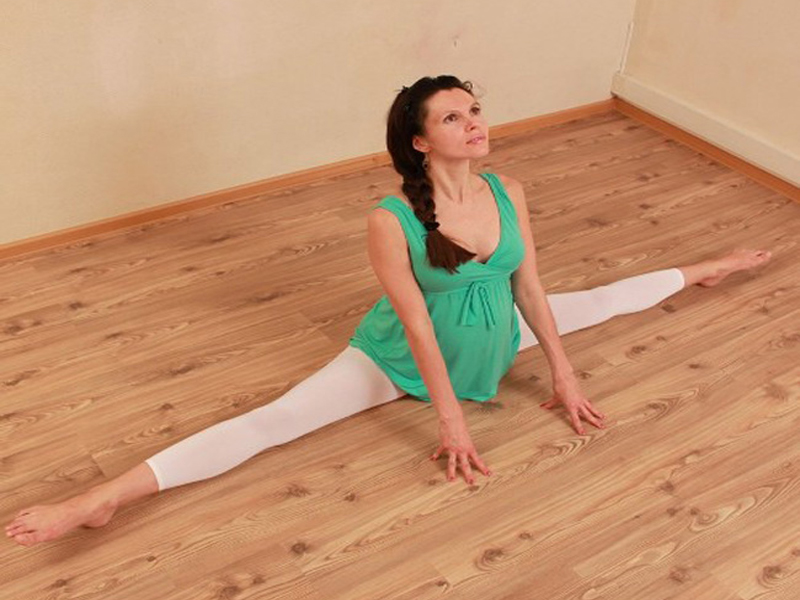
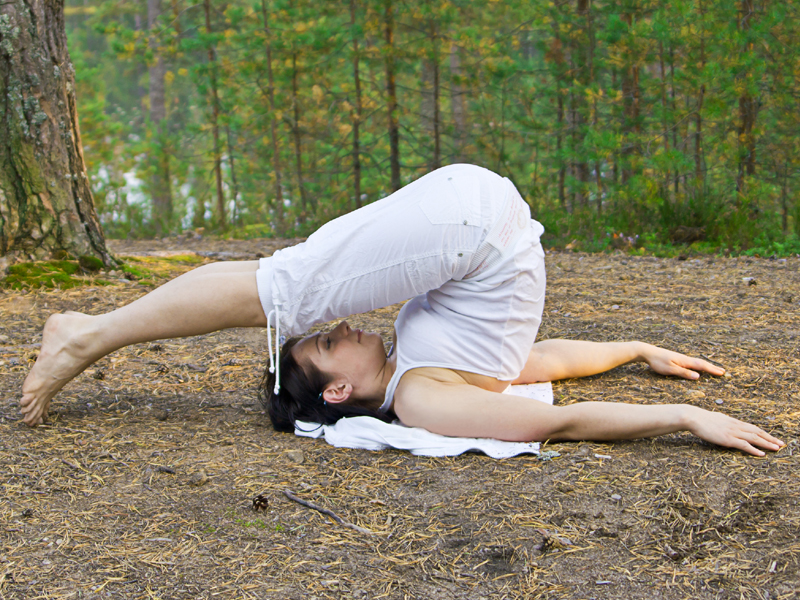
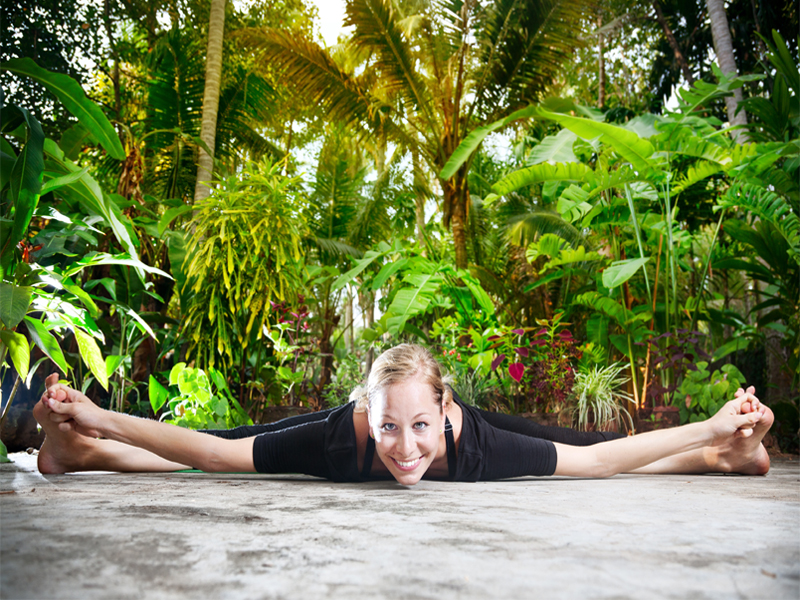
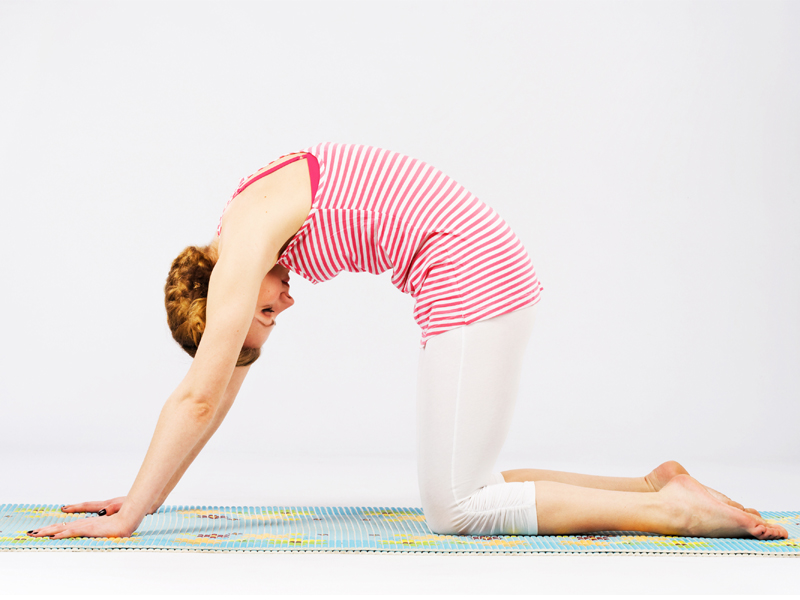
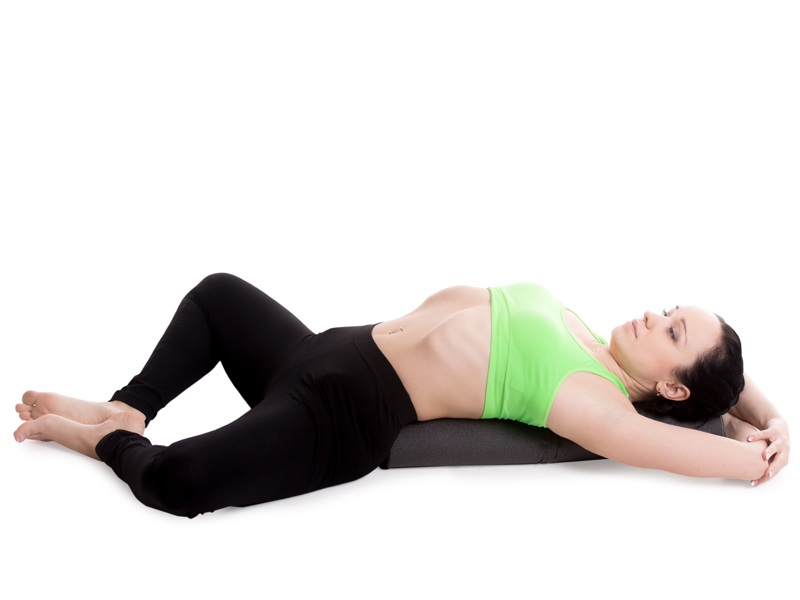
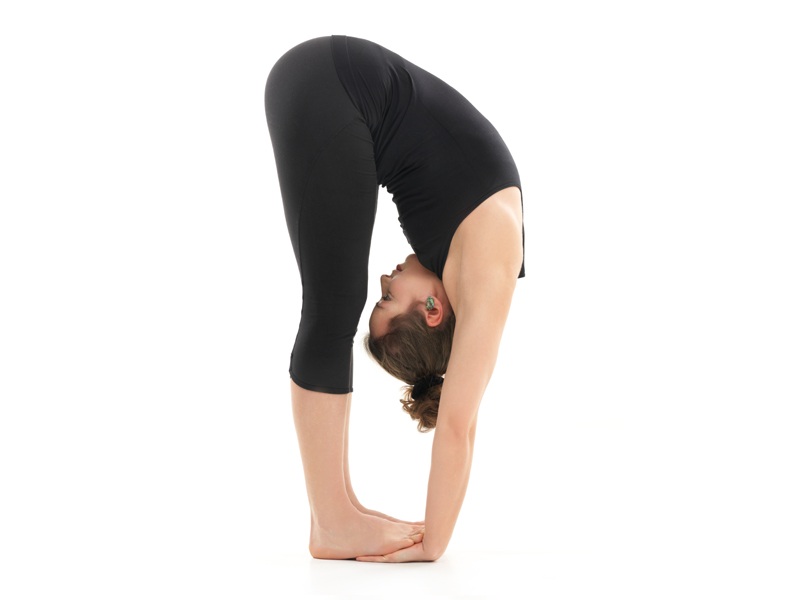
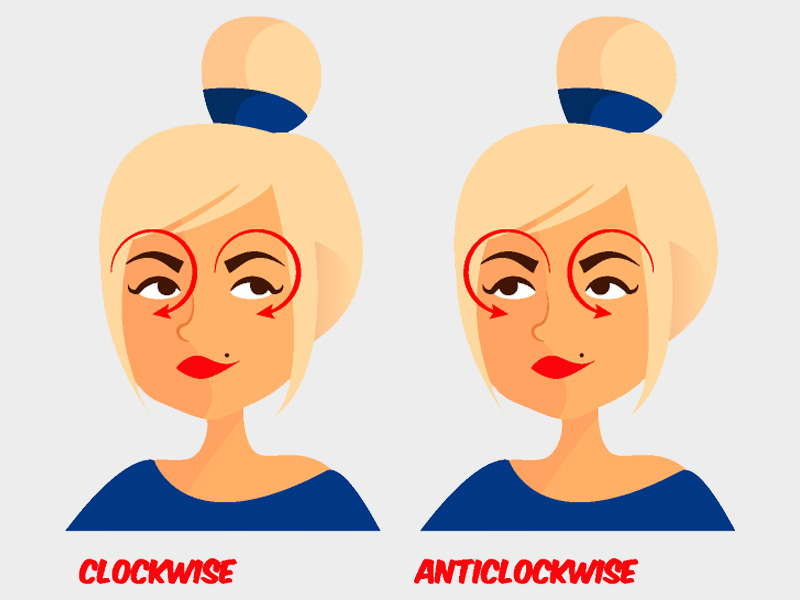
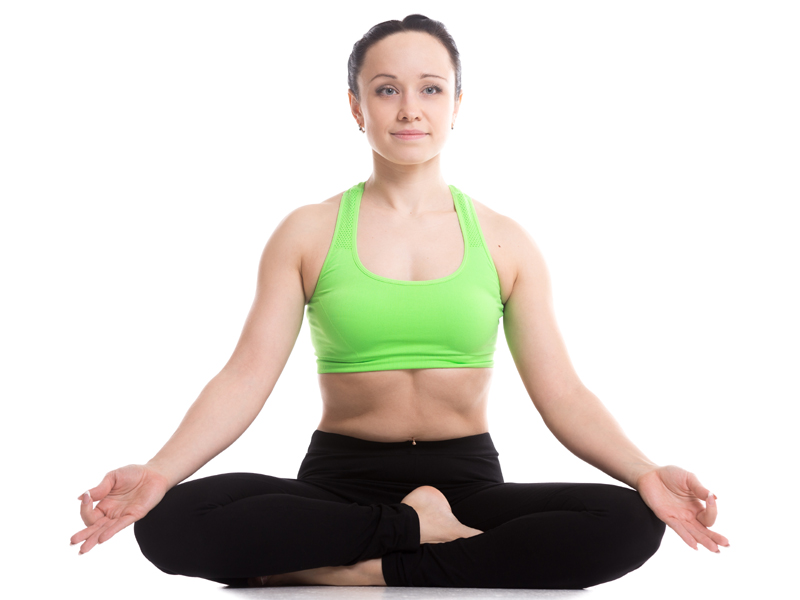
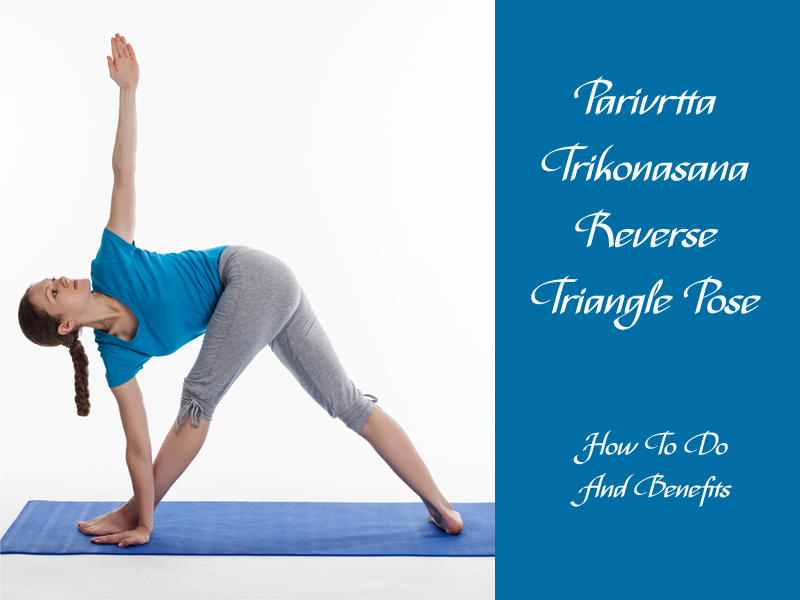
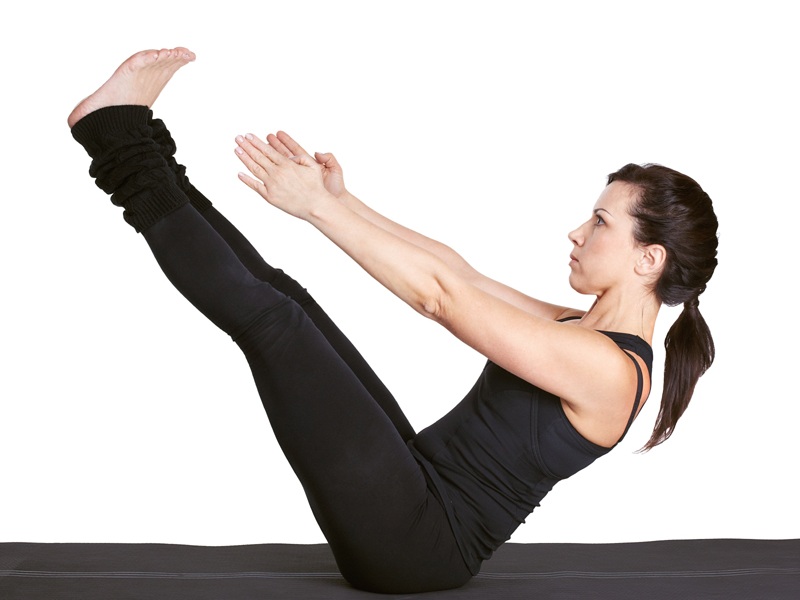

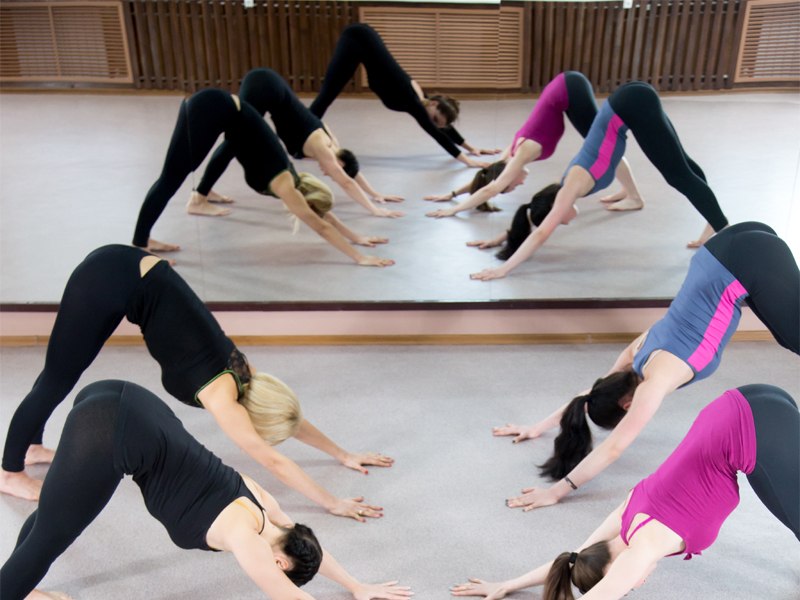
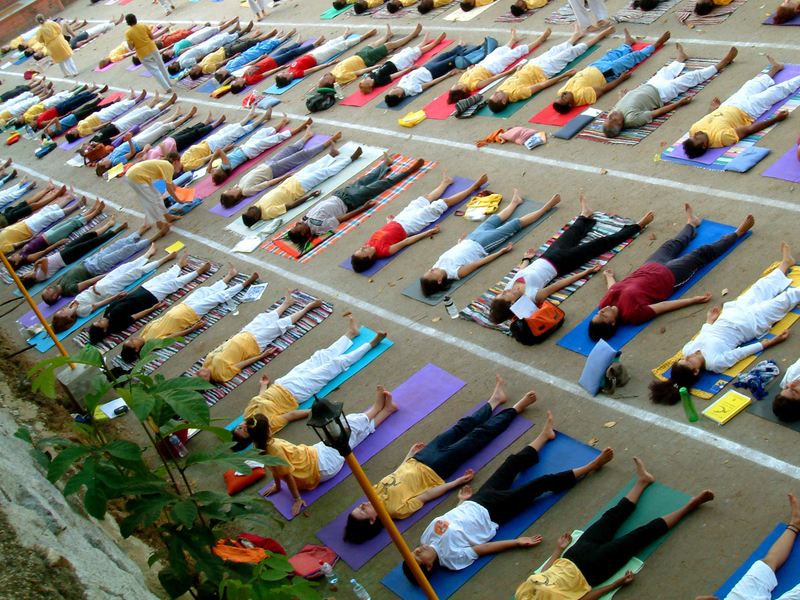
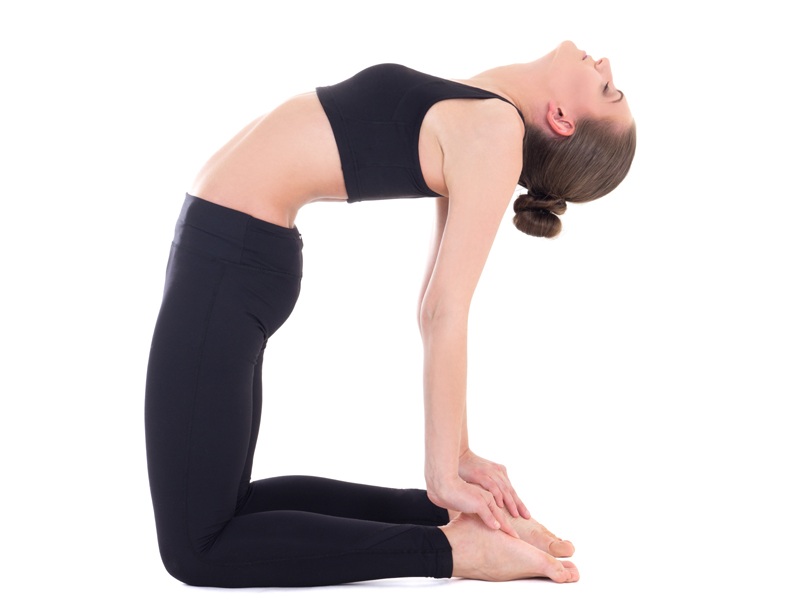
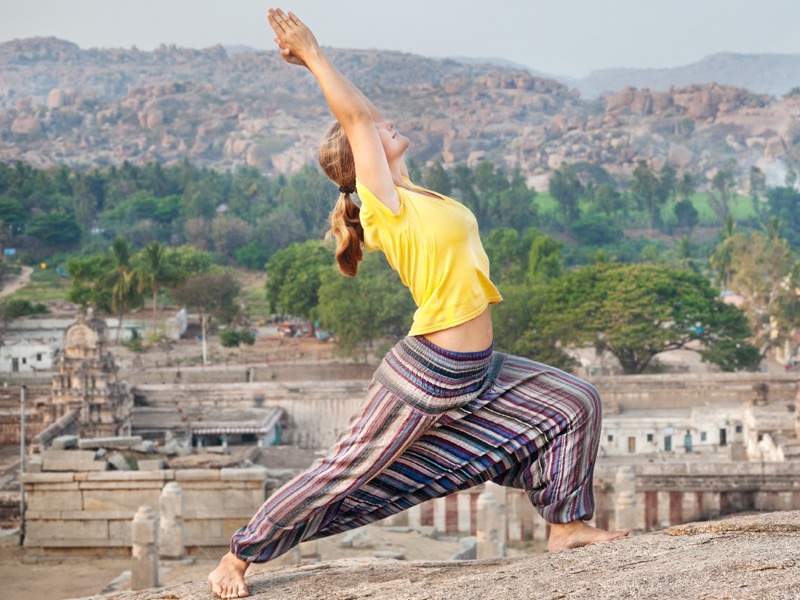
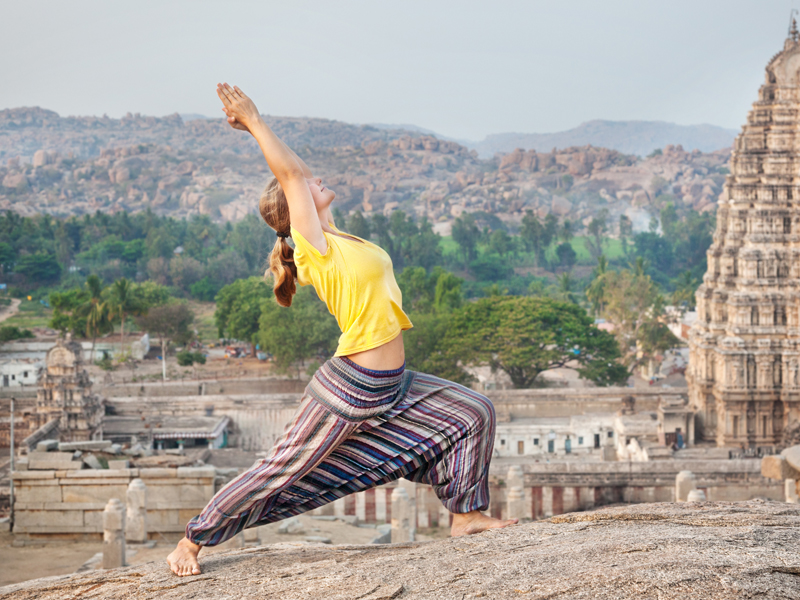
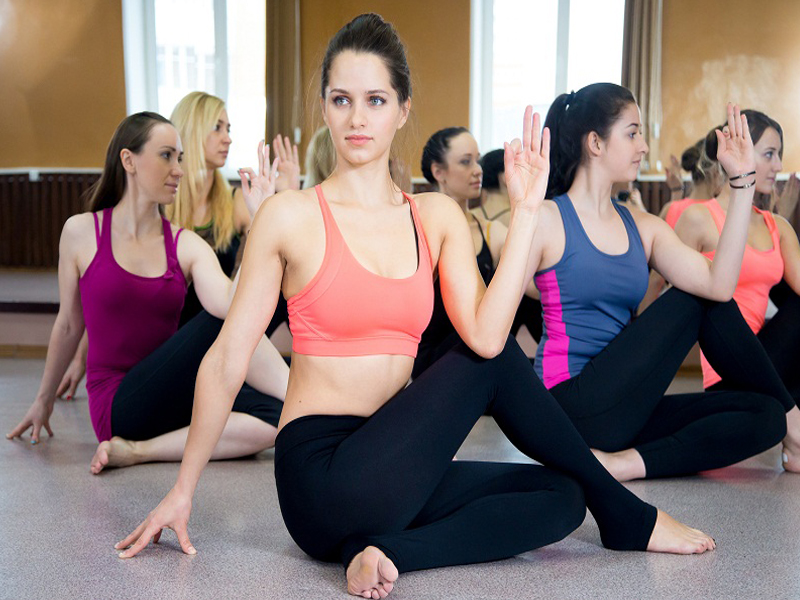
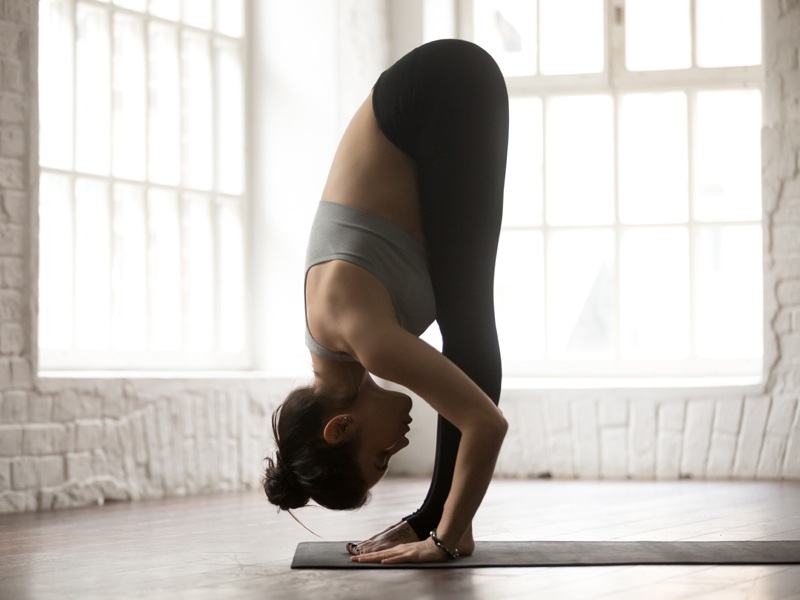
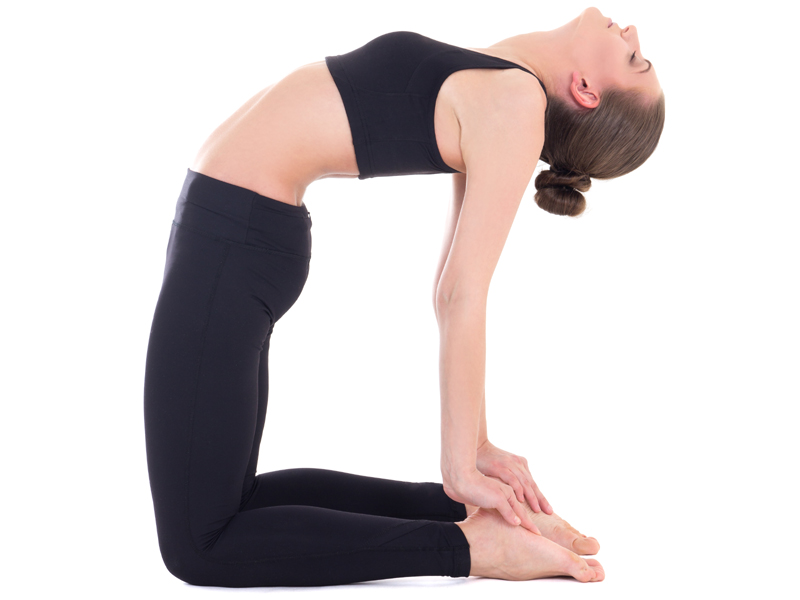
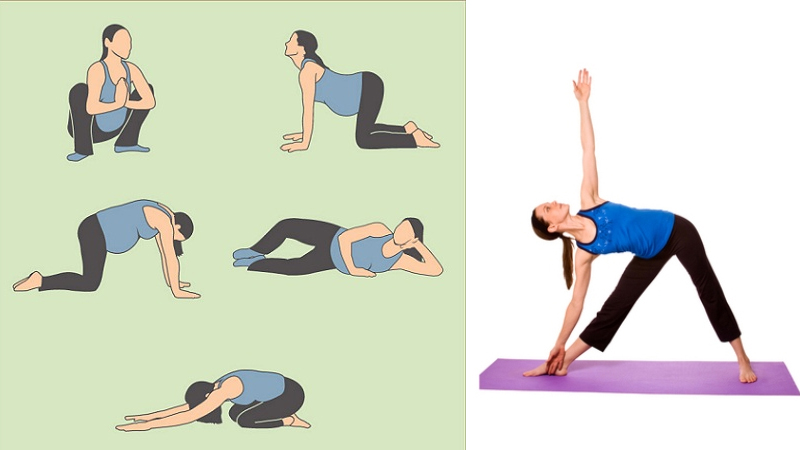
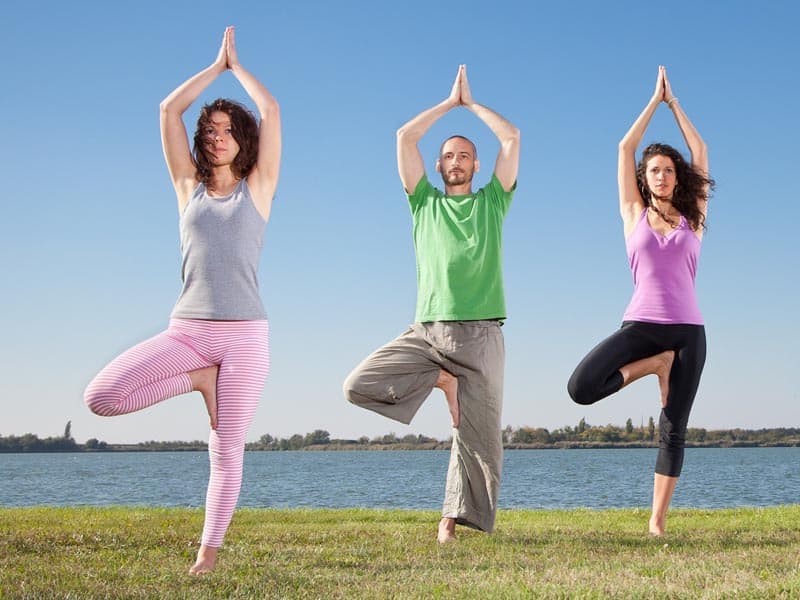
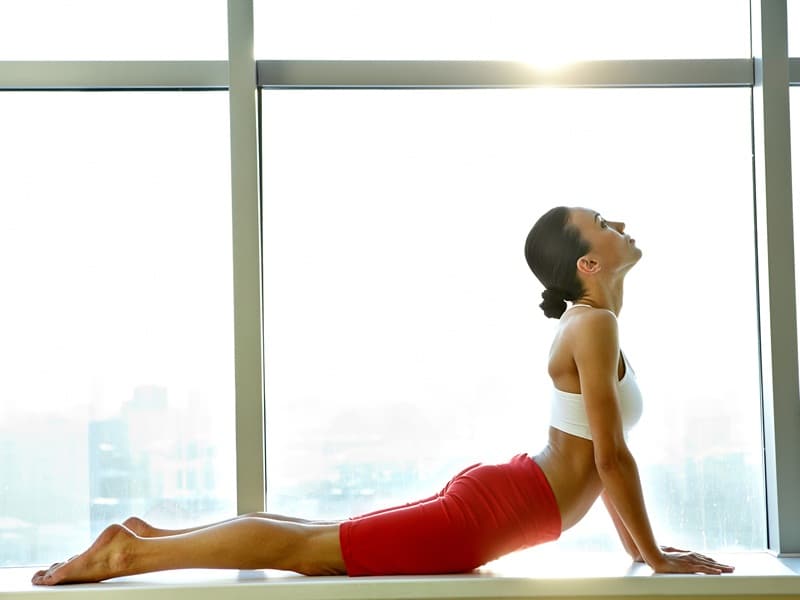
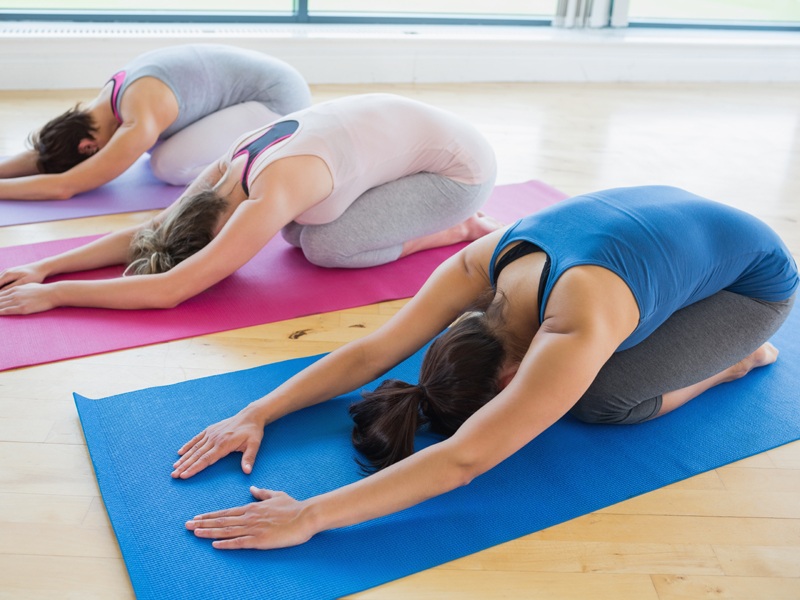
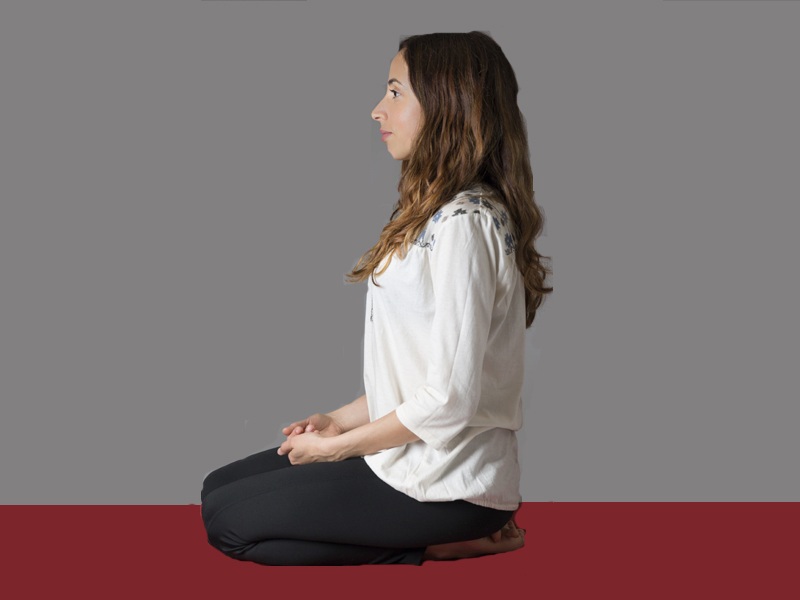
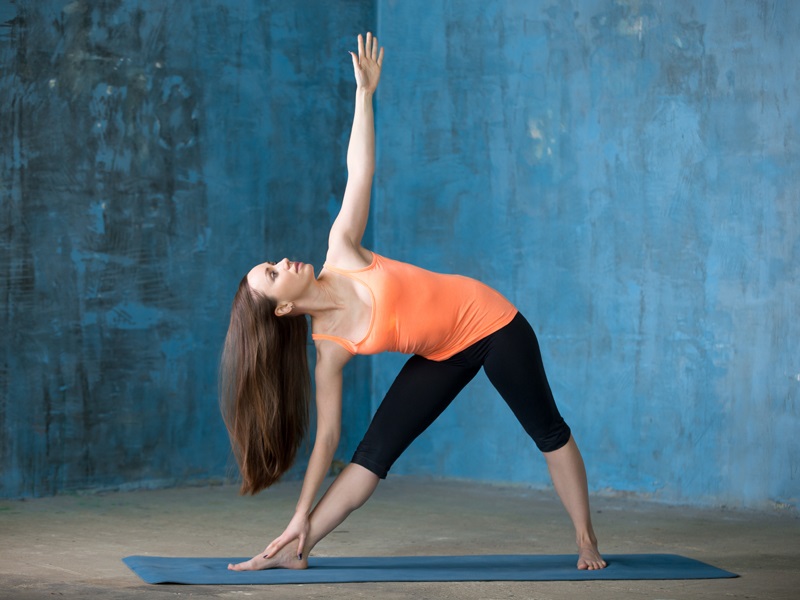
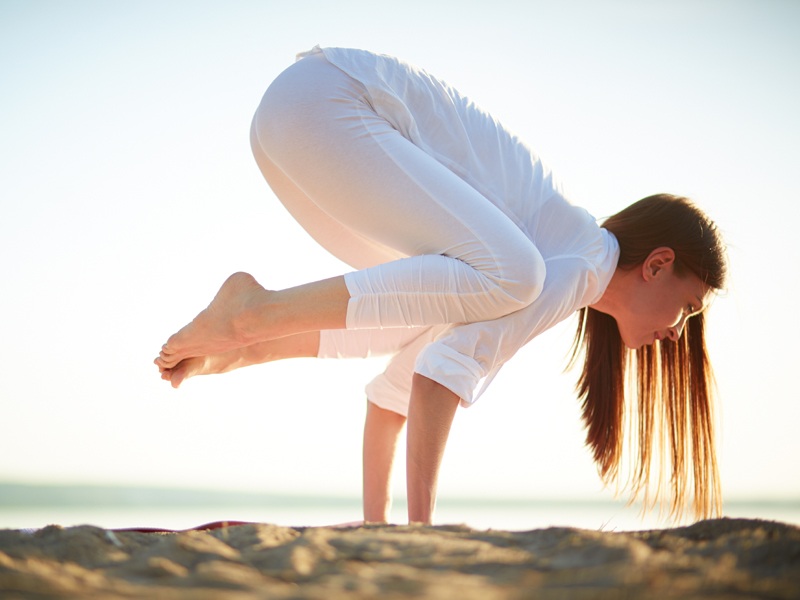
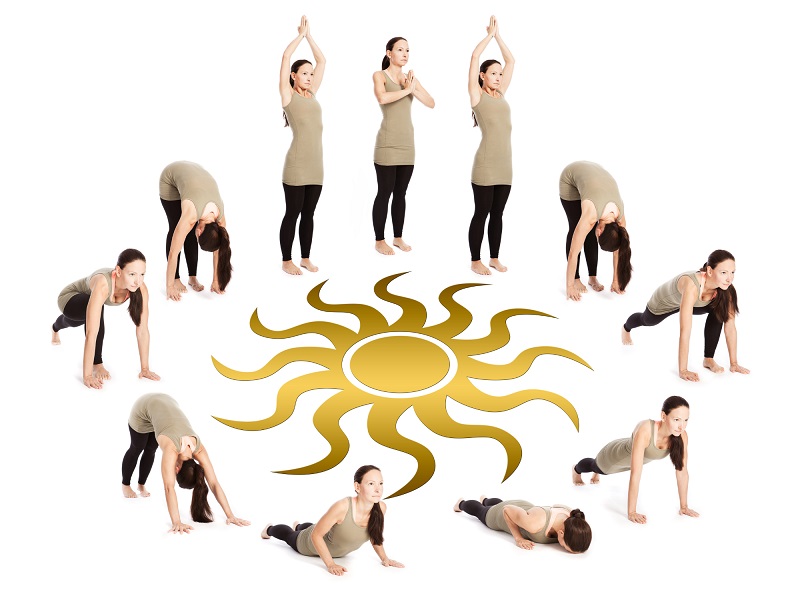
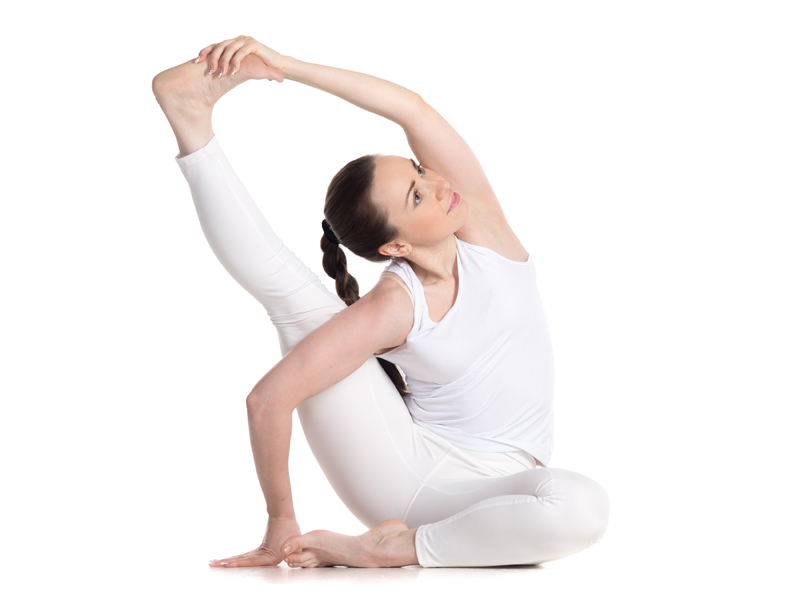
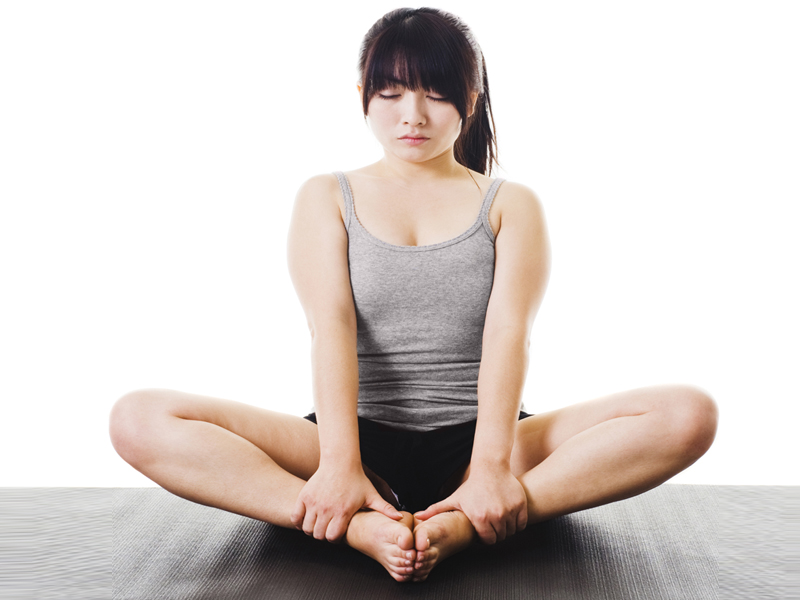
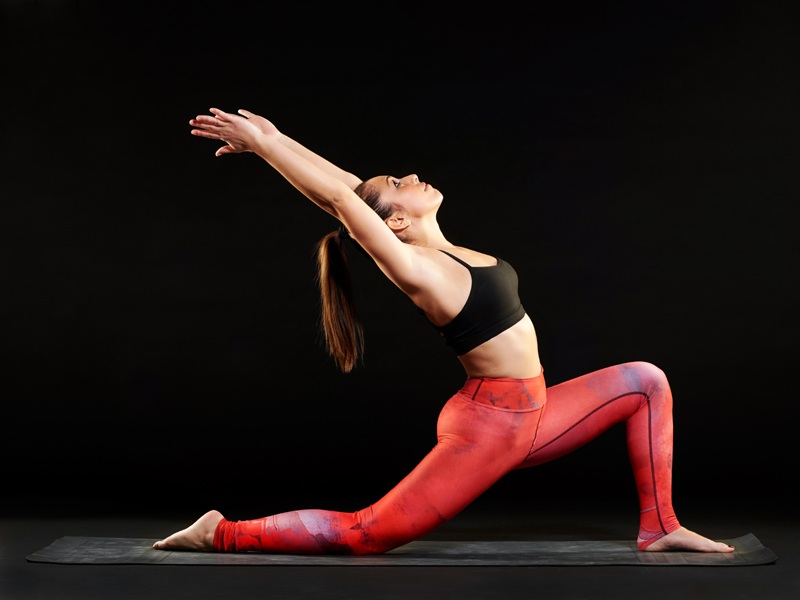
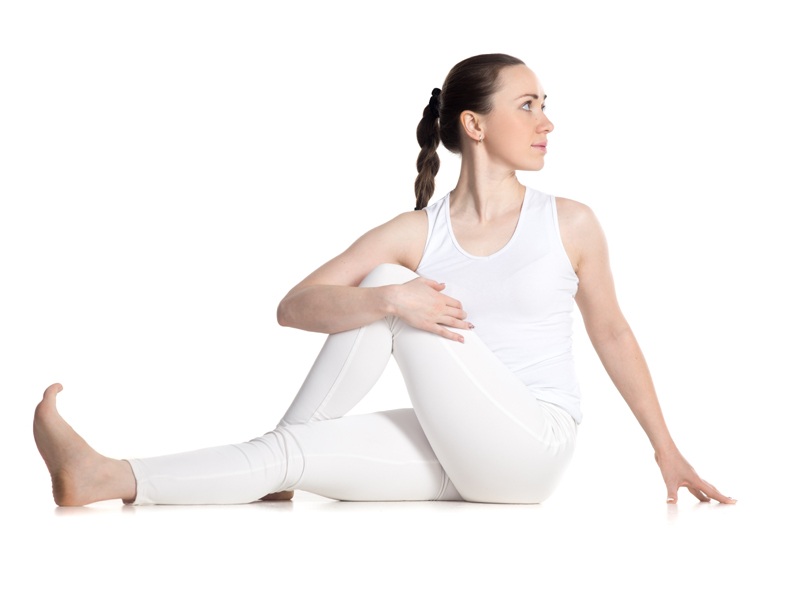
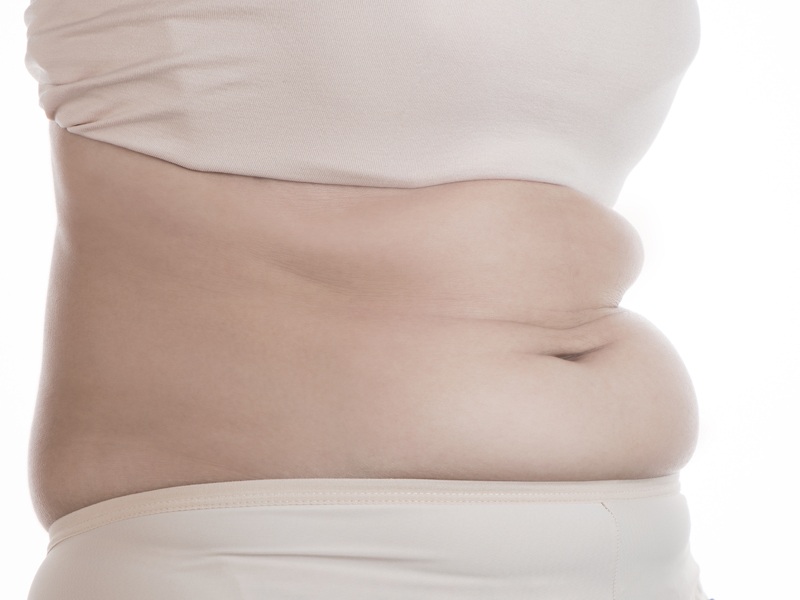
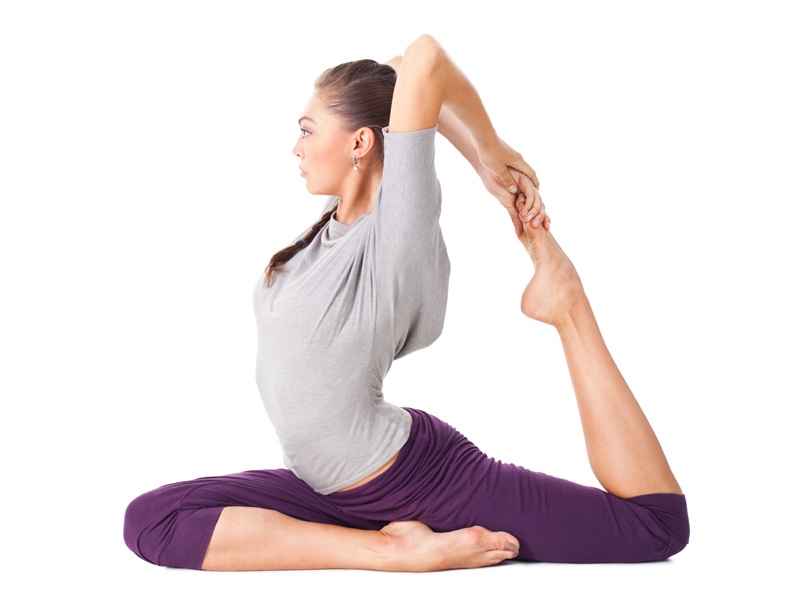
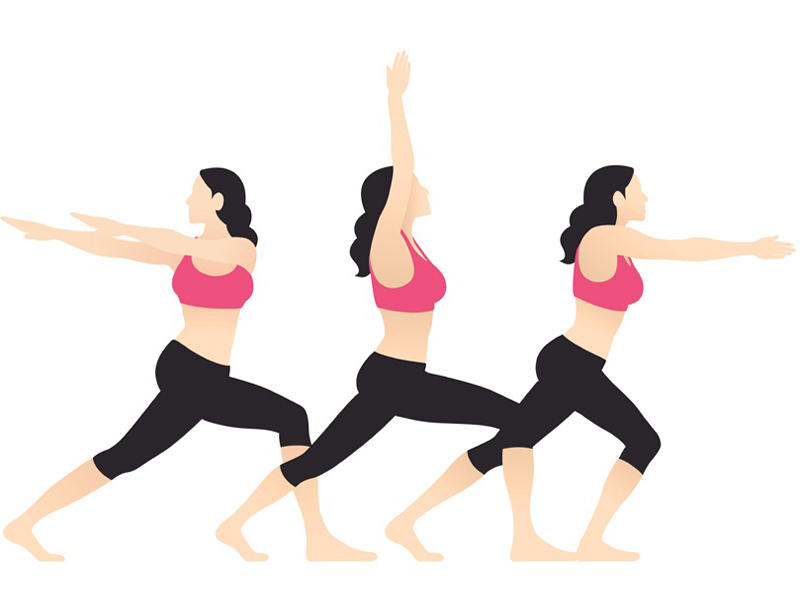
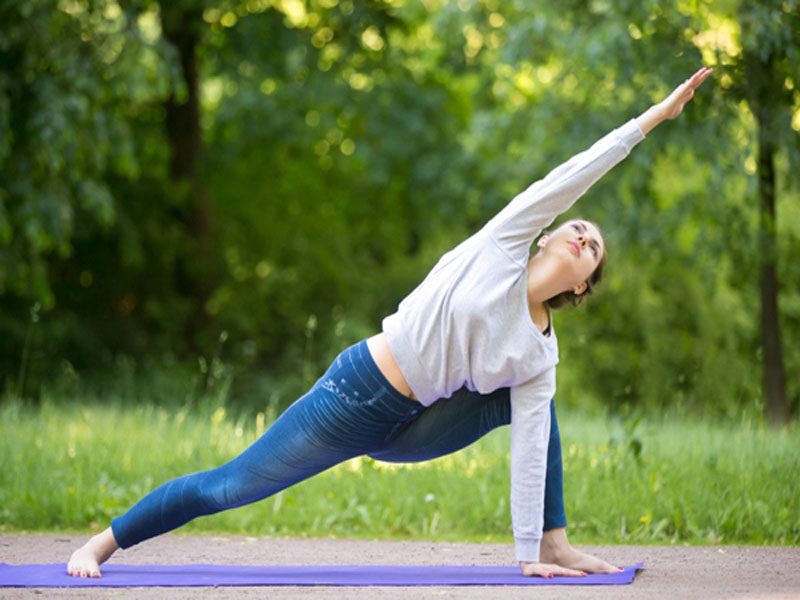
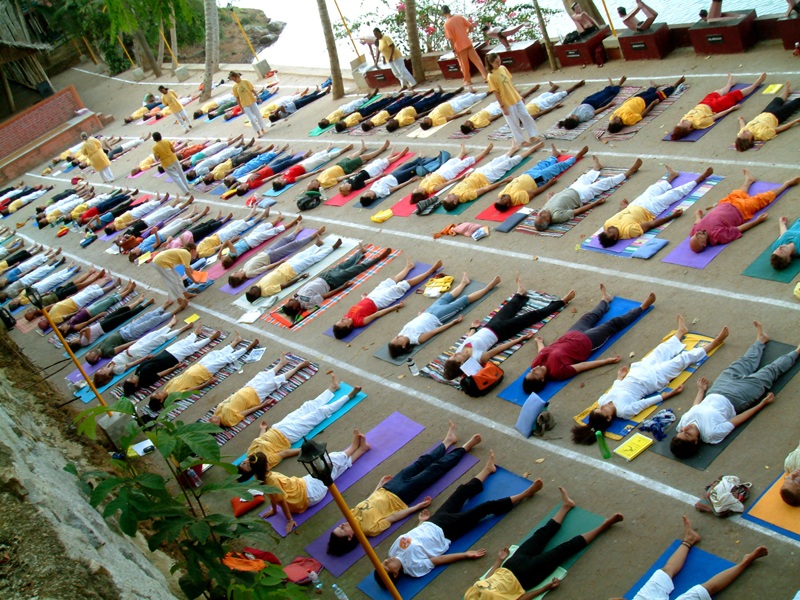
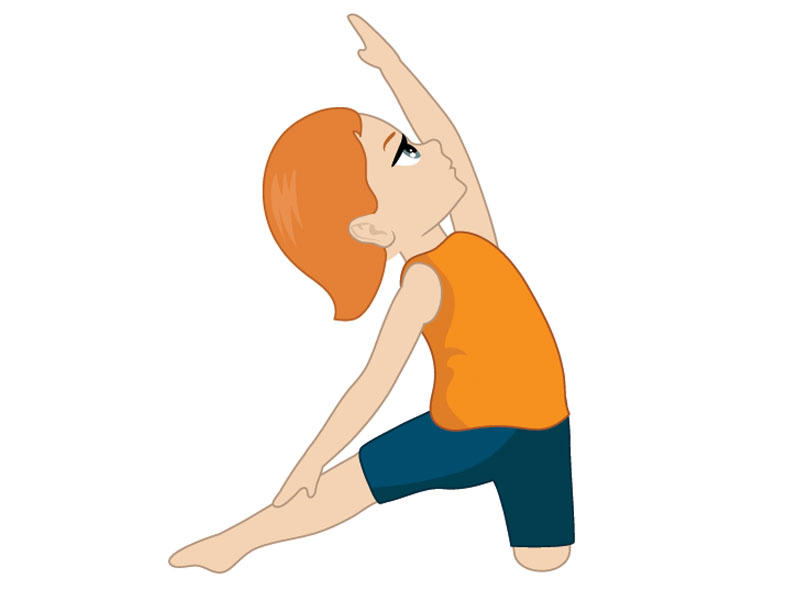
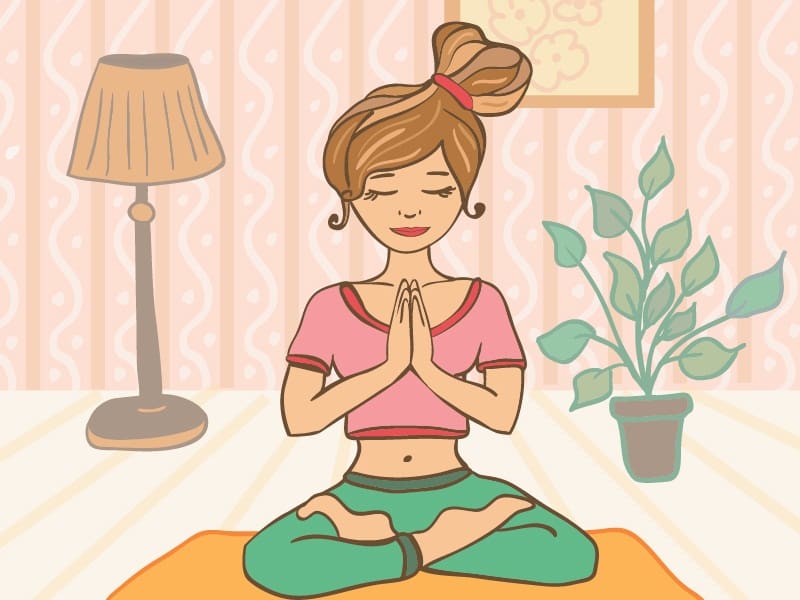

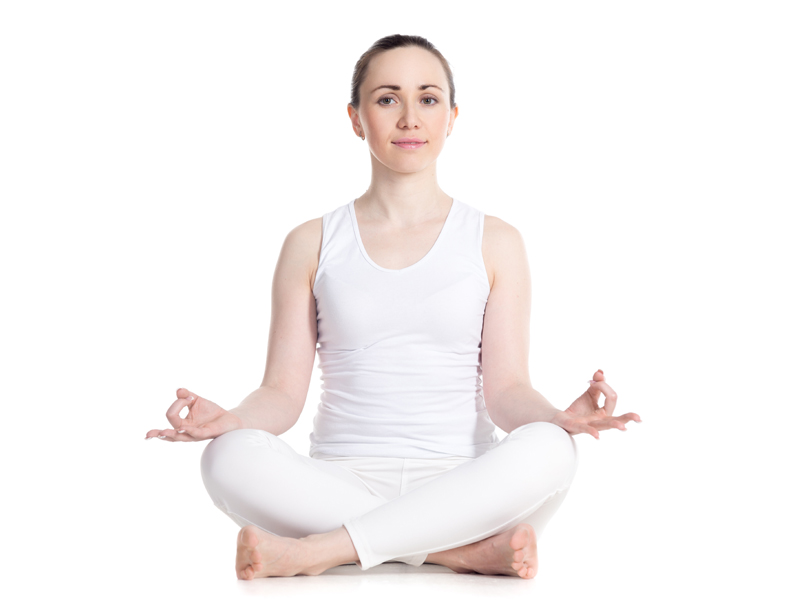
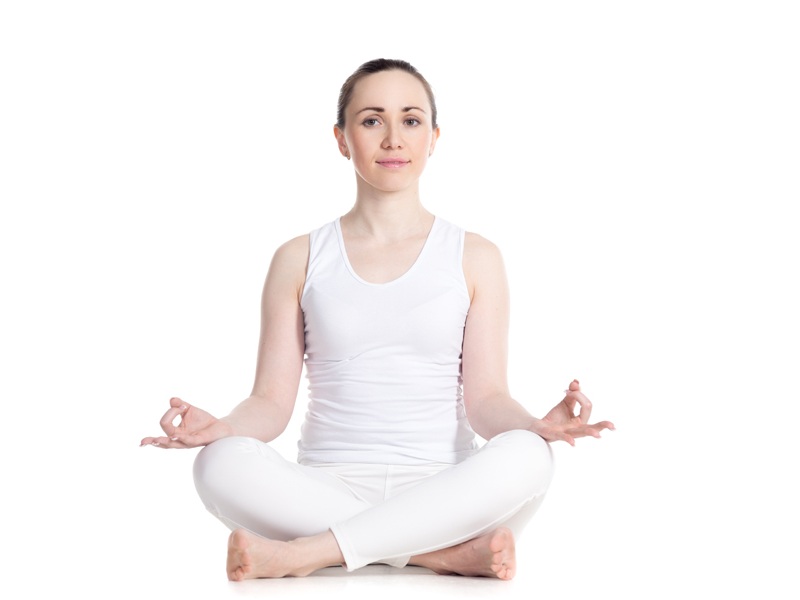
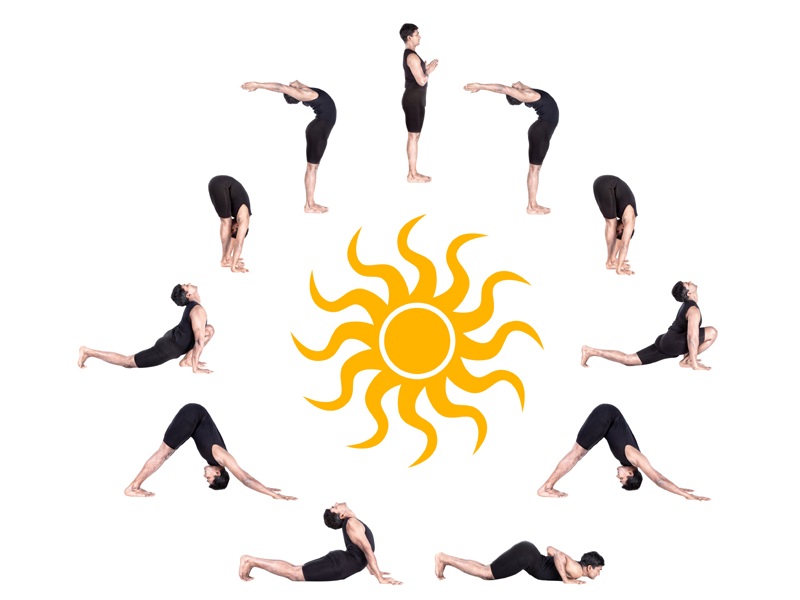
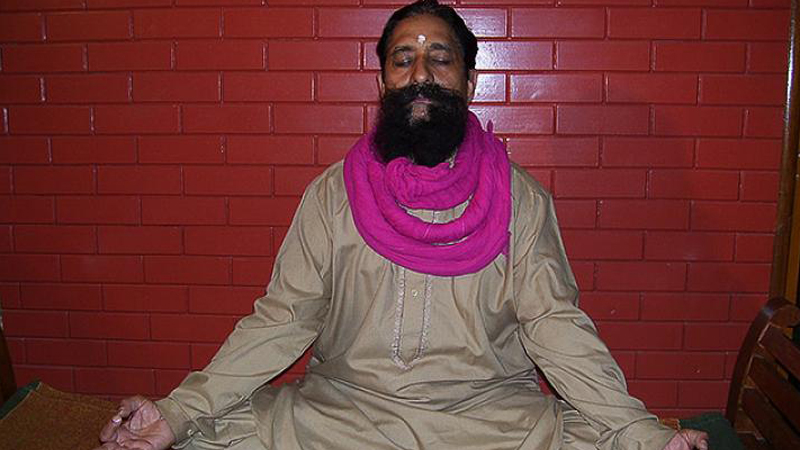
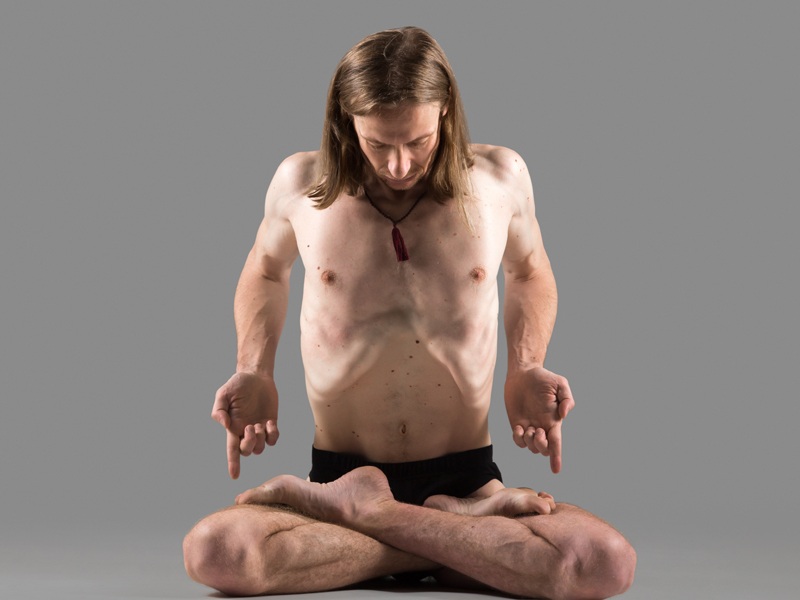
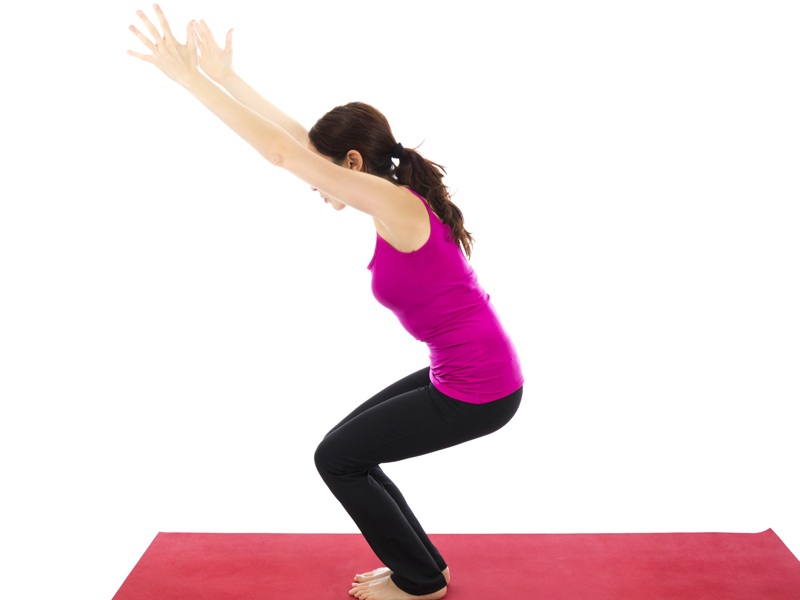
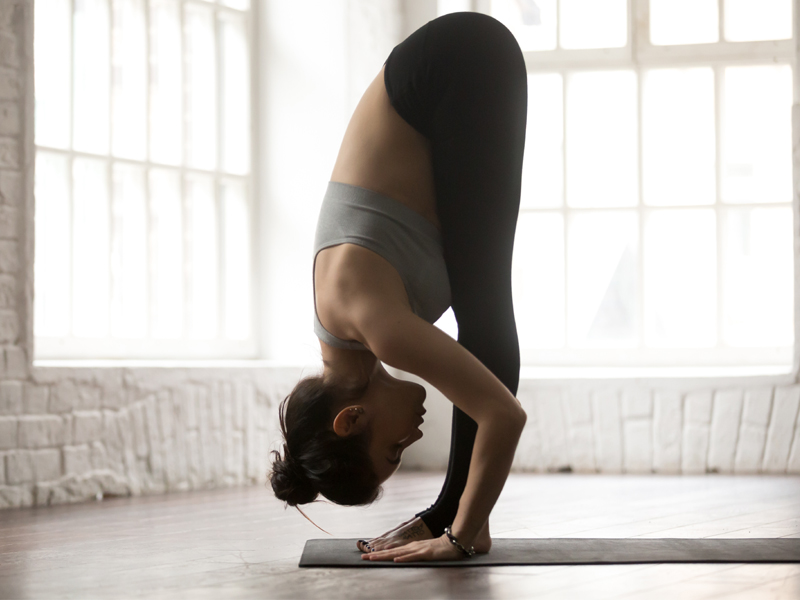
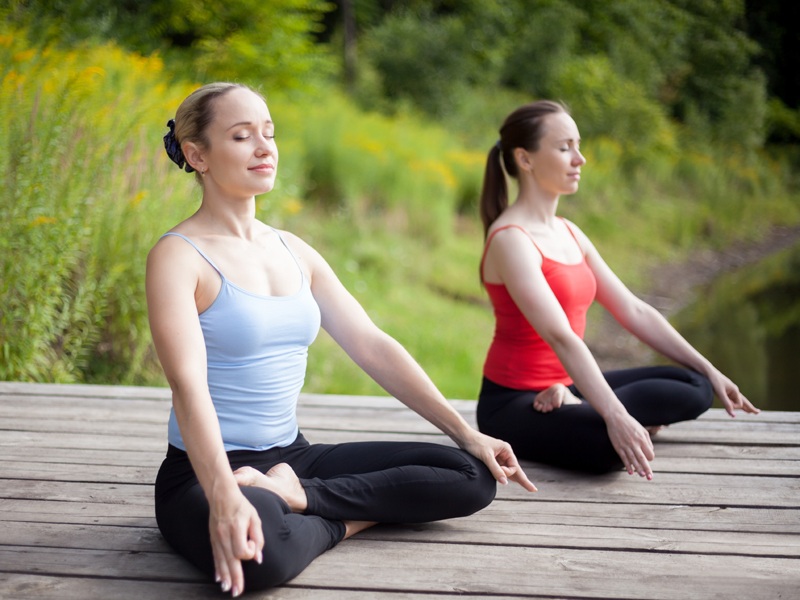
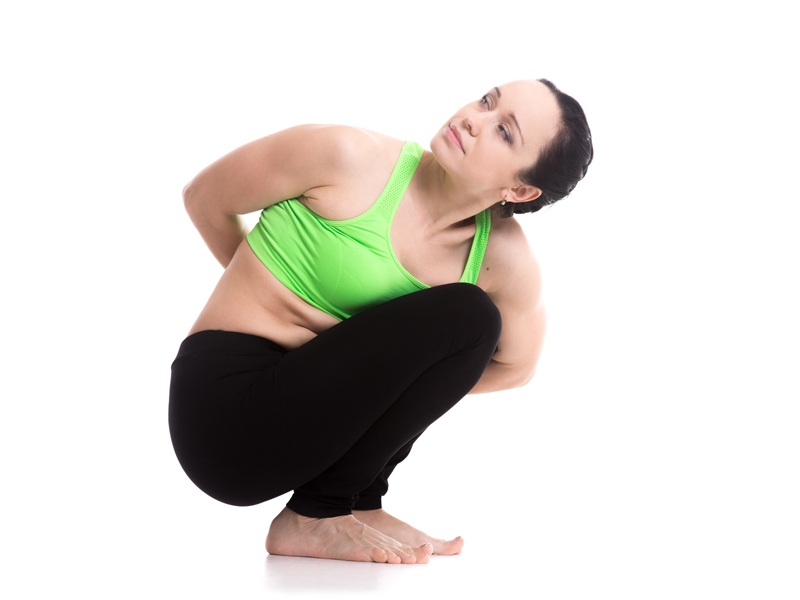
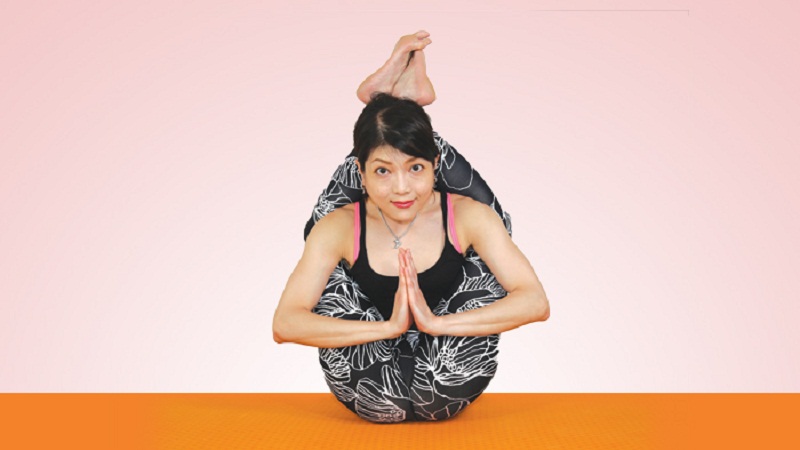
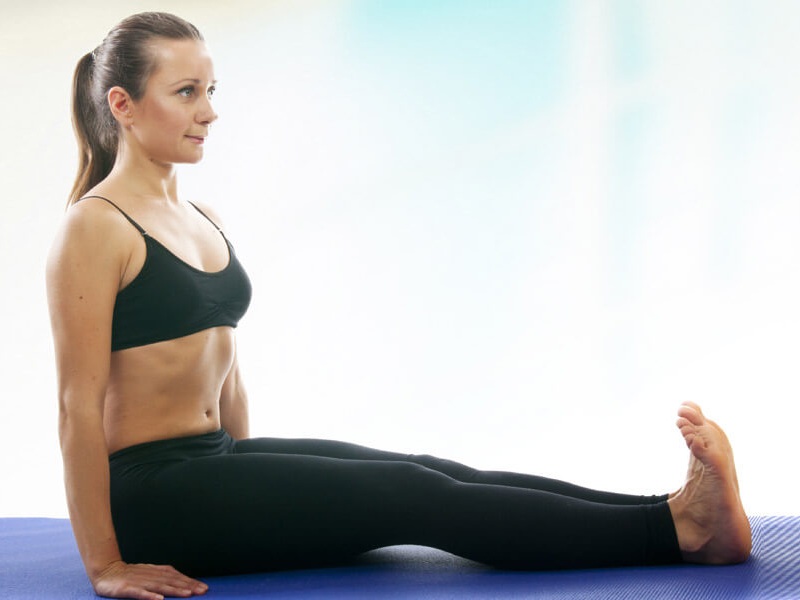
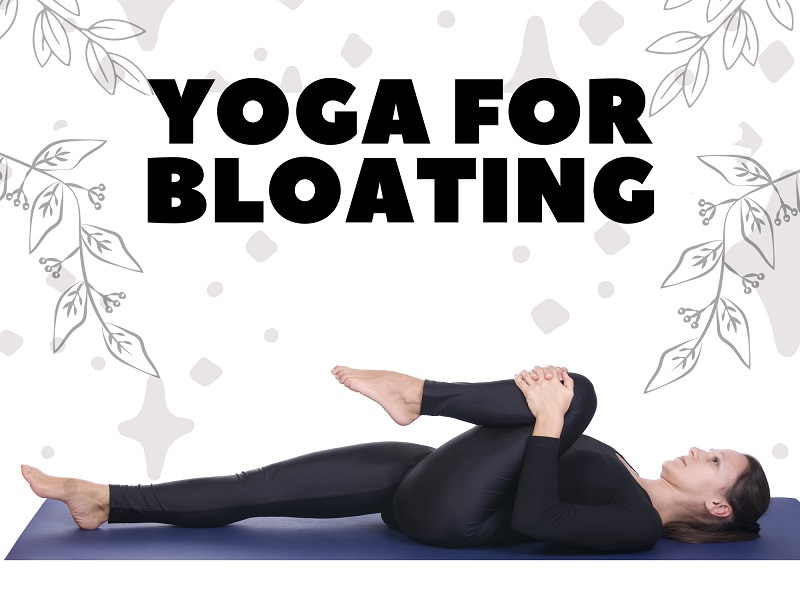
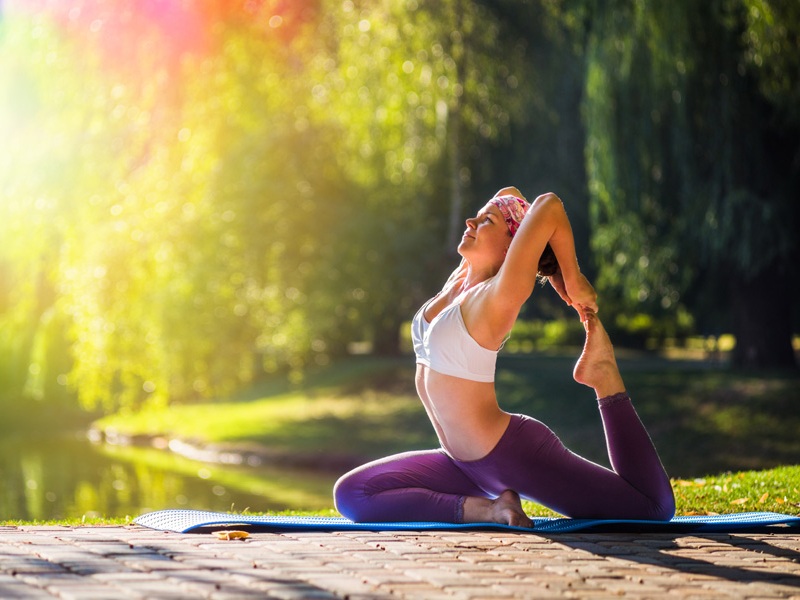
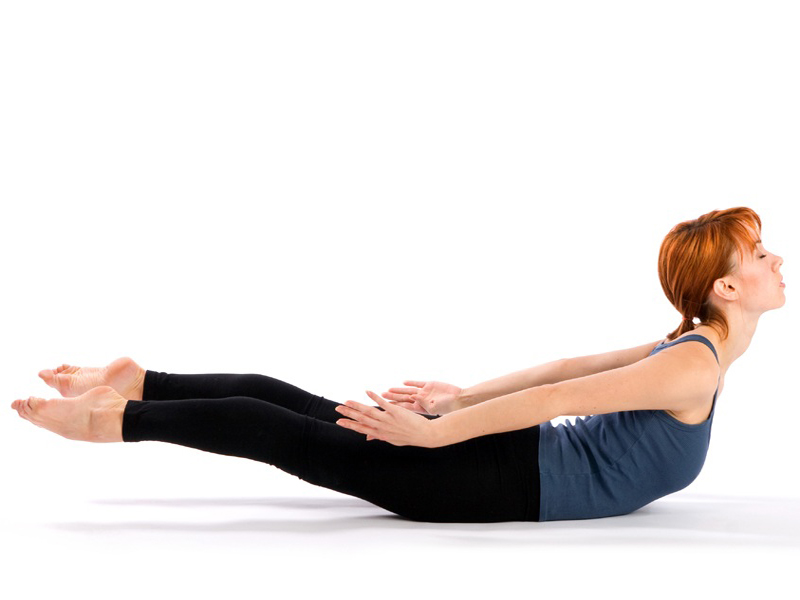
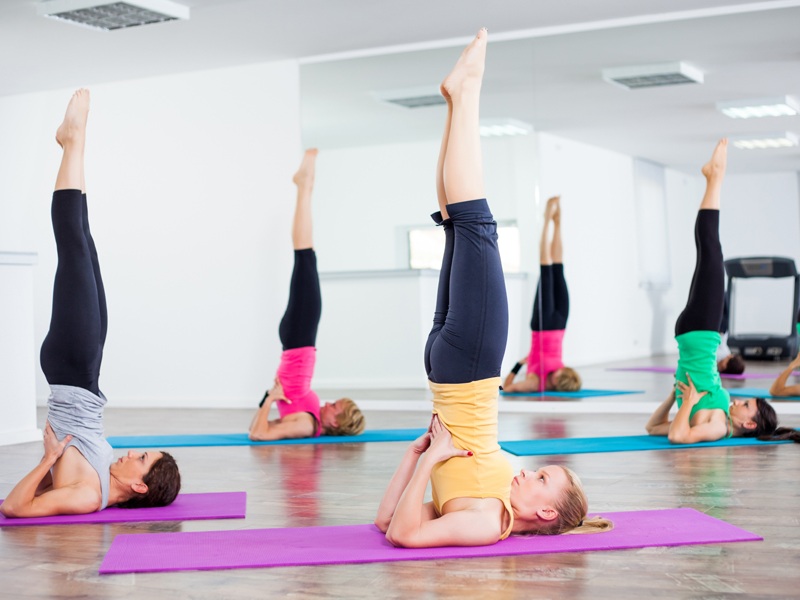
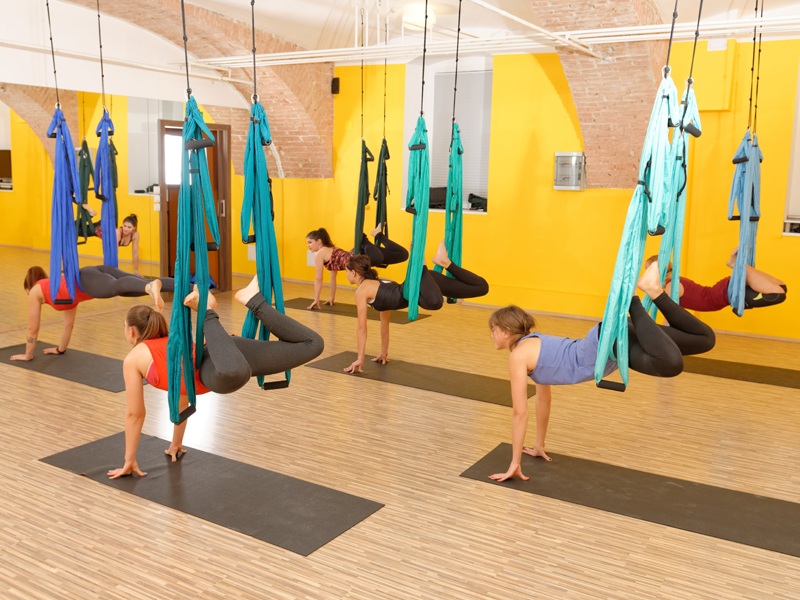
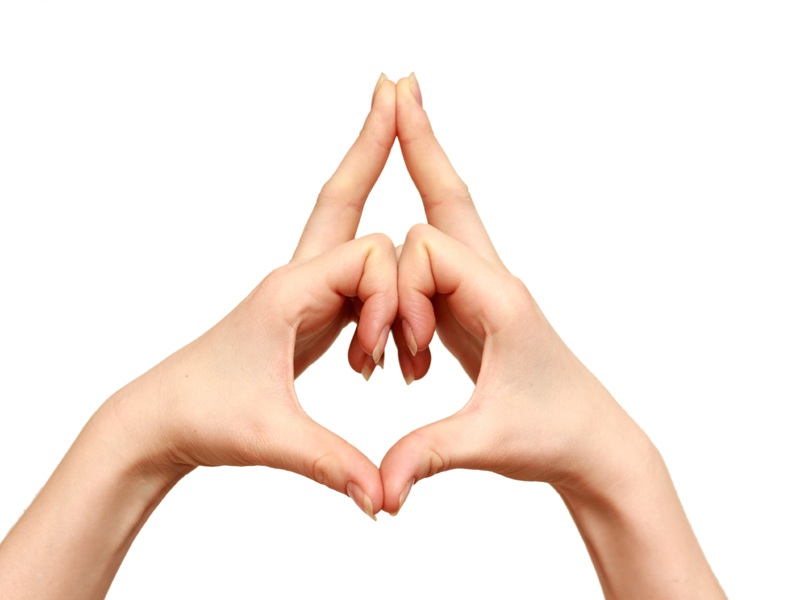
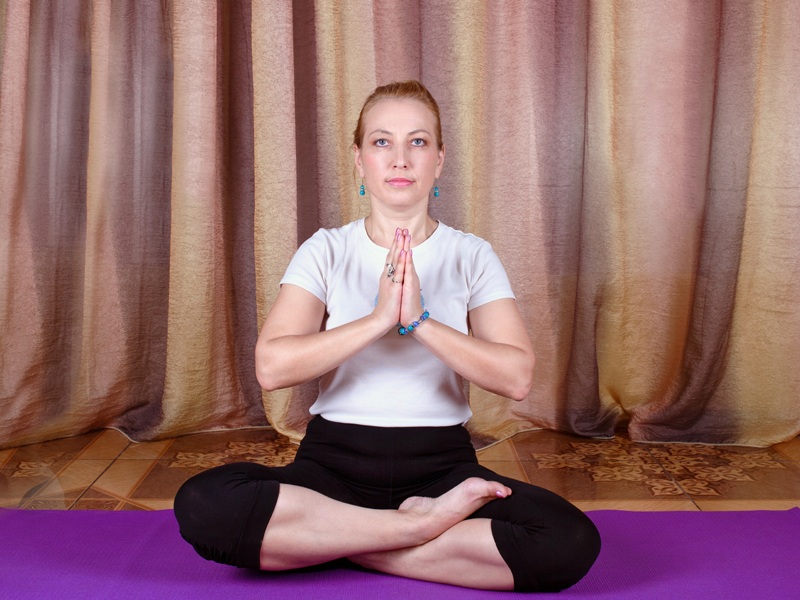
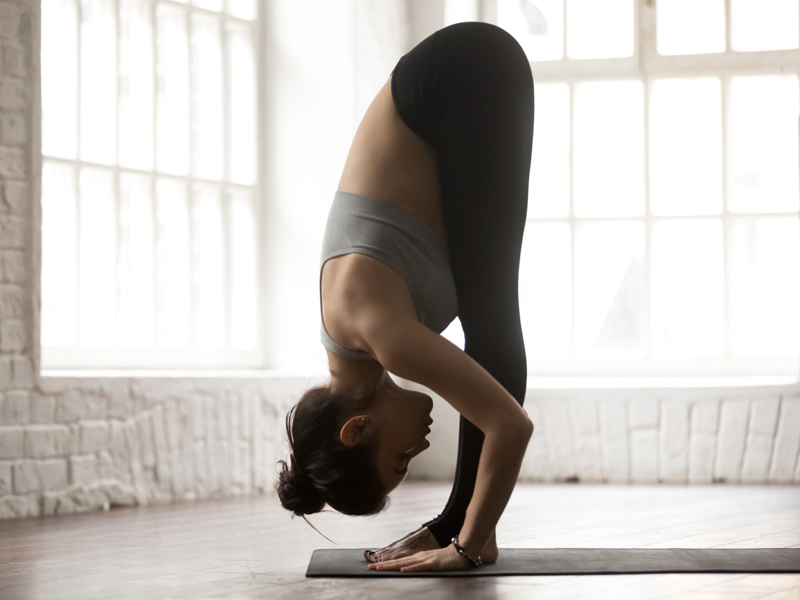
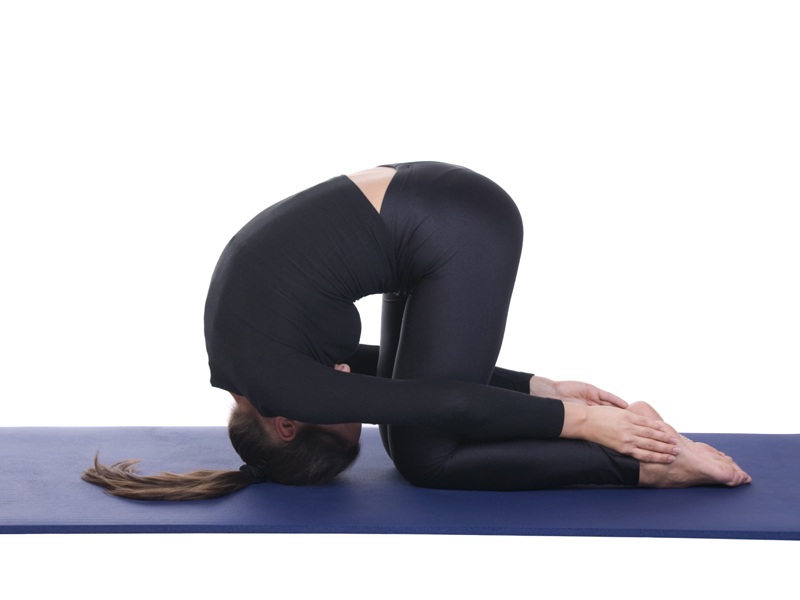
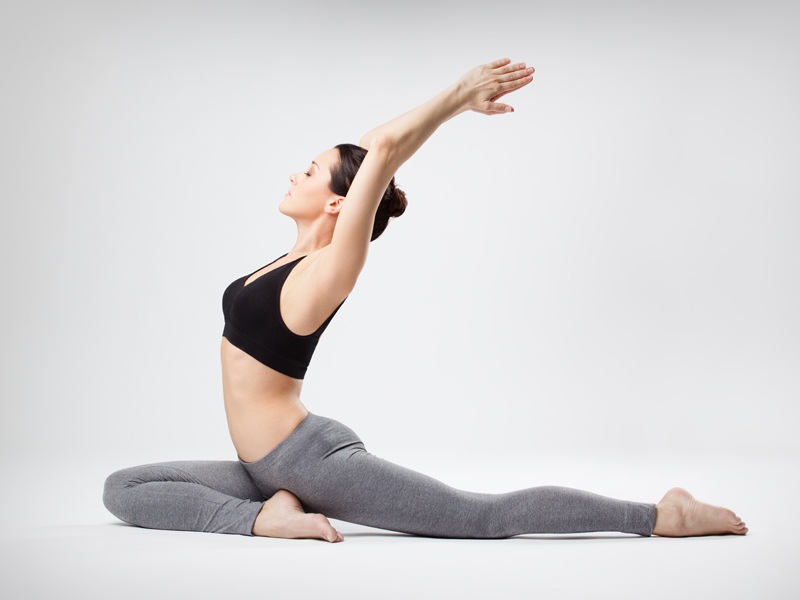
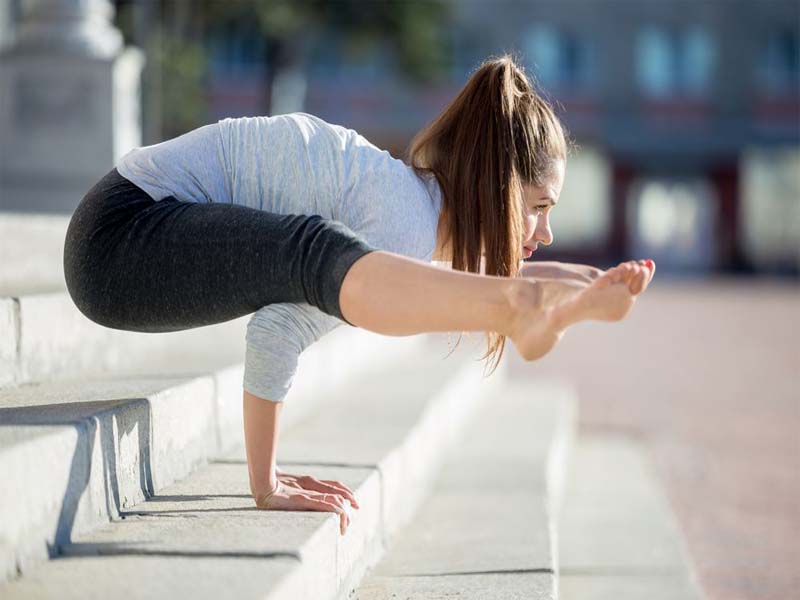
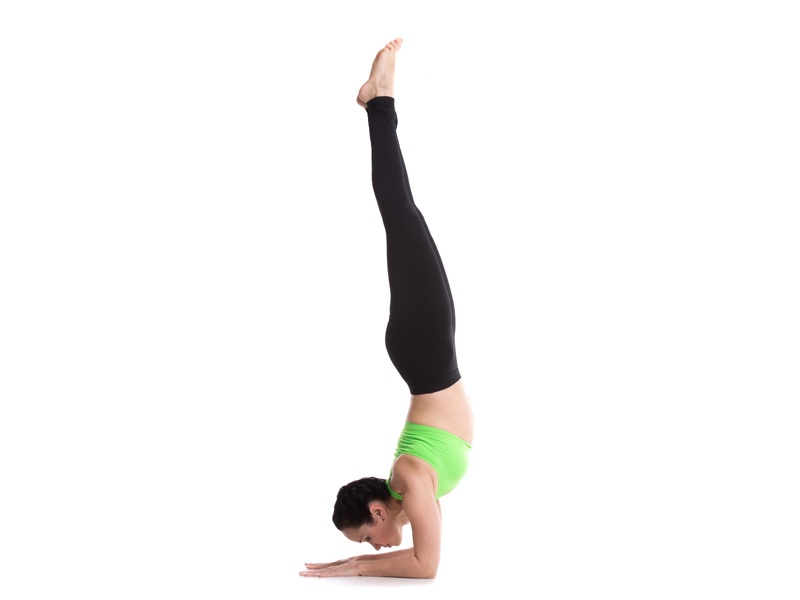
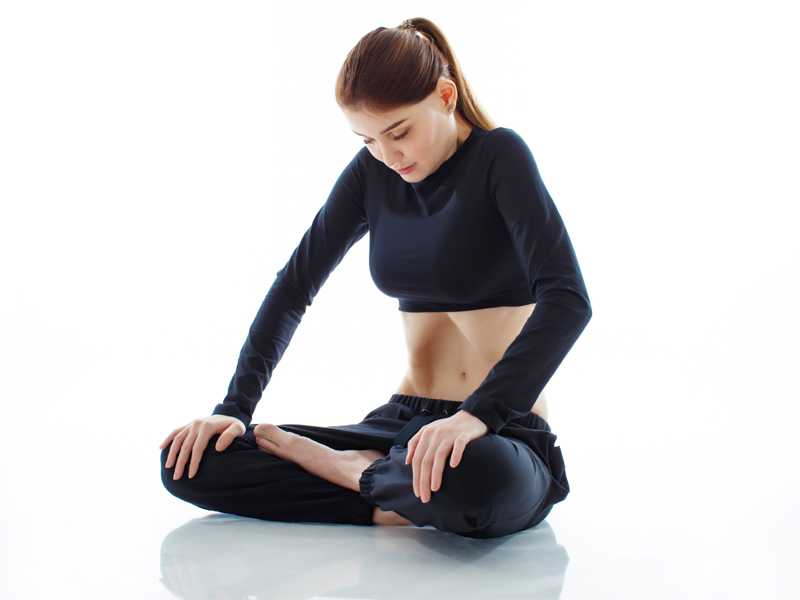
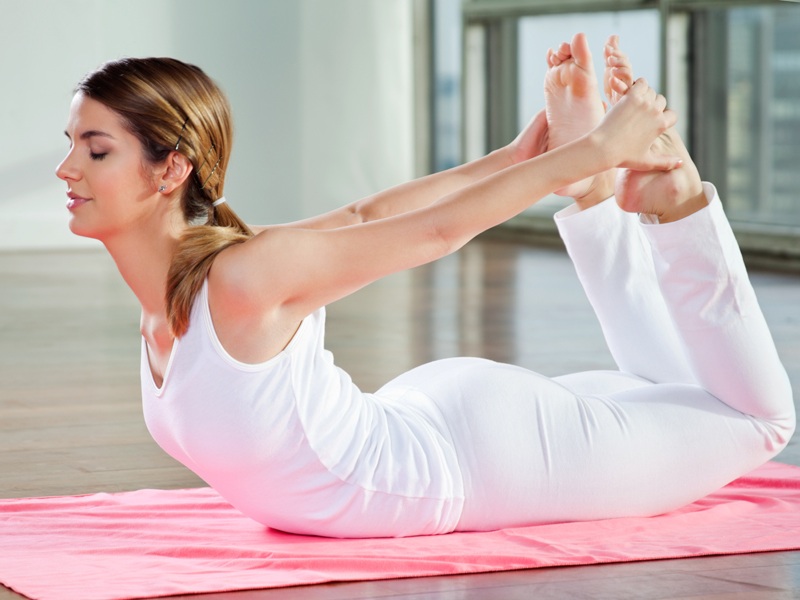
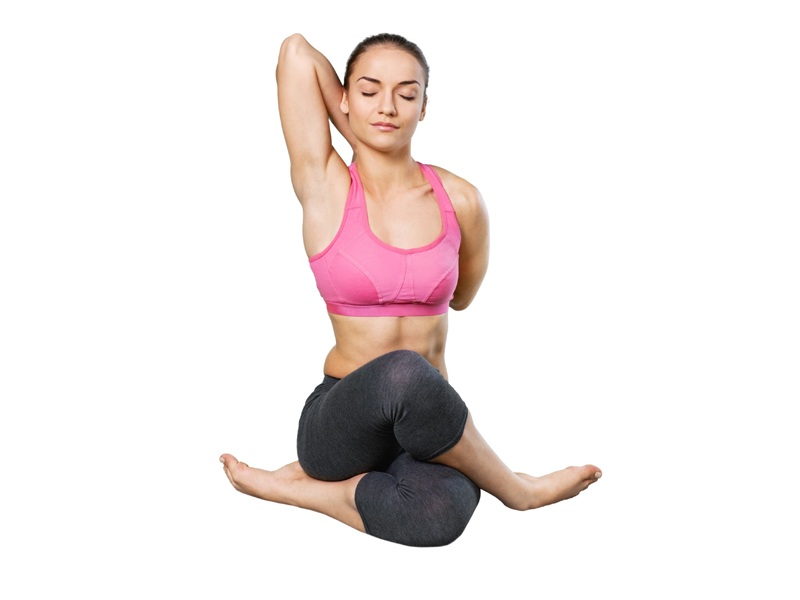
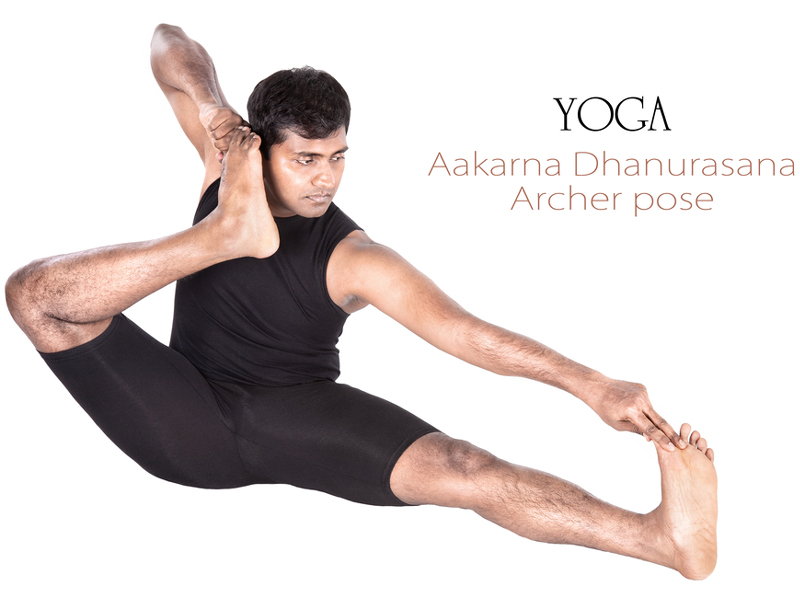
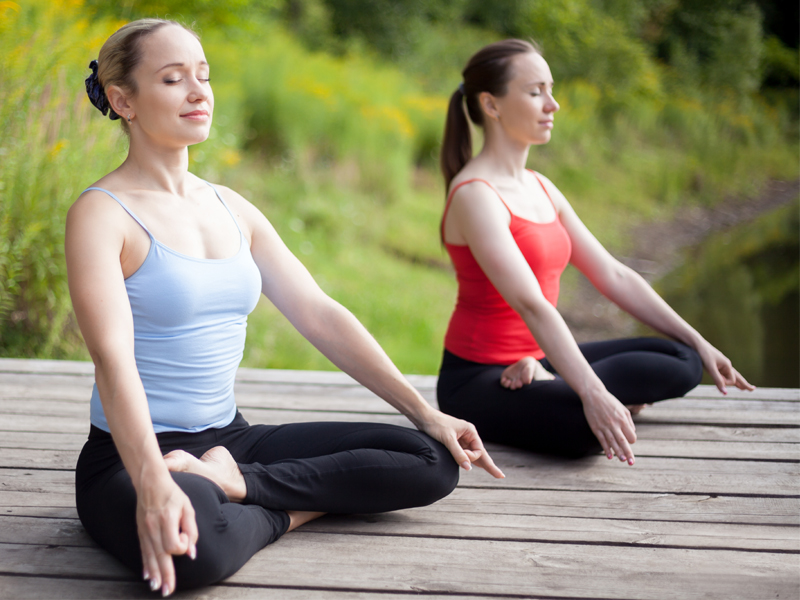
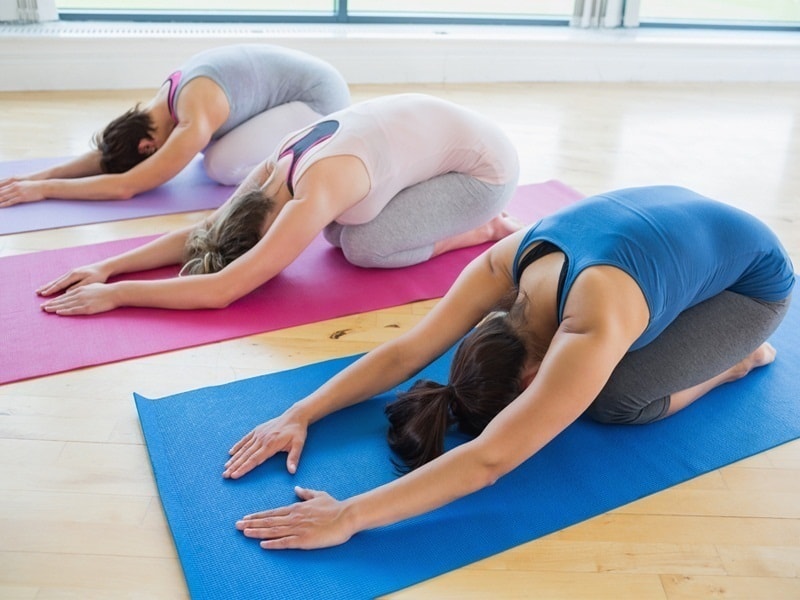
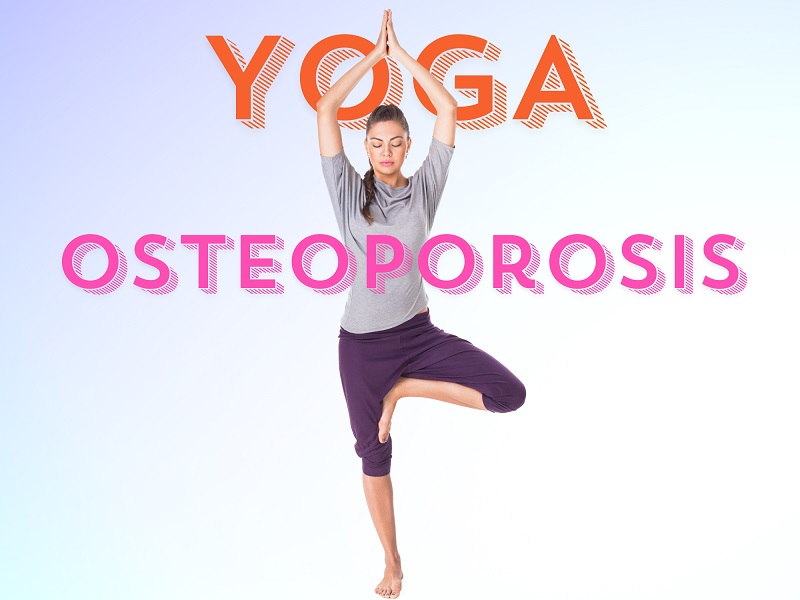
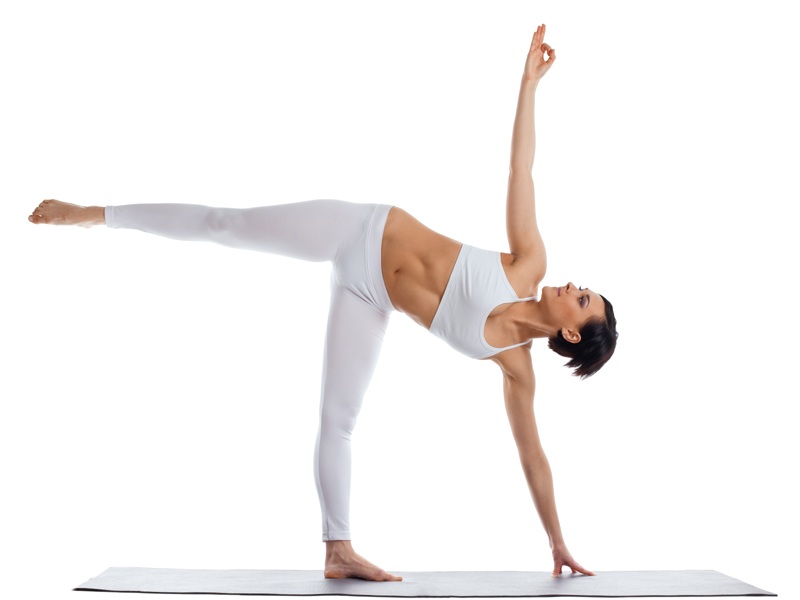
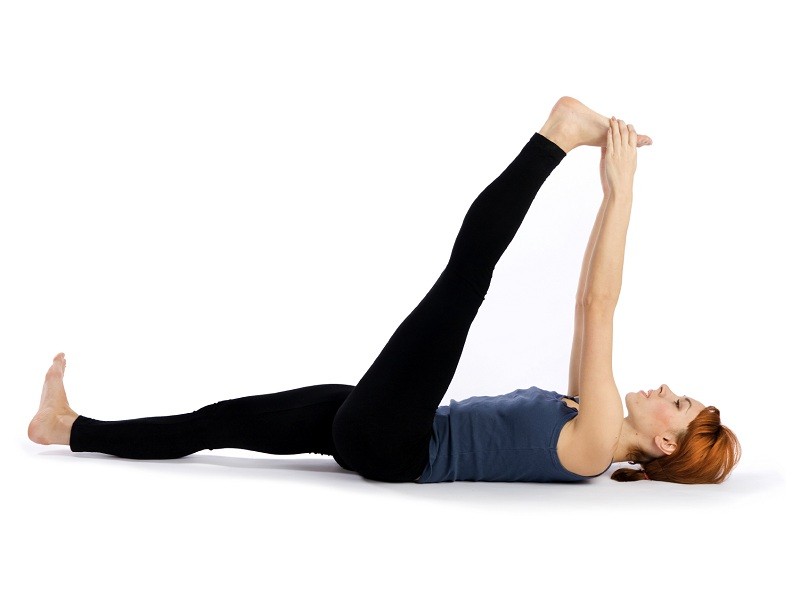
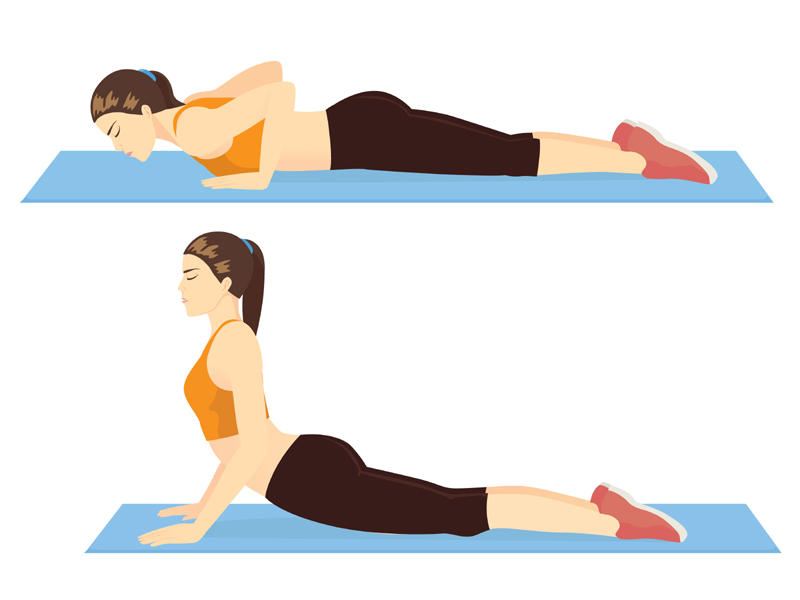
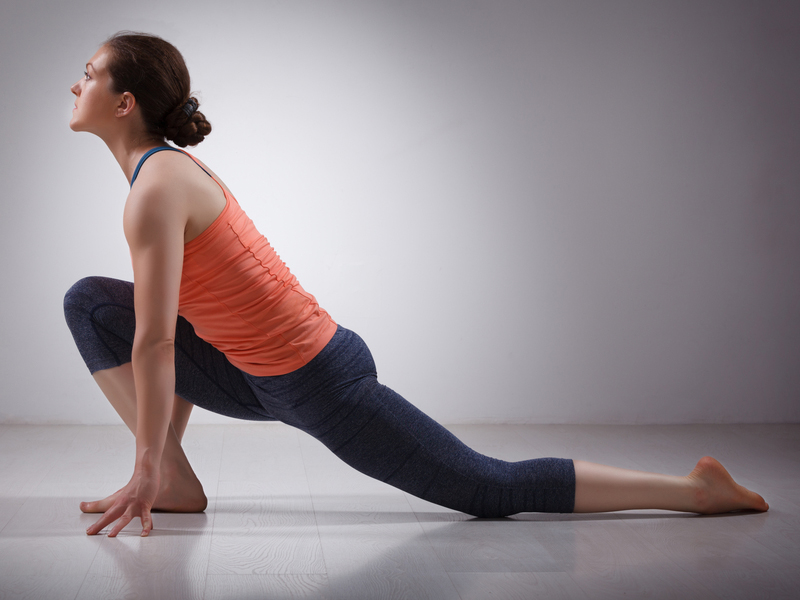
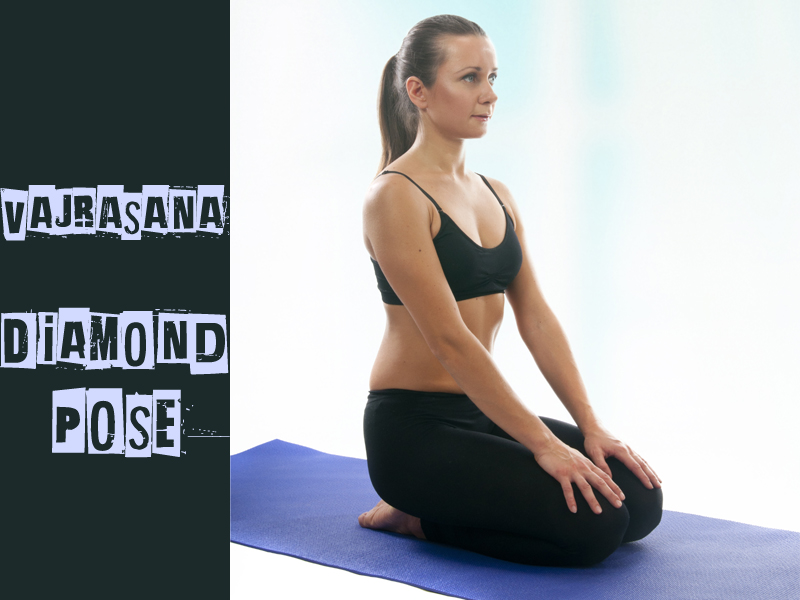

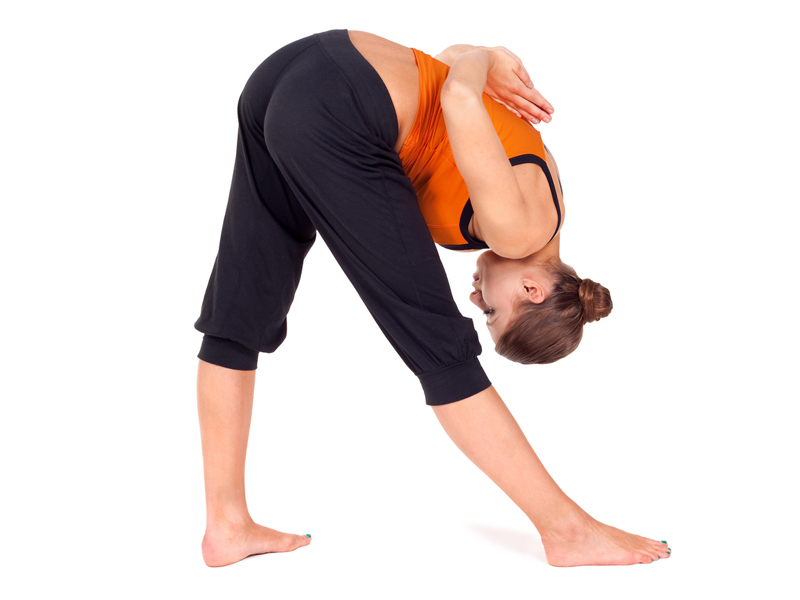
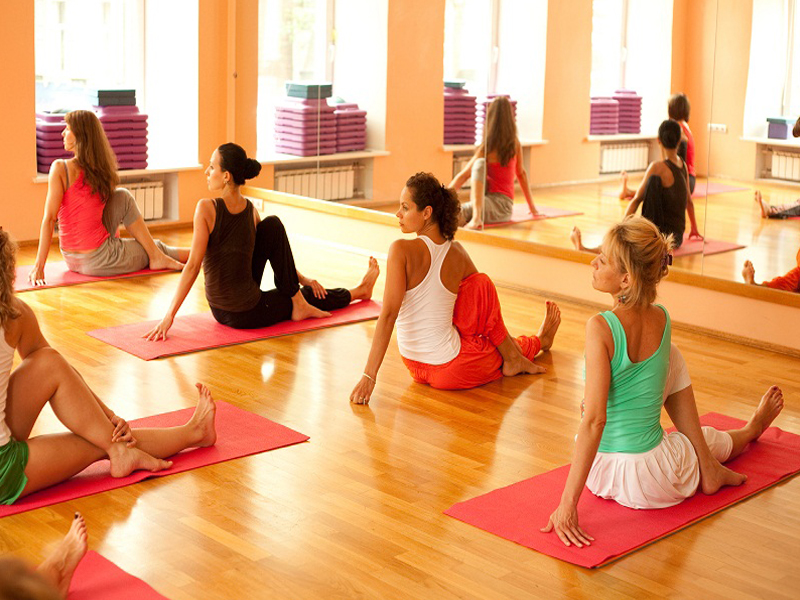
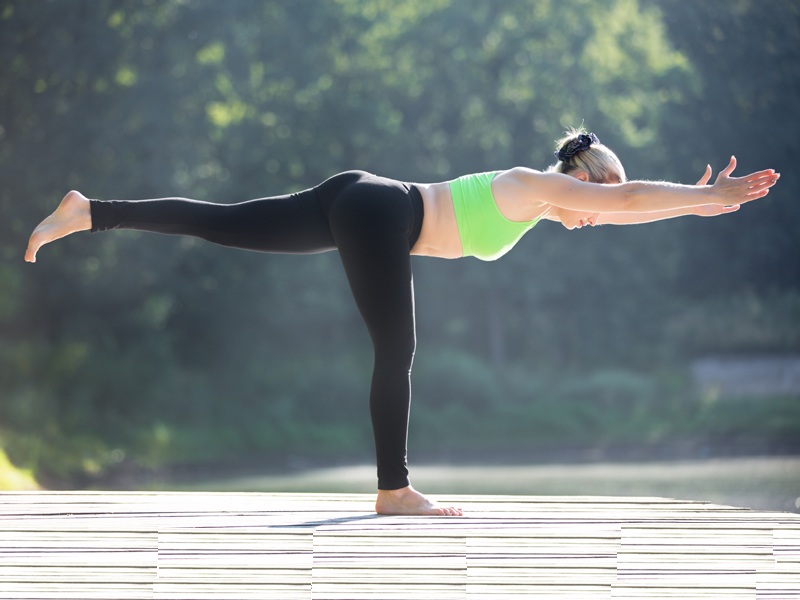
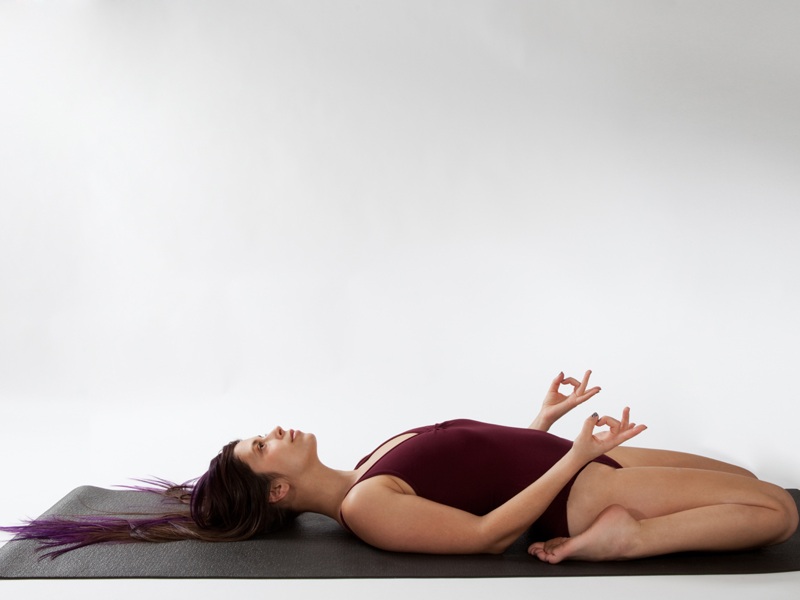
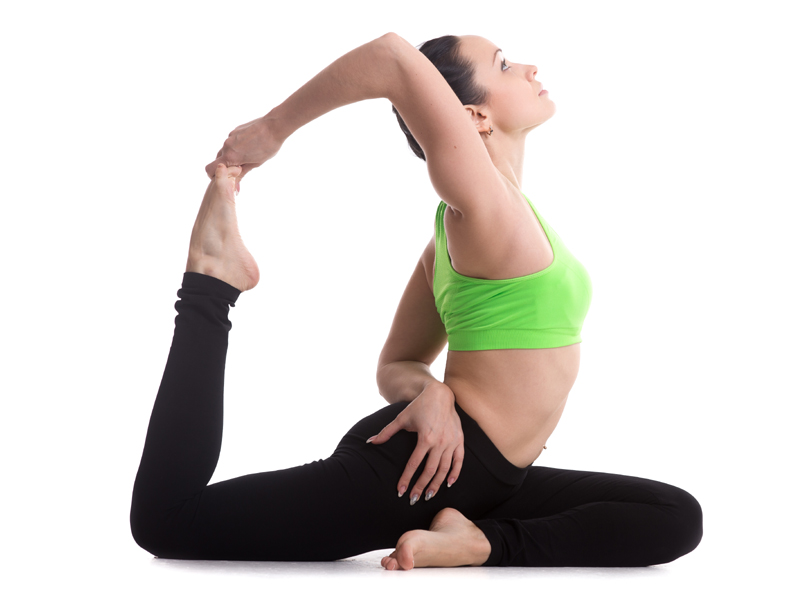
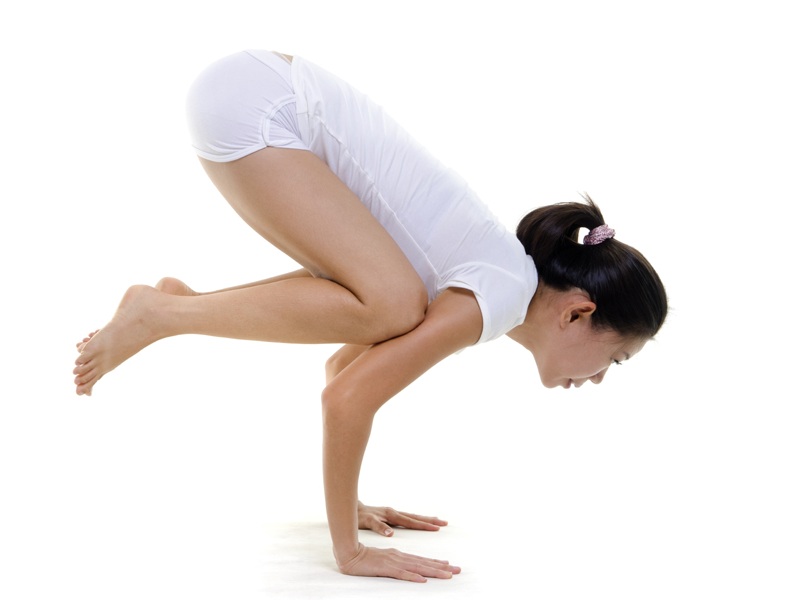
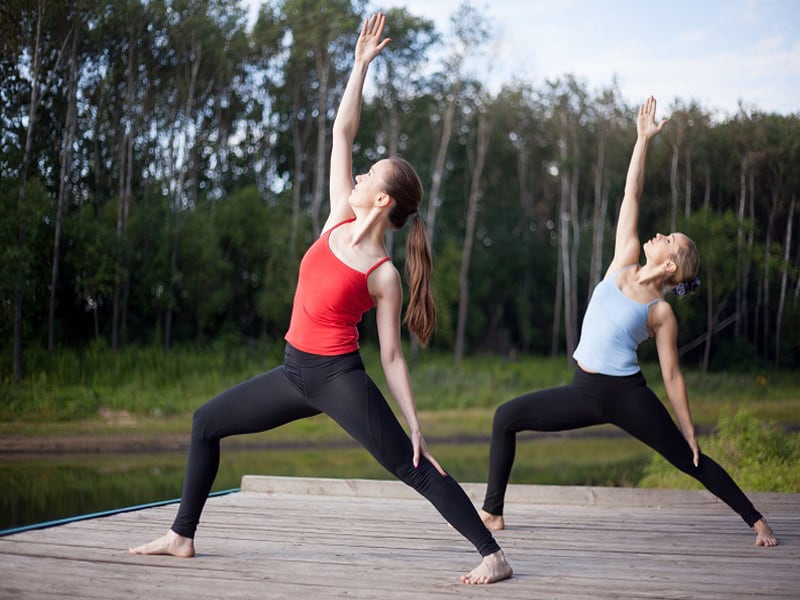

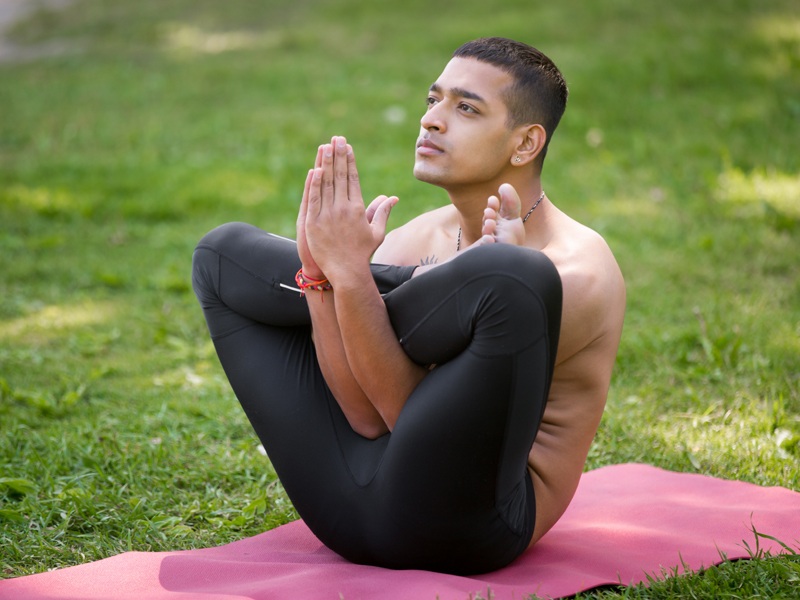
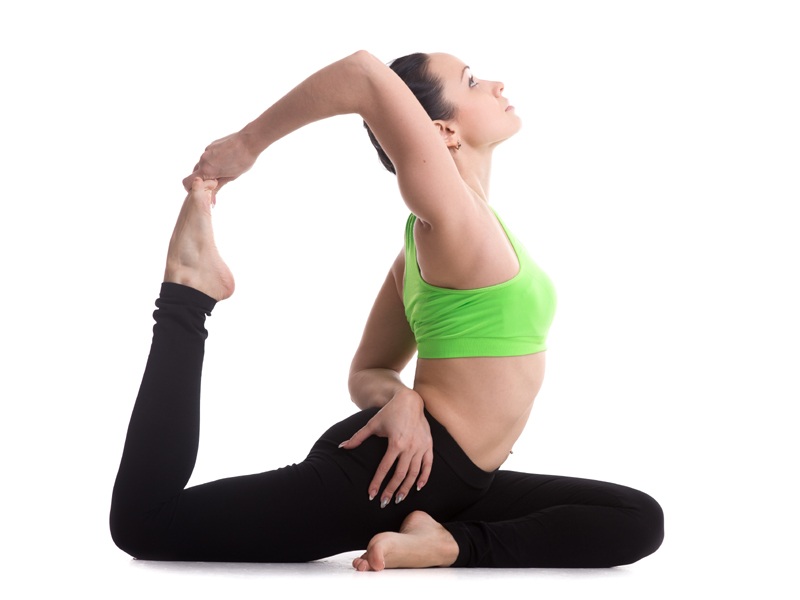
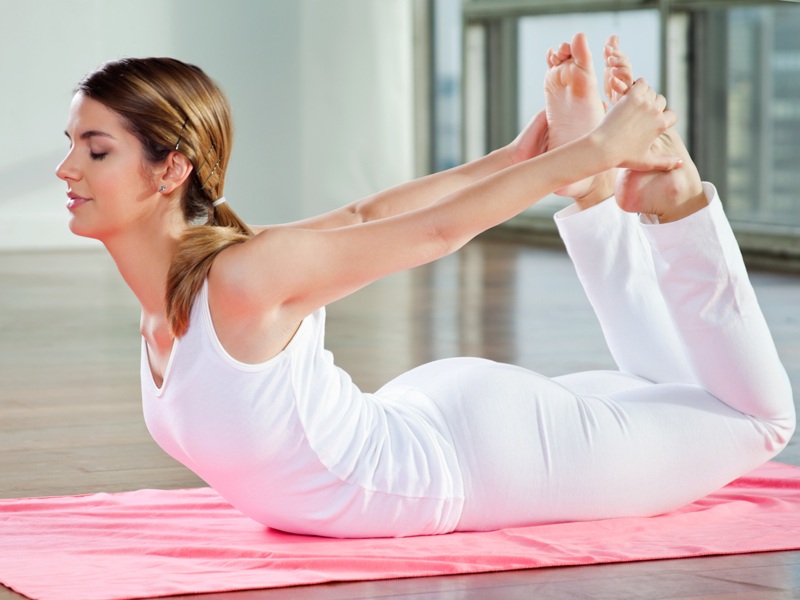
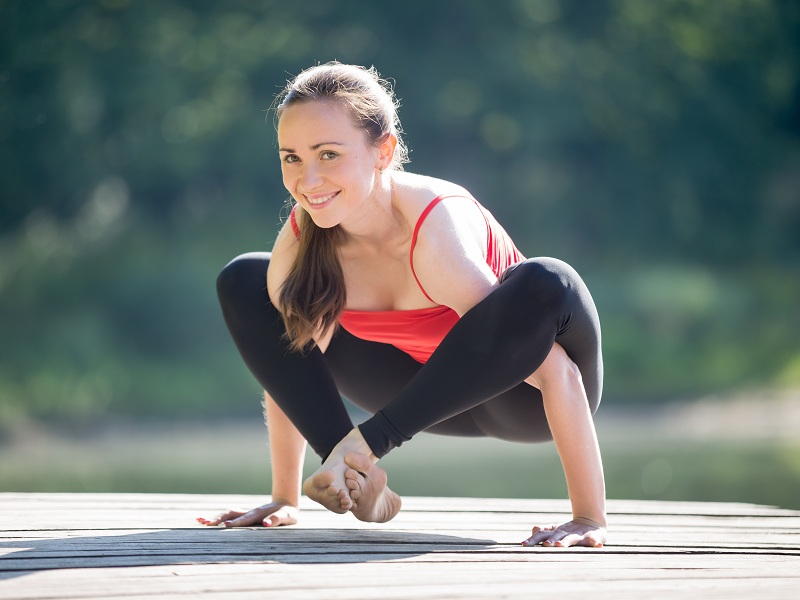
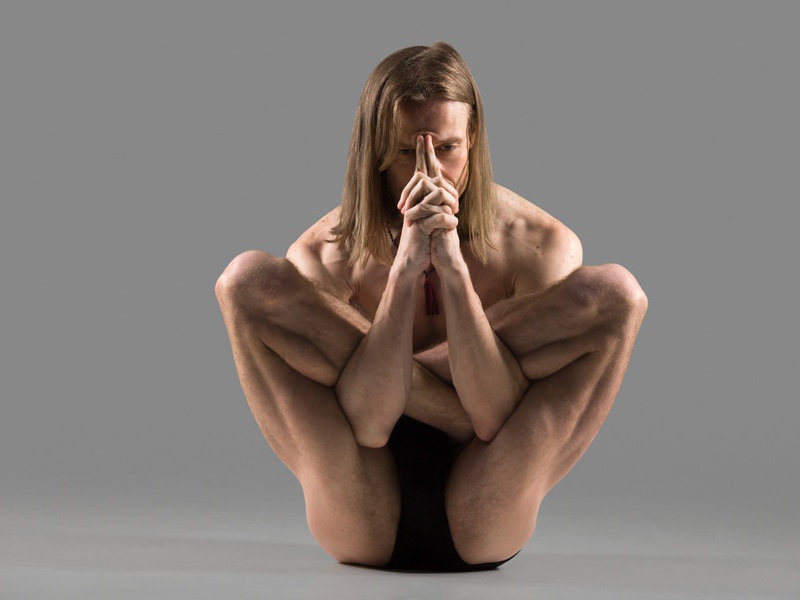
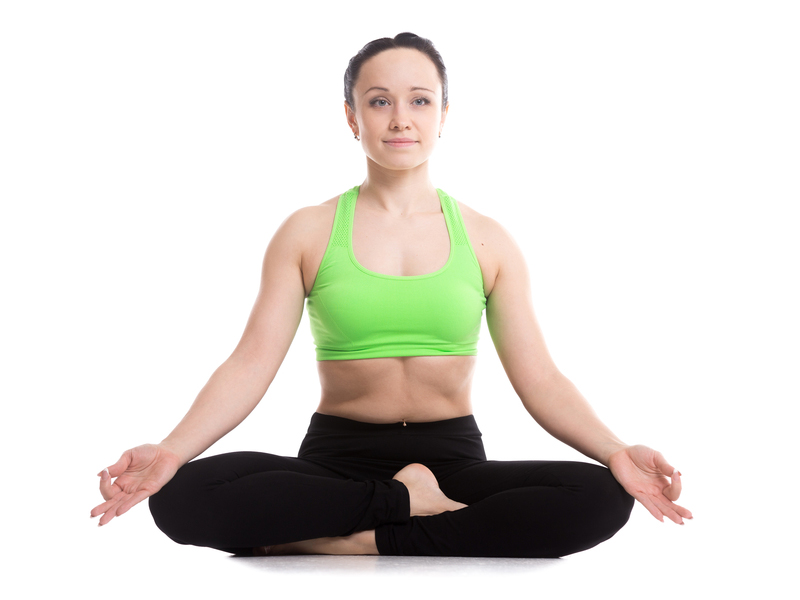
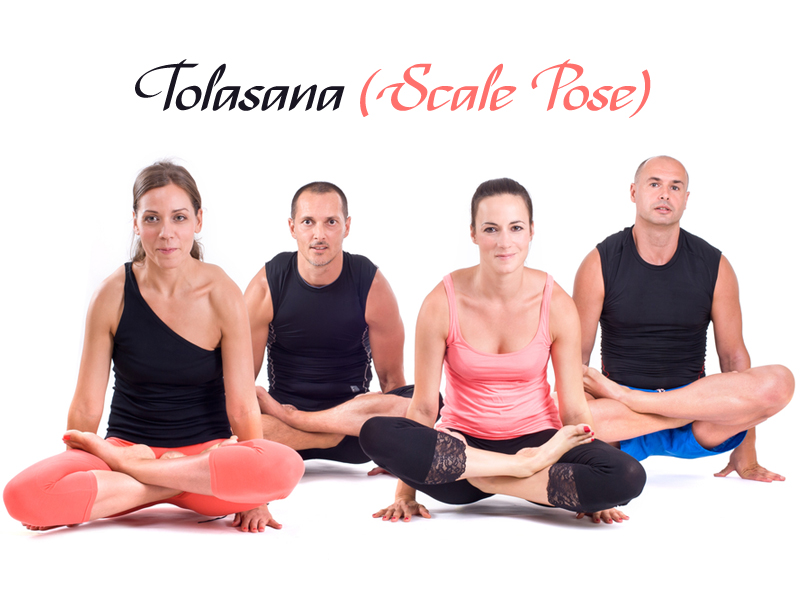
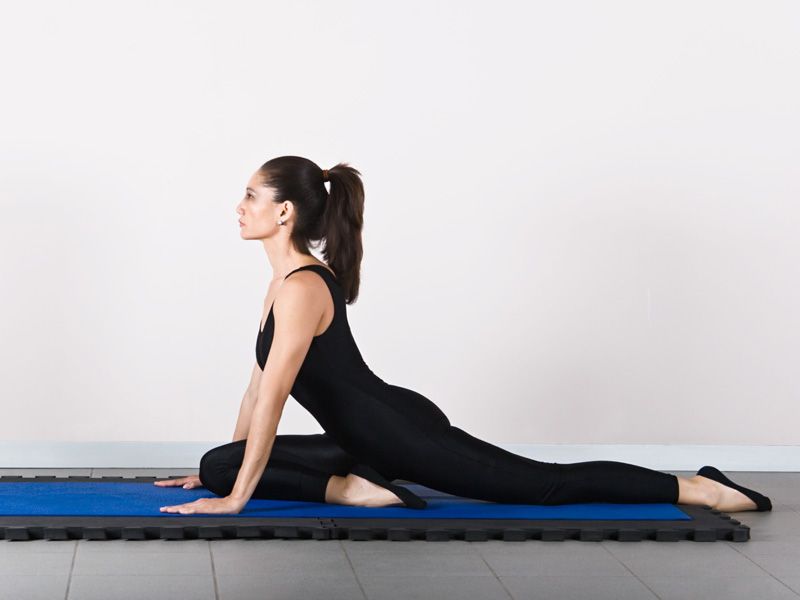
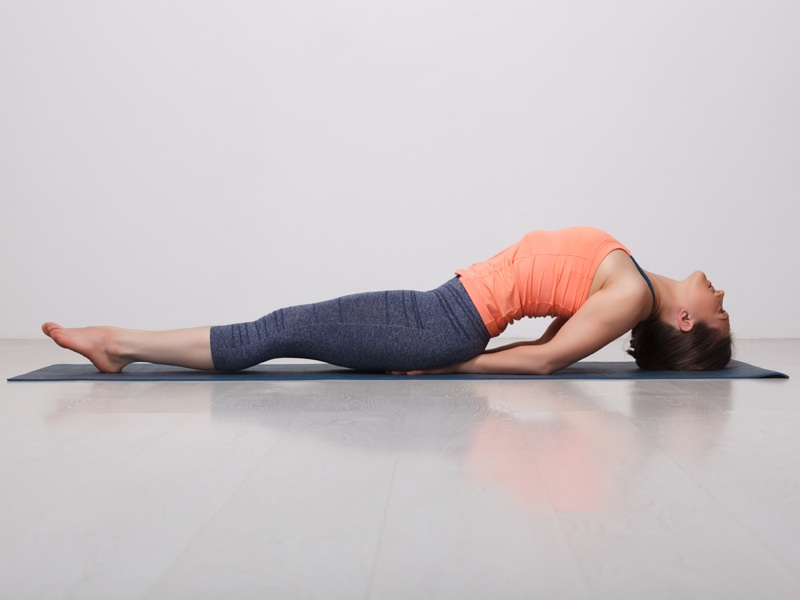
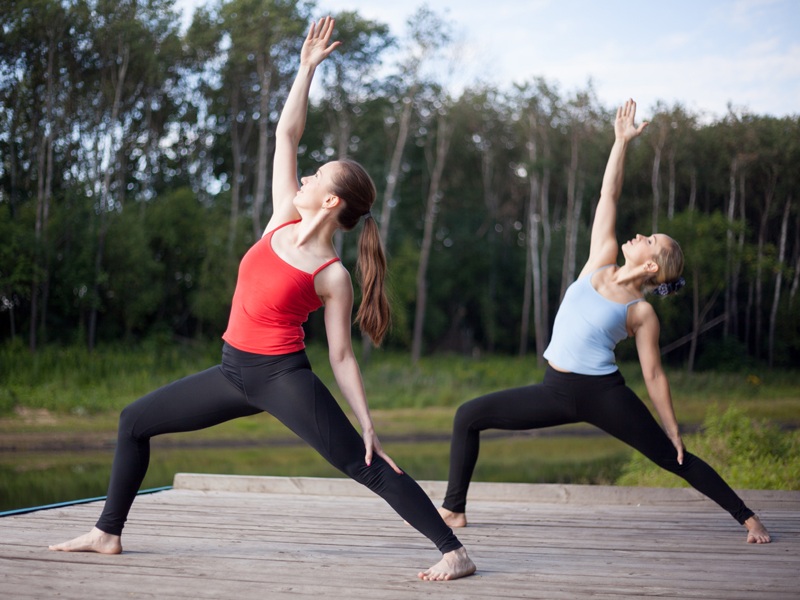
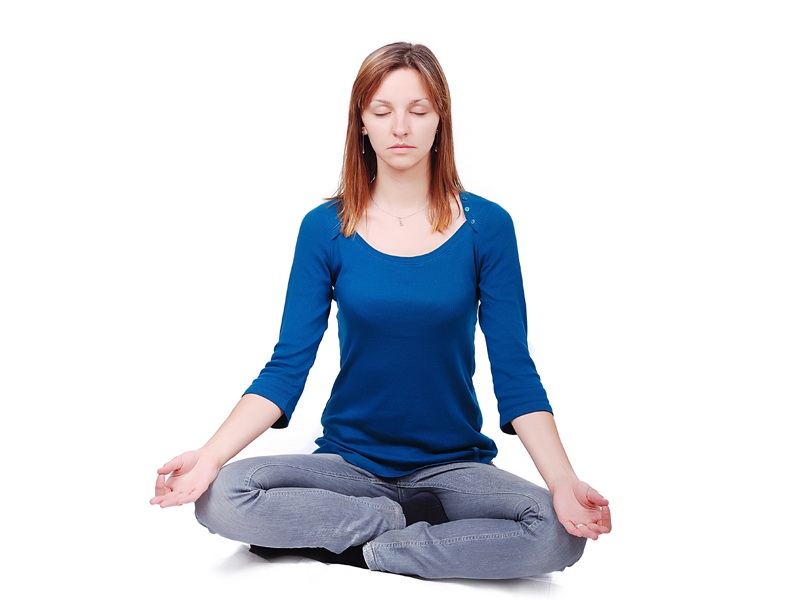
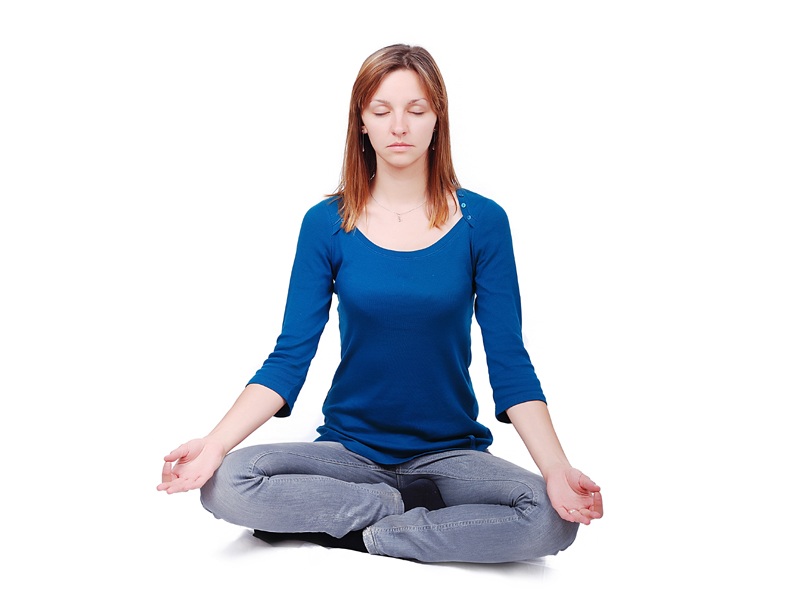
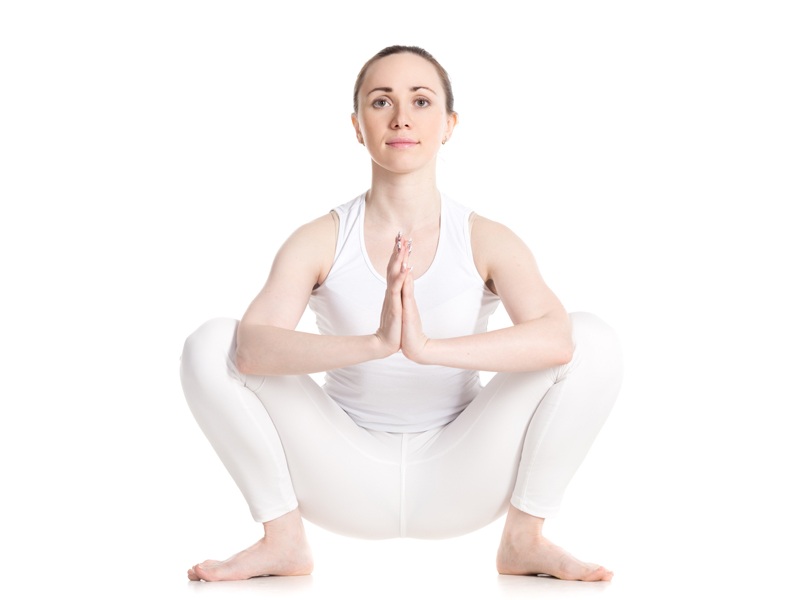
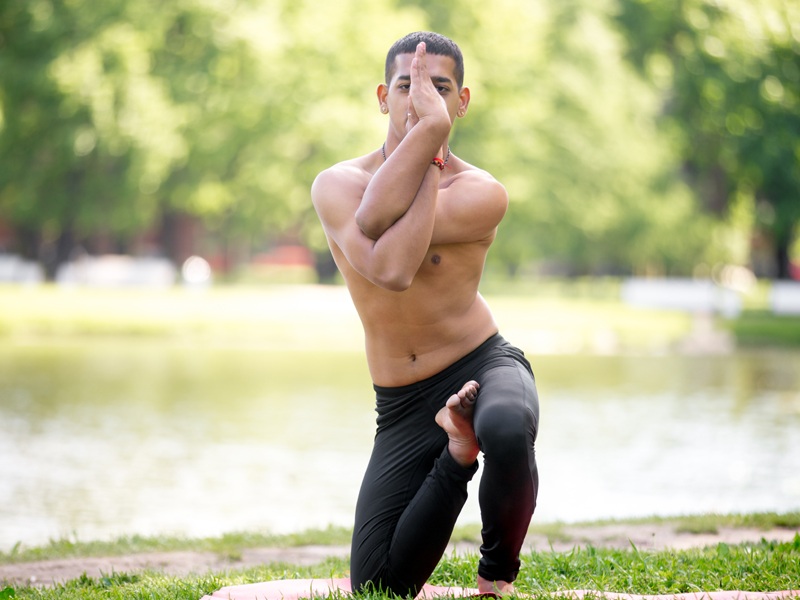
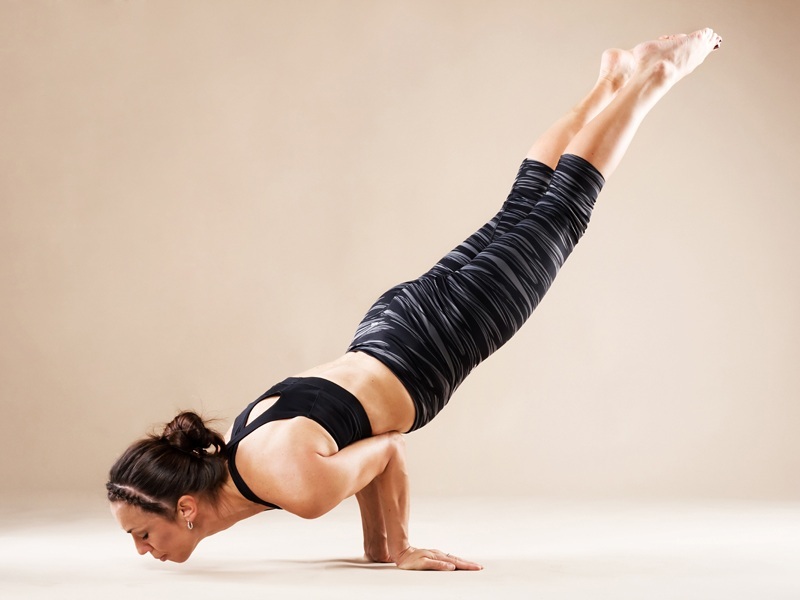
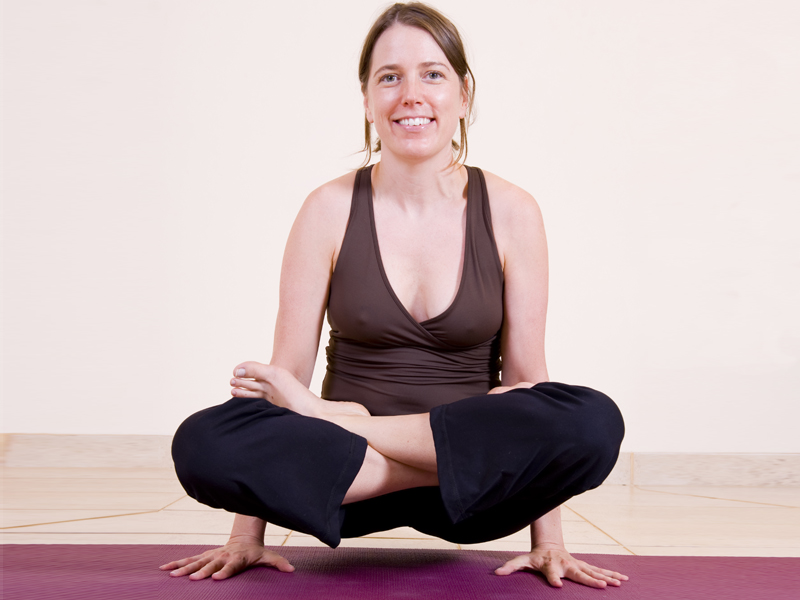
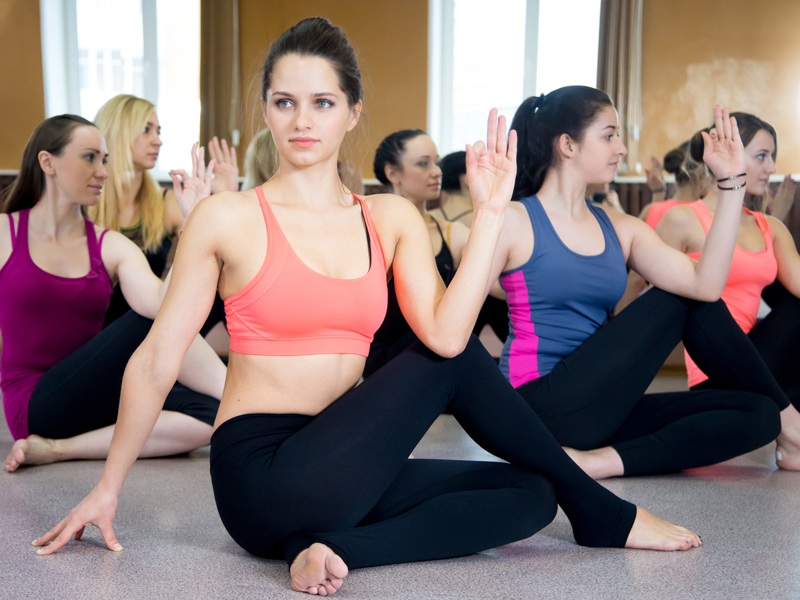
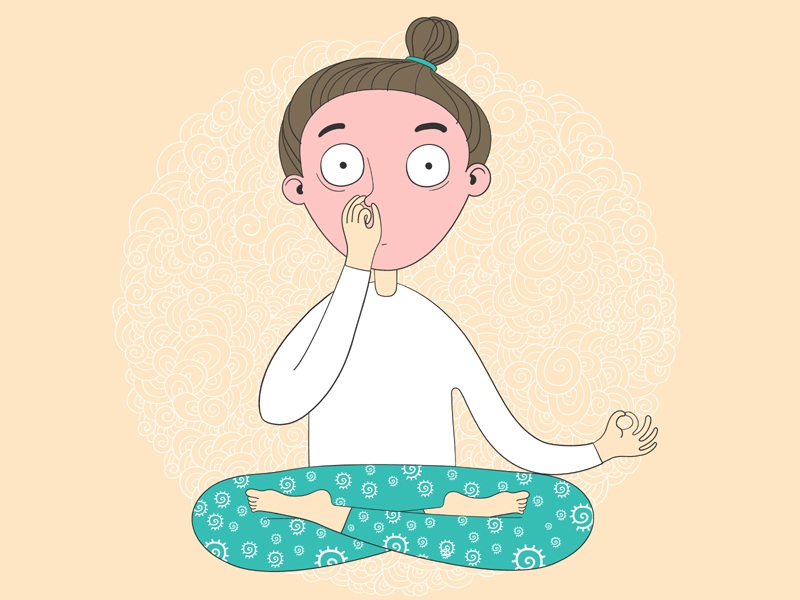
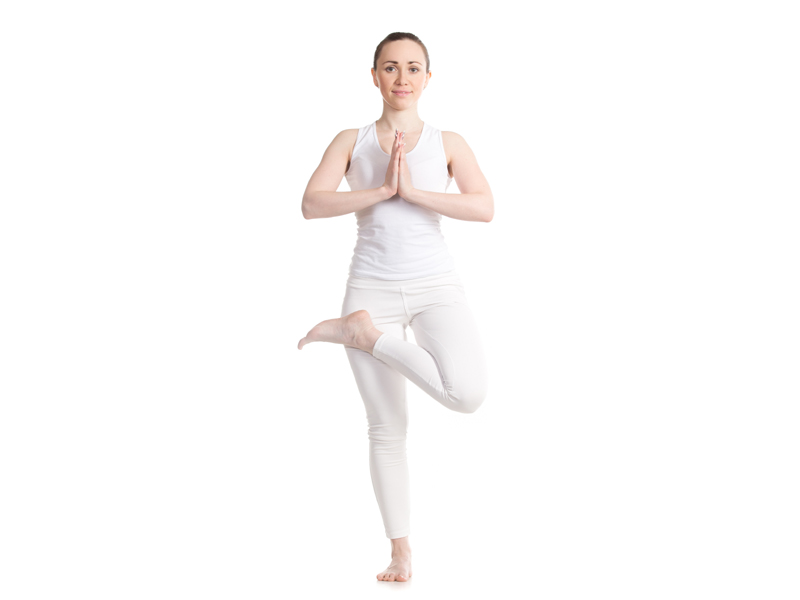
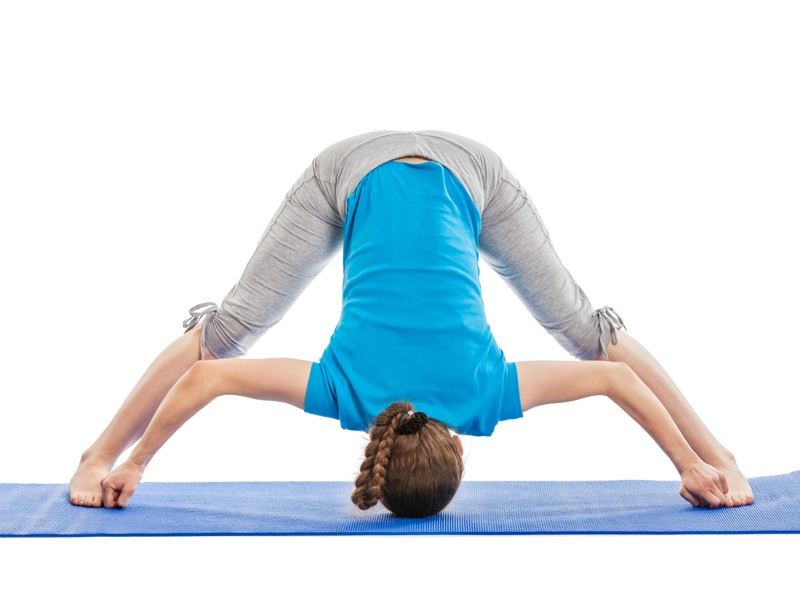
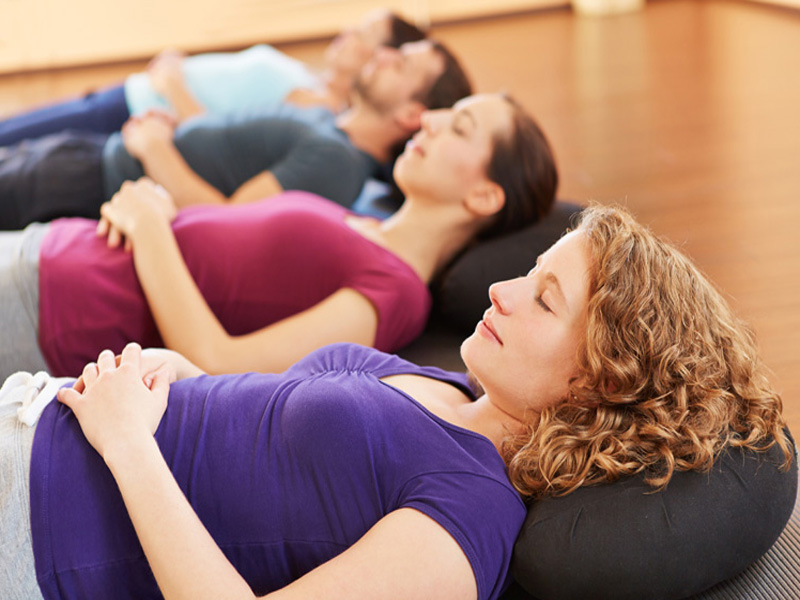
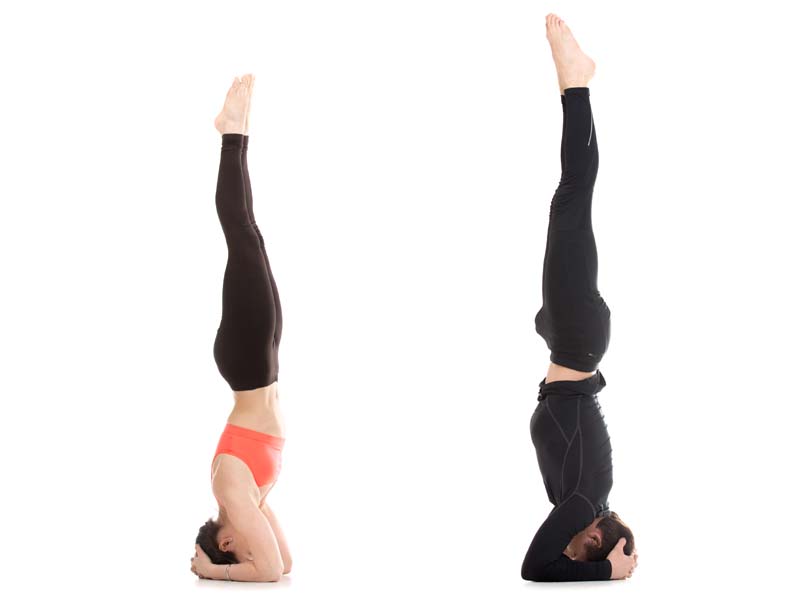
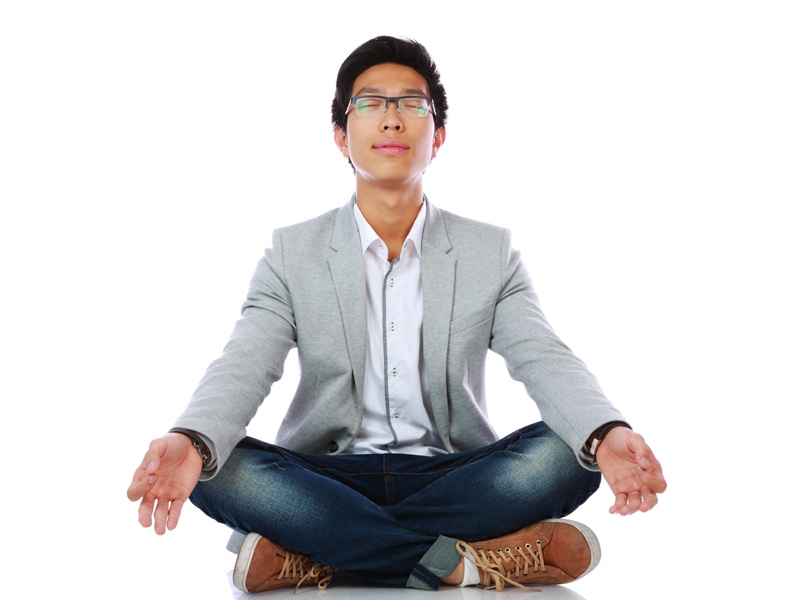
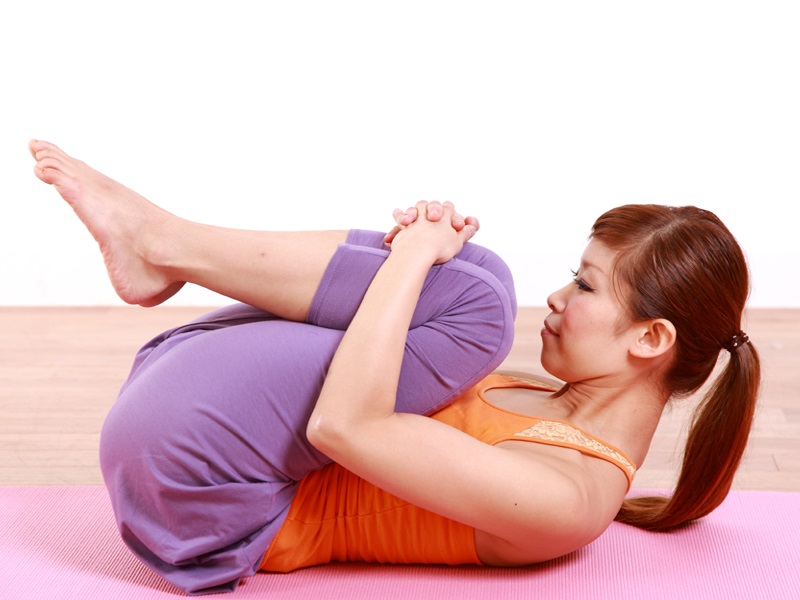
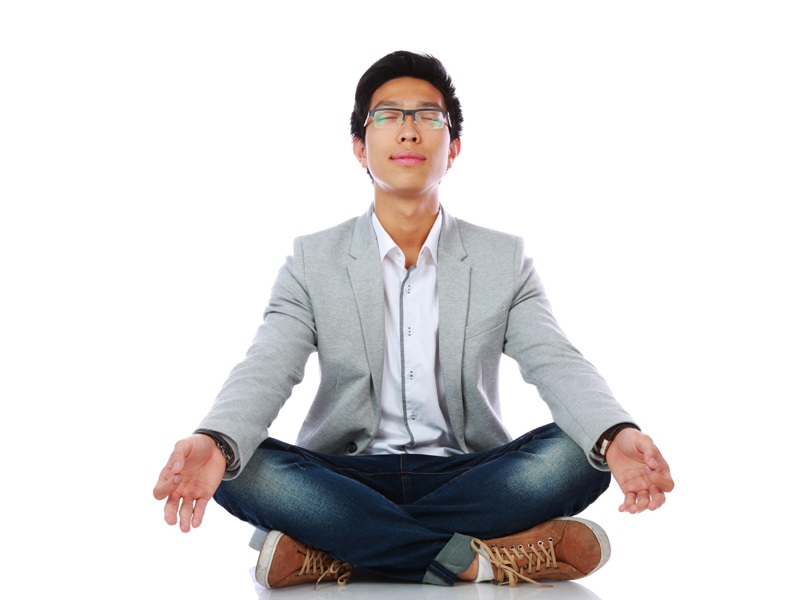
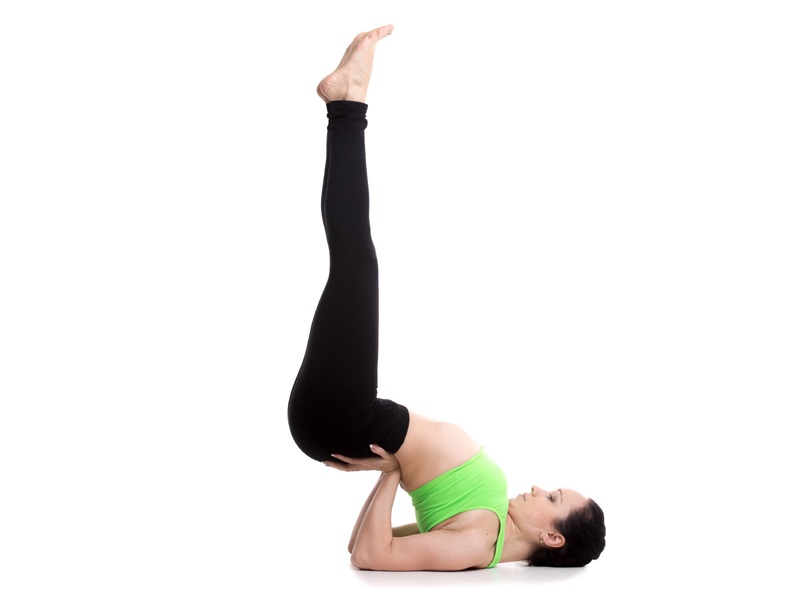

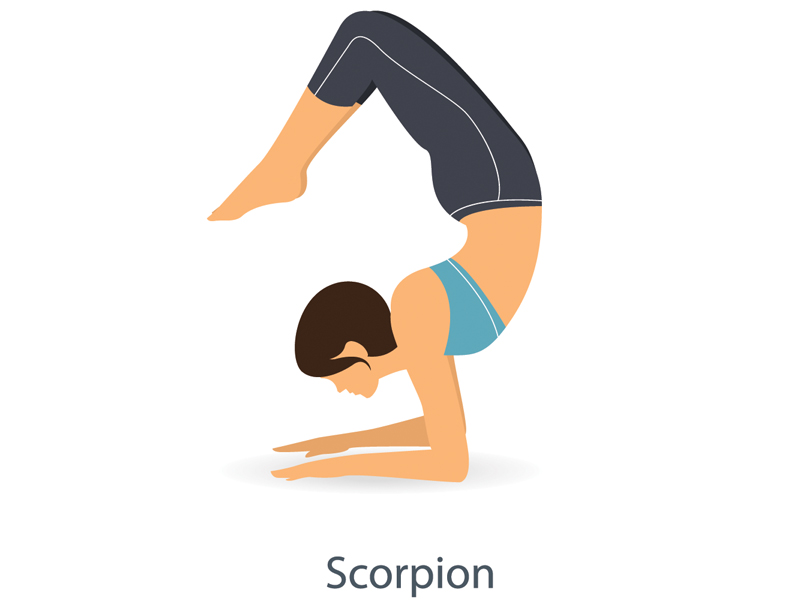
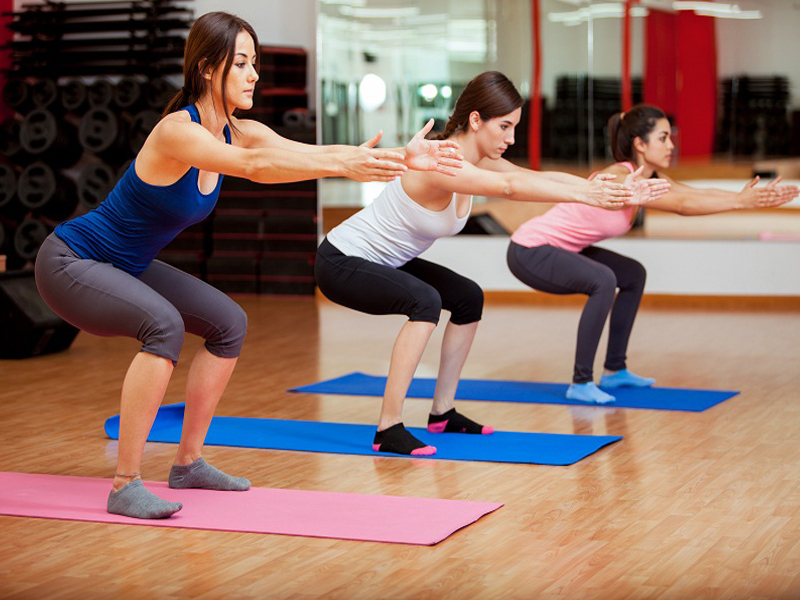
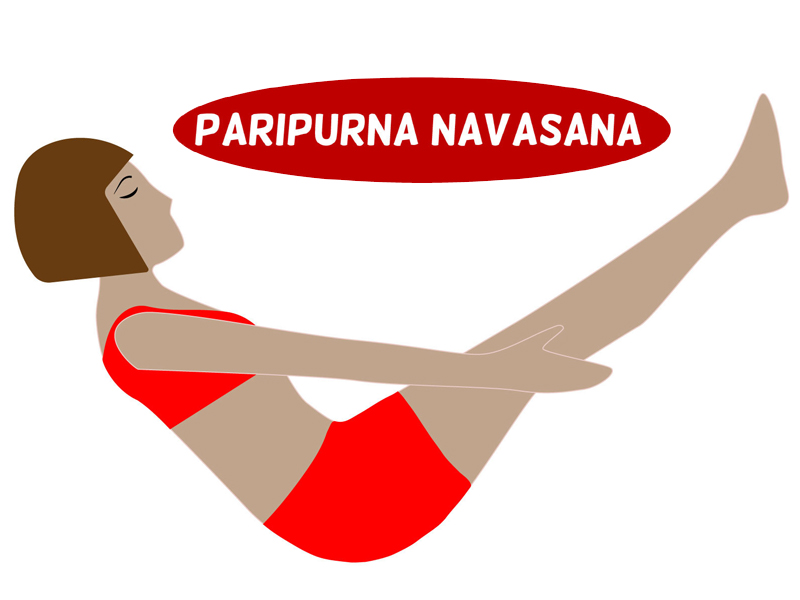
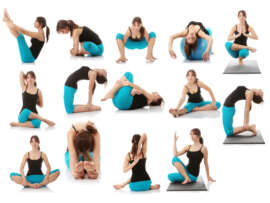
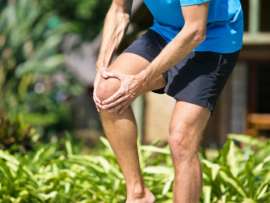
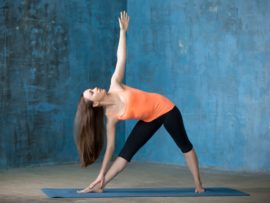
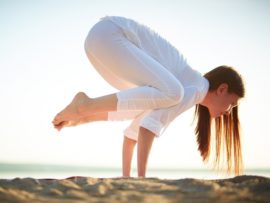
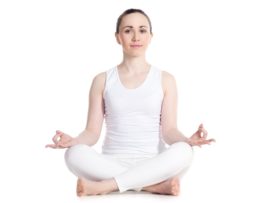
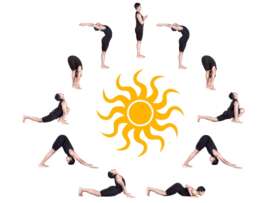






Floranet
Stunning Writing!! Keep up the good work.